088. Aloe Nobillis Variegated ( Appendix II – Special Permit Needed* )
Special permits are needed. It depends on the destination country. You should ask your quarantine office. We don’t do refunds for any returned, destroyed, or delayed packages because of customs issues in your country.
Shipping from Lembang, West Bandung, West Java, Indonesia
Pot diameter 8 cm
Pot height 7 cm
Package weight include pot and media 350 gram
Package weight without pot and media 80 gram
Click Add to cart to shop directly from this website or text us through contact detail above
——-
Izin khusus dibutuhkan. Tergantung dari permintaan negara tujuan. Anda harus bertanya ke kantor karantina di negara Anda. Kami tidak melakukan refund paket yang diretur, ditahan atau dihancurkan karena permasalahan customs di negara Anda.
Pengiriman dari Lembang, Bandung Barat, Jawa Barat, Indonesia
Diameter pot 8 cm
Tinggi pot 7 cm
Berat paket dengan pot dan media 350 gram
Berat paket tanpa pot dan media 80 gram
Klik Add to cart untuk langsung order melalui website atau kontak detail di atas
Rp100,000
Introduction
The Aloe Nobilis Variegata, also known as the Tiger Aloe, is a variegated succulent prized for its distinctive striped leaves. This aloe is a cultivar of the species Aloe nobilis, which is indigenous to South Africa. While the normal Aloe nobilis has green leaves, the Aloe Nobilis Variegata has leaves streaked with white variegation, giving it a striped or tiger-like appearance.
The variegated leaves are the signature feature of this aloe variety. The leaves emerge with white spots and stripes which tend to fade to cream or pale green as the plant matures. The variegated bands run horizontally across the succulent green leaves. This unique foliage patterning makes the Aloe Nobilis Variegata a sought-after collector’s plant. It adds visual interest and contrast to succulent gardens and arrangements.
Aloe nobilis varieties have been cultivated since the 1600s, but the variegated cultivar is a more recent development. The striking variegation is thought to have occurred as a random genetic mutation. The Aloe Nobilis Variegata was first commercially propagated and sold in the mid 20th century. It remains popular with succulent enthusiasts and collectors who appreciate its distinctive striped foliage. When grown in optimal conditions, the Aloe Nobilis Variegata forms a medium-sized succulent clump or shrubby plant with the eye-catching tiger stripes that make it so prized.
Physical Description
The Aloe nobilis variegata is a small, evergreen succulent that is distinguished by its colorfully variegated leaves. It has a compact, clump-forming habit and typically reaches heights of 8-12 inches (20-30 cm) and spreads 12-18 inches (30-45 cm) wide.
The leaves of the Aloe nobilis variegata are the most striking feature. The leaves emerge light green but quickly develop white variegation, taking on a marbled or striped appearance of white and green. The leaves are broadly lance-shaped with toothed margins. They grow in dense rosettes, up to around 8 inches (20 cm) long and 2 inches (5 cm) wide.
During the summer months, the Aloe nobilis variegata sends up slender branched stalks bearing tubular flowers in shades of orange, pink or red. The inflorescences can reach up to 20 inches (50 cm) tall.
Overall, the Aloe nobilis variegata is a petite and attractive succulent, making it a popular choice for containers and rock gardens where its colorful foliage can be admired up close. The variegated leaves add unique interest and contrast compared to the solid green leaves of the regular Aloe nobilis species.
Ideal Growing Conditions
The Aloe nobilis ‘Variegata’ requires specific growing conditions to thrive. Here are its ideal needs:
Light
Aloe nobilis ‘Variegata’ thrives in full sun and tolerates partial shade. It grows best with 6-8 hours of direct sunlight per day. Too much shade will cause the leaves to stretch toward the light and result in less variegation on the leaves.
Water
These succulents prefer infrequent but deep watering. The soil should be allowed to completely dry out between thorough waterings. Take care not to overwater, as it can cause rot. Water deeply until it runs from the drainage holes at the bottom of the pot.
Soil
Well-draining soil is essential. Use a cactus potting mix or make your own gritty succulent soil blend with equal parts potting soil, coarse sand, perlite or pumice. The soil needs to dry out quickly between waterings to prevent rot.
Temperature
Aloe nobilis ‘Variegata’ does best in warm temperatures between 70-80°F. It can tolerate dips to 50°F at night. Avoid freezing temperatures. Bring potted plants indoors if temperatures drop below 50°F.
Care and Maintenance
Watering
The Aloe Nobillis Variegated requires minimal watering. Allow the soil to completely dry out between waterings. Water less frequently during the winter months when growth slows. Provide just enough water so that the soil is barely moist. Take care not to overwater, as soggy soil can lead to root rot.
Fertilizing
Fertilize the Aloe Nobillis Variegated in the spring and summer using a balanced liquid fertilizer diluted by half. Fertilize monthly during the active growing season. Discontinue fertilizing in the fall and winter months.
Pruning
Prune off any dead, damaged, or diseased leaves as needed to keep the plant looking tidy. Pruning helps direct the plant’s energy into new growth. Avoid removing more than 1/3 of the leaves at any one time to prevent stressing the plant. The leaves can also be trimmed to remove brown dried tips.
Repotting
Repot the Aloe Nobillis Variegated every 2-3 years in the spring. Move it into a slightly larger pot with fresh potting mix, ideally a cactus or succulent blend. Carefully remove it from the old pot and loosen any tightly packed roots before repotting to encourage new growth. Select a pot with drainage holes and use well-draining soil.
Pest/Disease Prevention
Aloe Nobillis Variegated is susceptible to mealybugs and scale insects. Check regularly for signs of pests on the leaves and stems. Remove them with a cotton swab dipped in alcohol. Ensure the plant has adequate sunlight and ventilation. Water appropriately to prevent fungal diseases.
Propagation
Aloe nobilis variegata can be easily propagated from offsets, seeds, or leaves.
Propagating from Offsets
The easiest way to propagate aloe nobilis variegata is by removing and replanting offsets – the small plantlets that grow out around the base of the main plant. Carefully separate offsets with a sharp, sterile knife. Allow offsets to dry out for a few days before planting in well-draining soil. Young offsets may take a few weeks to establish roots before actively growing.
Propagating from Seeds
Allow an aloe nobilis variegata flower stalk to develop seed pods. Collect seeds once pods crack open and sow immediately in a sandy, well-draining soil mix. Gently press seeds into the soil surface and keep warm (70-80°F). Seeds can take 2-3 weeks to germinate. Thin seedlings once the 2nd set of true leaves appear. Grow on at 65-75°F with bright, indirect light.
Propagating from Leaves
Select a healthy, mature leaf and carefully cut near the base of the plant. Allow the cut end to callous over for a few days. Place the leaf cut side down in sandy soil, pressing the base just below the surface. New plantlets should emerge in a few weeks. Keep soil slightly moist while new plants establish. Once plantlets have 2-3 leaves, cut the leaf apart to separate and transplant into individual pots.
Uses
The Aloe nobilis variegated has a variety of uses beyond just being an attractive houseplant. Here are some of the main ways this aloe is utilized:
Medicinal
-
The gel inside the leaves has soothing, cooling properties that can provide relief when applied topically to minor burns, sunburns, and skin irritations. The gel contains active compounds like aloin and aloe-emodin that have analgesic and anti-inflammatory effects.
-
Traditionally, the gel has been used to treat constipation and digestive issues when ingested. However, ingesting aloe gel has not been approved for internal use and can cause adverse effects in some people.
-
Research indicates the gel may have antimicrobial and antioxidant properties that could help fight infections and promote healing. However, more studies are needed to confirm medicinal effectiveness and safety.
Ornamental
-
With its eye-catching variegated leaves, this aloe plant makes a beautiful, unique houseplant. The leaves have white speckles and striations against a blue-green background.
-
It works well as a decorative element in living spaces, offices, event venues, and more. The vibrant colors and succulent form provide visual interest.
-
This aloe can be incorporated into succulent gardens and mixed planters. It pairs nicely with other succulents and cacti.
Culinary
-
The gel from aloe leaves can be incorporated into various food and beverage items, such as smoothies, drinks, sauces, jellies, and desserts. It adds a mild flavor and smooth texture.
-
When preparing aloe gel for consumption, it’s important to remove the latex sap just under the outer skin, as this can cause adverse effects if ingested. Only use inner fillet gel.
-
Aloe gel provides a healthy dose of antioxidants, vitamins, and minerals. However, more research is needed on the bioavailability of these nutrients when consumed.
-
While some promote aloe gel for internal use, it’s recommended to consult a healthcare provider before ingesting it, especially for people with certain medical conditions or who take medications. Medicinal effectiveness and safety have not been conclusively established.
Companion Plantings
Aloe nobilis variegata looks beautiful when paired with certain plants that complement its form and colors. Here are some of the best companion plants for this variegated aloe:
-
Succulents like echeveria and sedum: The red edges of the aloe leaves pair nicely with the colors of other succulents. Group a few echeveria ‘Perle von Nurnberg’ or sedum ‘Angelina’ around the aloe for a nice contrast.
-
Small perennials and groundcovers: Low-growing perennials like dianthus, thyme, and verbena make great companions that won’t obscure the aloe. They add year-round interest at the front of the container.
-
Ornamental grasses: Try pairing the aloe with fine-textured grasses like blue fescue or pennisetum. These help highlight the aloe’s form while adding movement.
-
Annuals for seasonal color: For a pop of color, add annuals like petunias, pansies, or calendula around the outer edges of the pot. Just be sure they get enough sun and don’t overtake the aloe.
Grouping aloe nobilis variegata with other plants that appreciate hot, dry conditions results in an easy care, visually appealing combination. Stick with a desert theme by including agave, yucca, rock rose, and other succulents for harmony.
Cultivars
There are a few cultivars and hybrids of Aloe nobilis worth mentioning:
-
Aloe ‘Hercules’ – A hybrid between A. nobilis and A. dichotoma that grows larger rosettes up to 5 feet wide. It has light green leaves with small white spots and teeth along the margins.
-
Aloe ‘Starburst’ – Another A. nobilis hybrid that forms a compact rosette of leaves with bold white variegation. The leaves are wider and more triangular.
-
Aloe ‘Striata’ – This cultivar has thin white lines running horizontally across the leaves rather than spotted variegation. The leaf margins are lined with small white teeth.
-
Aloe ‘Maskerade’ – A hybrid with A. speciosa that has interesting curved leaves with bold white markings resembling masks or eye sockets.
There are also a few unnamed variegated cultivars of A. nobilis in circulation among collectors and specialty nurseries. Some have leaves edged in white while others have splotchy white spotting. The variegation patterns can vary even among pups of the same plant.
FAQs
What are the ideal growing conditions for Aloe Nobillis Variegated?
The Aloe Nobillis Variegated thrives in warm temperatures between 55-80°F and prefers lots of bright, direct sunlight. It’s best suited for USDA hardiness zones 9-11. This succulent does well in dry conditions and requires very little watering. Allow the soil to completely dry out between waterings.
How do I propagate Aloe Nobillis Variegated?
Propagating Aloe Nobillis Variegated is easy! You can use offsets, divisions or leaf cuttings. Simply remove an offset or pup from the parent plant and allow the cut to callous over before replanting in well-draining soil. For leaf cuttings, cut a few inches off the end of a healthy leaf and place cut-side down in soil. New plants will sprout along the cut edges.
What are some common problems with Aloe Nobillis Variegated?
Overwatering is the most common issue. Signs include brown, mushy leaves and rotting from the base. Allow soil to dry completely between waterings. Insufficient sunlight can also cause leggy growth. Place in a sunny window or under a grow light. Pests like mealybugs and mites may occur but can be treated with horticultural oils or insecticidal soap.
How do I get my Aloe Nobillis Variegated to bloom?
Getting Aloe Nobillis Variegated to flower takes patience! This plant typically blooms in late winter or early spring after several years of growth. Mature plants over 3 years old are more likely to bloom. Provide optimal sunlight, limit water during winter, and allow temps to drop at night to induce flowering. Deadheading spent blooms may encourage reblooming.
What are some companion plants that grow well with Aloe Nobillis Variegated?
Some great companion plants include other drought-tolerant succulents like echeveria, jade plant, and haworthia. Herbs like thyme, oregano and rosemary also pair nicely and have similar watering needs. Be sure any companion plants get plenty of sunlight too.
Shipment
Our Works
TERMS AND CONDITIONS :
- Before being shipped, plants will undergo a drying process to prevent decay during the shipping journey. The duration of drying for shipments within Indonesia is 24-48 hours, while for international shipments, it may take up to 30 days (to prepare the plants and process export documents).
- Our packaging standard for shipments involves using sturdy cardboard boxes. The boxes will be perforated for plant air circulation and will not be fully sealed to avoid decay. Succulents will be wrapped in paper or tissue and will be provided with extra protection for certain plant types. For international shipments, there is no additional fee for the issuance of a Phyto Certificate if sent via DHL.
- The succulents you receive may differ from the product photos. The product photos we display are for illustration purposes only. The shape, flowers, and size of succulents may vary slightly (larger or smaller), although the ones we send are the same as those seen in the product photos.
- For international shipments, we cannot guarantee that the plants you order will arrive in good condition at your address due to different customs regulations in each country. This may result in longer delivery times. Please check your customs regulations before placing an order.
- For international orders, the minimum order is Rp. 2,500,000 / USD 166. Minimum order for orders within Indonesia is Rp 100,000 / USD 6.
- By deciding to make a purchase, you indicate your understanding of all customs regulations. Please add notes in the order notes column if you have specific instructions for your order. And provide guidance on what is required by your quarantine procedures.
- For international orders, we require your import permit to process the Phyto Certificate application with the Ministry of Agriculture and Quarantine Agency. If you do not have an import permit, we cannot process your Phyto Certificate application. However, if your country does not require an import permit for receiving plant shipments, please attach an official link explaining this rule from your country. Also, provide clear instructions on ADDITIONAL DECLARATION and TREATMENT in your Phyto Certificate.
- We cannot control customs actions. Therefore, we are not responsible for any unilateral decisions by customs that may occasionally lead to the detention or return of your package, even if we have completed it with official documents from the required Indonesian quarantine office as needed by customs officers in your country. NO REFUNDS. Updated : January 30, 2024.
———
SYARAT DAN KETENTUAN :
- Sebelum dikirim, tanaman akan dilakukan proses penjemuran terlebih dahulu agar tidak membusuk selama perjalanan pengiriman. Lamanya penjemuran untuk pengiriman Indonesia adalah 24-48 jam, sementara untuk pengiriman internasional memerlukan waktu hingga 30 hari (untuk menyiapkan tanaman serta memproses dokumen ekspor).
- Standar pengemasan kami untuk pengiriman menggunakan kardus karton yang keras. Kardus akan dilubangi untuk sirkulasi udara tanaman dan tidak akan dilakban penuh karena untuk menghindari busuk. Sukulen dibungkus dengan kertas atau tisu dan akan diberikan perlindungan ekstra untuk jenis tanaman tertentu. Untuk pengiriman internasional tidak dikenakan biaya tambahan untuk pembuatan Sertifikat Phyto jika mengirim dengan DHL.
- Sukulen yang Anda terima mungkin berbeda dengan foto produk. Foto produk yang kami tampilkan hanya sebagai contoh. Bentuk sukulen, bunga, dan ukuran sukulen mungkin sedikit berbeda (lebih besar atau lebih kecil), meskipun yang kami kirim adalah sukulen yang sama dengan yang terlihat dalam foto produk.
- Untuk pengiriman internasional, kami tidak dapat memberikan jaminan bahwa tanaman yang Anda pesan akan tiba dalam kondisi baik di alamat Anda karena setiap negara memiliki aturan pabean yang berbeda. Hal ini dapat menyebabkan waktu pengiriman yang lebih lama. Mohon cek aturan pabean Anda sebelum melakukan pemesanan.
- Untuk pesanan internasional, minimal order Rp. 2.500.000 / USD 166. Pesanan Indonesia minimal order Rp 100.000 / USD 6.
- Dengan memutuskan untuk membeli, berarti Anda telah memahami semua aturan pabean. Mohon tambahkan catatan di kolom catatan pesanan jika Anda memiliki instruksi khusus pada pesanan Anda. Dan berikan panduan tentang apa yang diinginkan oleh karantina Anda.
- Untuk pesanan internasional, kami memerlukan izin impor Anda untuk memproses pengajuan Sertifikat Phyto ke Kementerian Pertanian dan Balai Karantina. Jika Anda tidak memiliki izin impor, kami tidak dapat memproses pengajuan Sertifikat Phyto Anda. Tetapi jika negara Anda tidak memerlukan izin impor untuk menerima kiriman tanaman, mohon lampirkan tautan resmi yang menjelaskan aturan tersebut dari negara Anda. Jangan lupa memberikan instruksi yang jelas tentang ADDITIONAL DECLARATION dan TREATMENT dalam Sertifikat Phyto Anda.
- Kami tidak dapat mengontrol tindakan bea cukai. Oleh karena itu, kami tidak bertanggung jawab atas keputusan sepihak bea cukai yang kadang-kadang terjadi, yang dapat menyebabkan penahanan atau pengembalian paket Anda, meskipun kami telah melengkapi dengan dokumen resmi dari kantor karantina Indonesia yang diperlukan oleh petugas bea cukai di negara Anda. TIDAK ADA PENGEMBALIAN UANG. Diperbaharui : 30 Januari 2024.
———
| Weight | N/A |
|---|---|
| Dimensions | 1 × 1 × 1 cm |
| Include Pot and Media or Without Pot and Media | Include Pot and Media, Without Pot and Media |

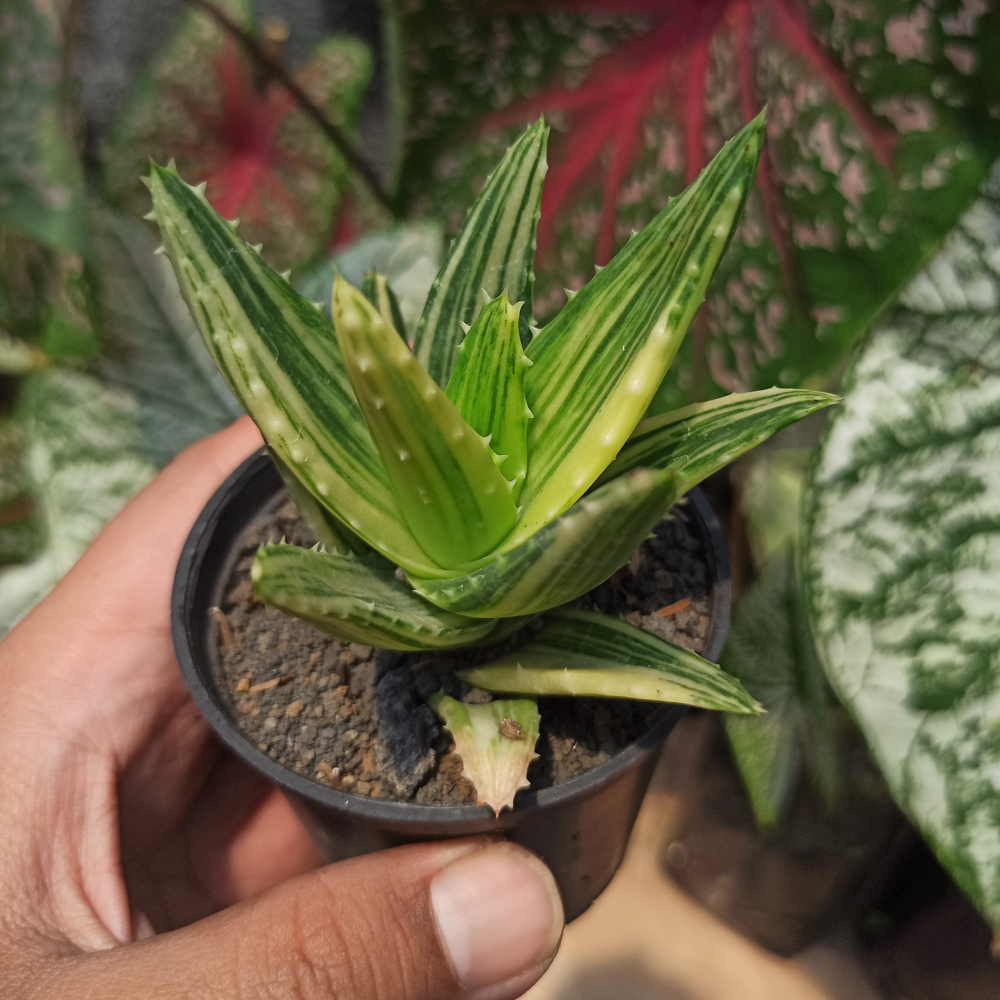
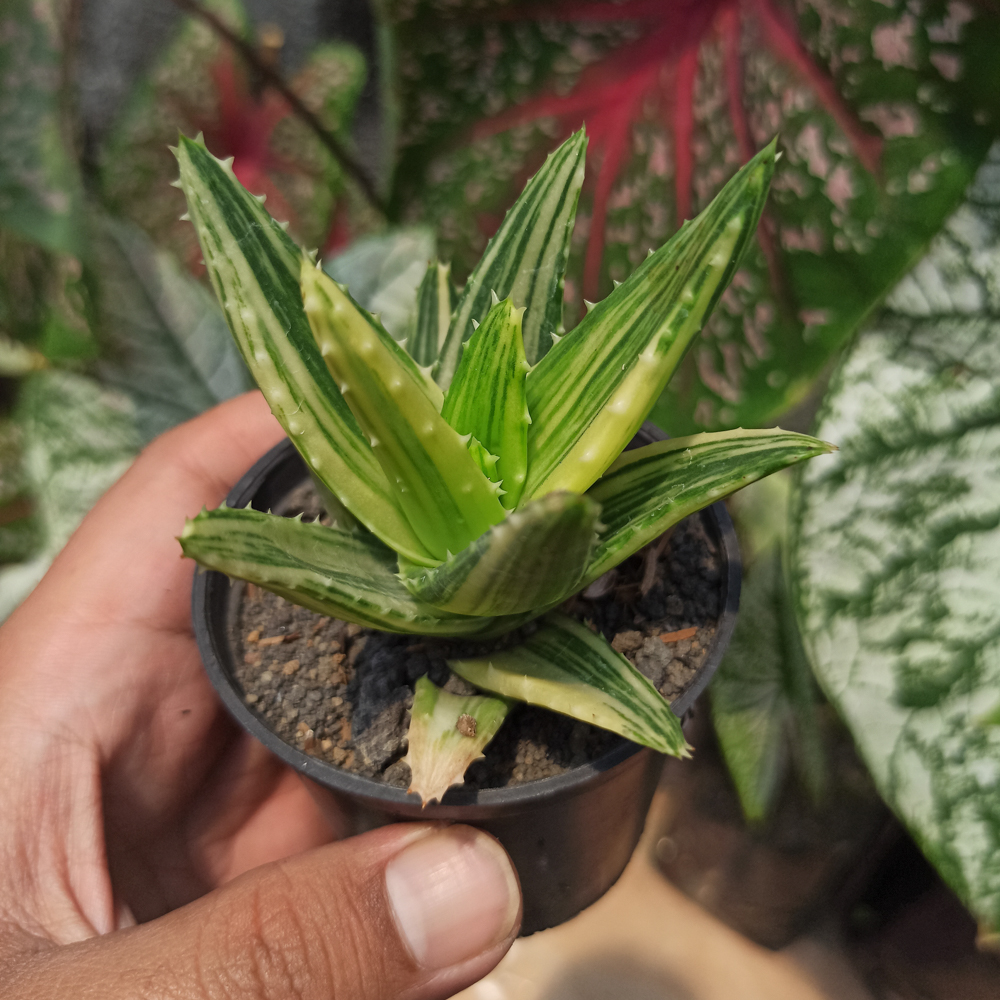
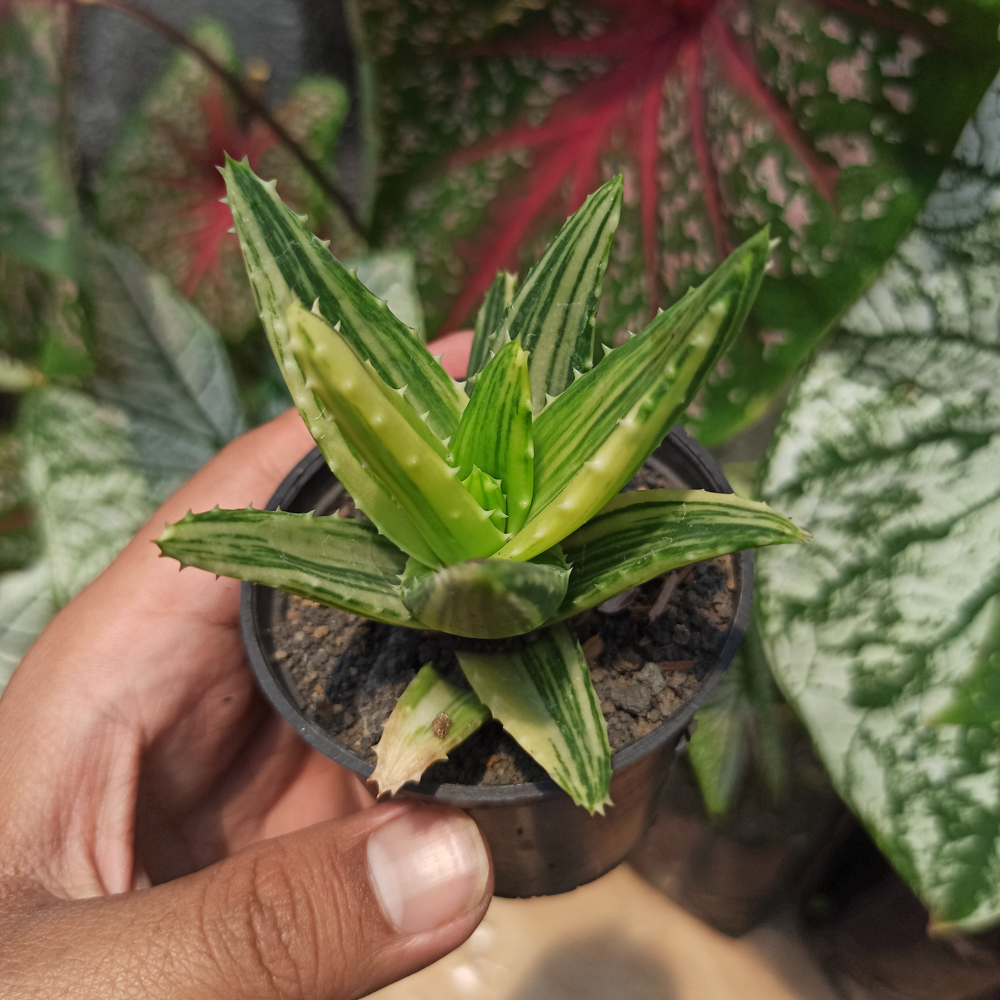
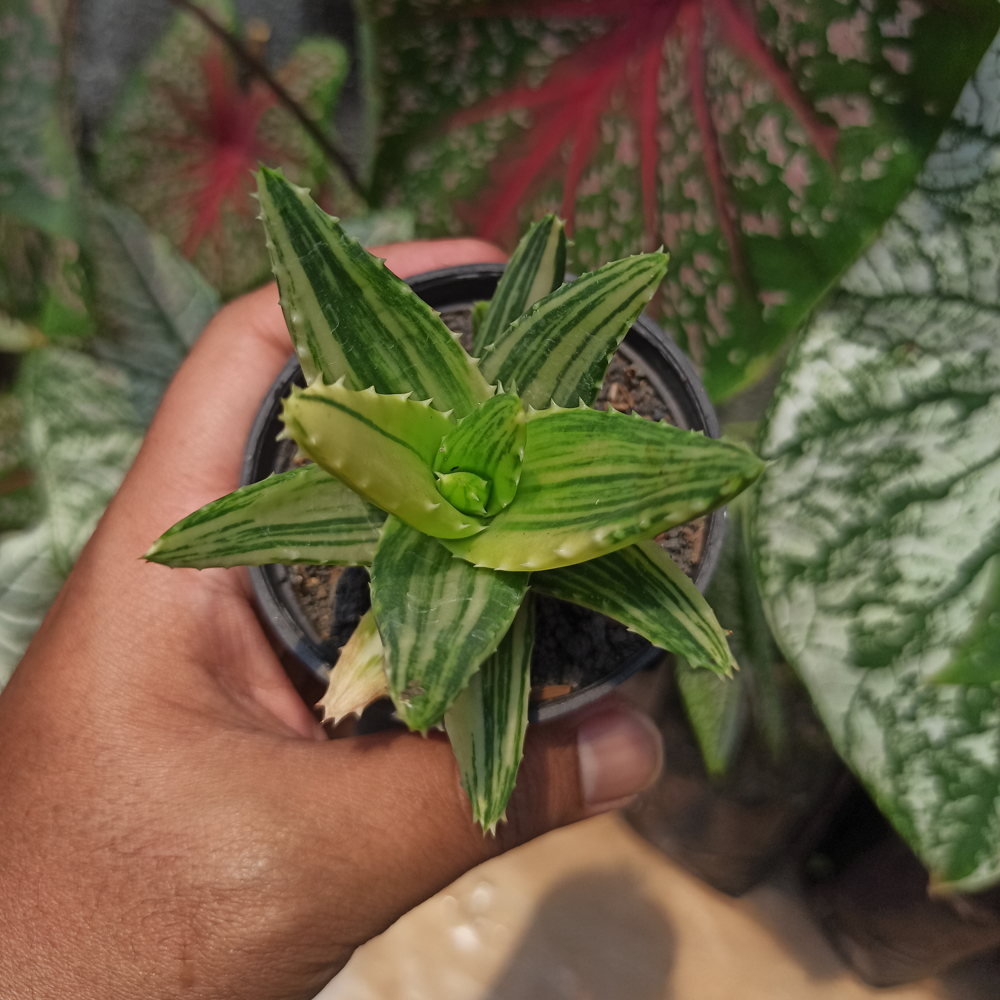






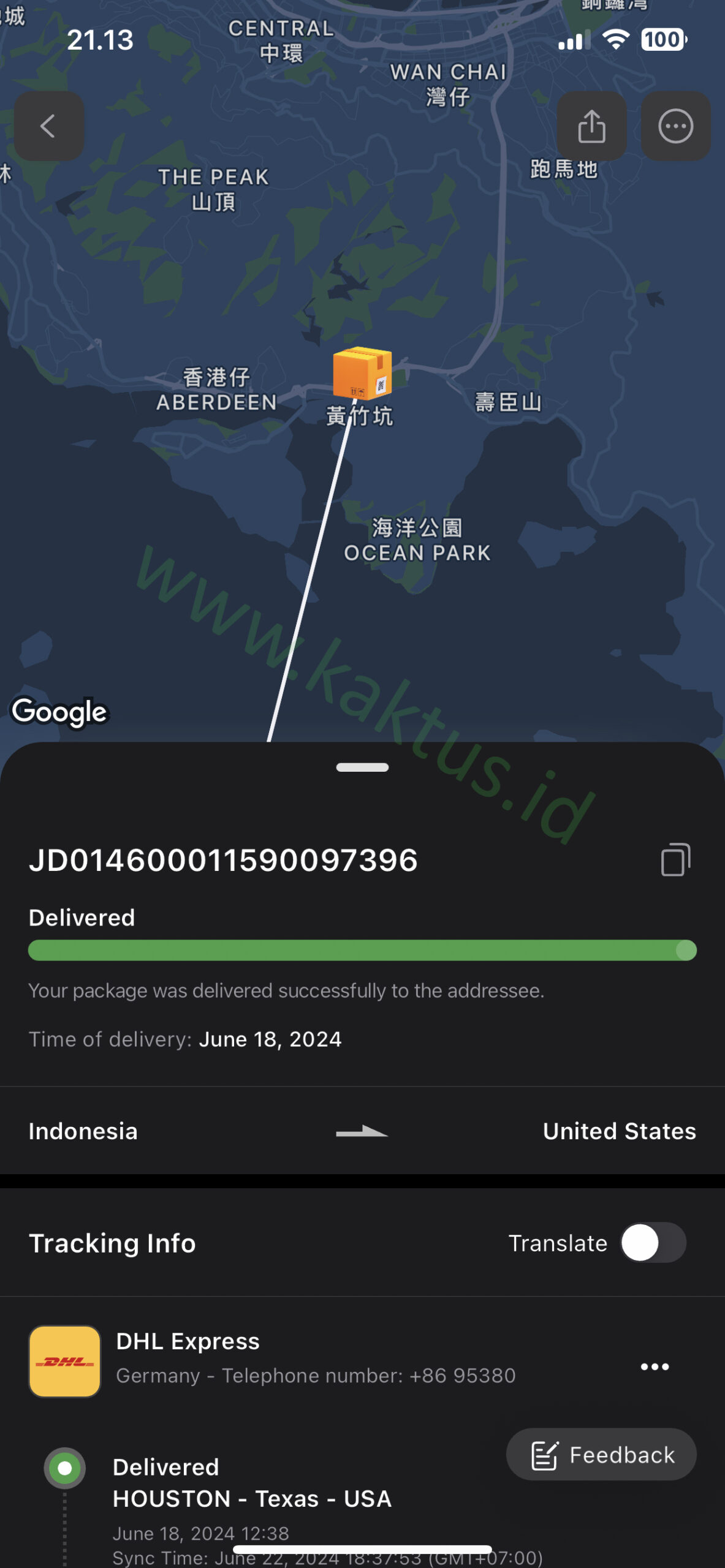
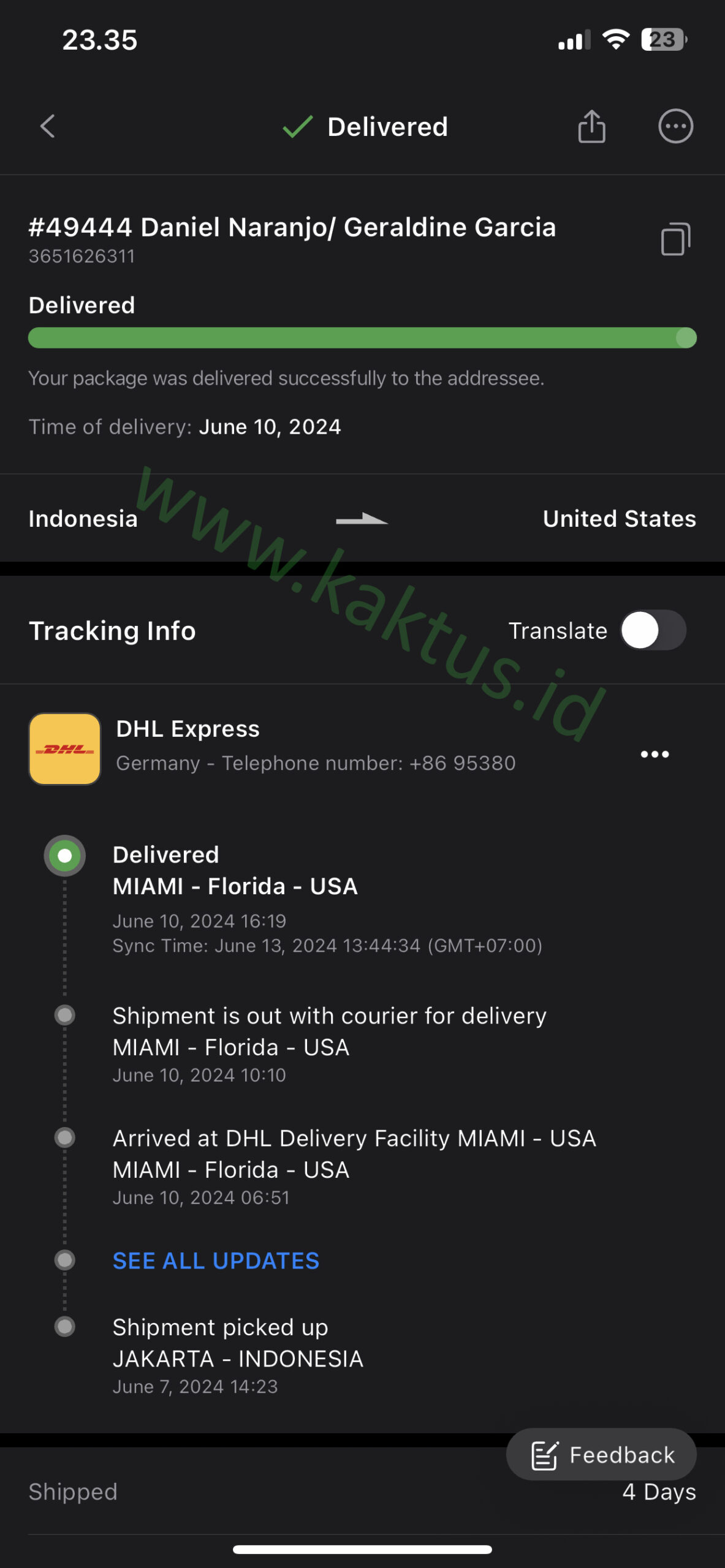




























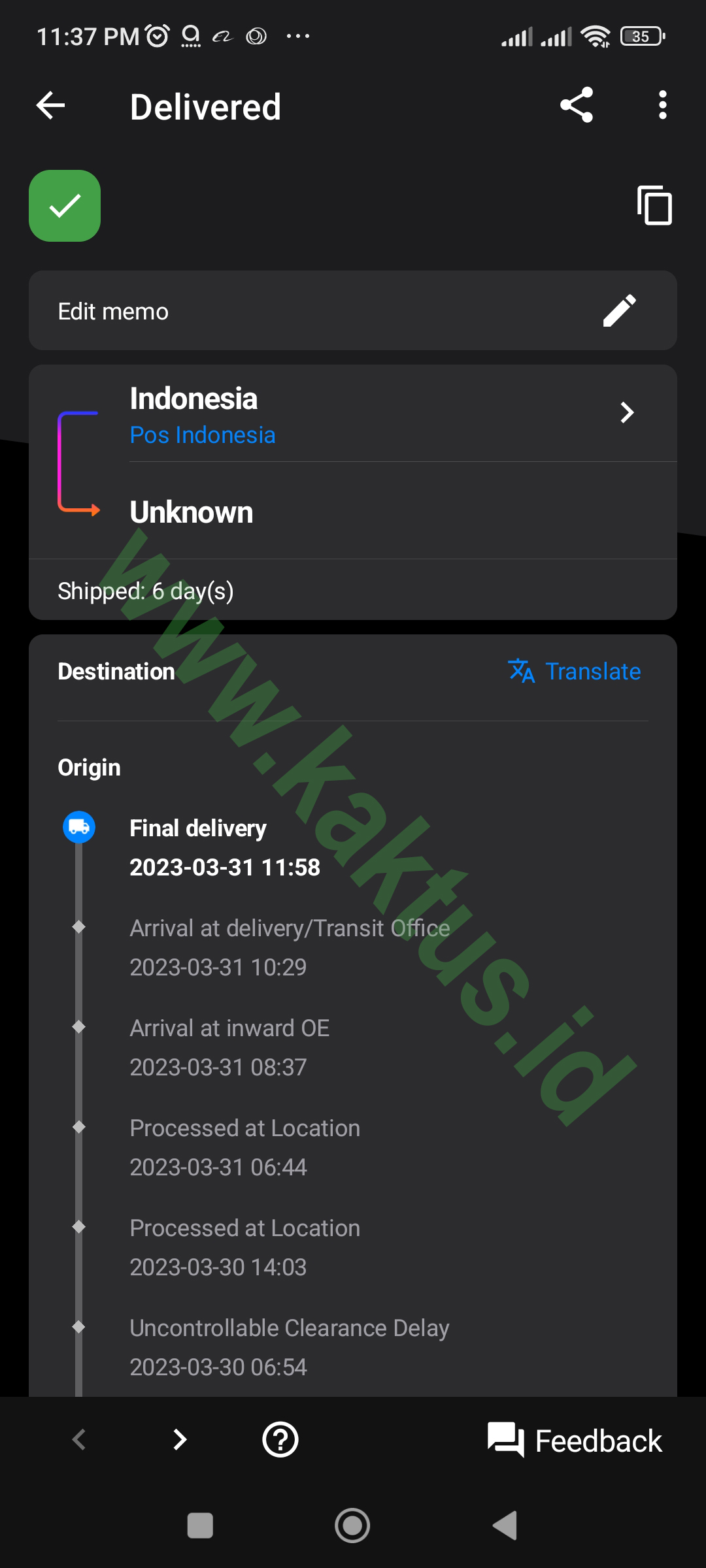

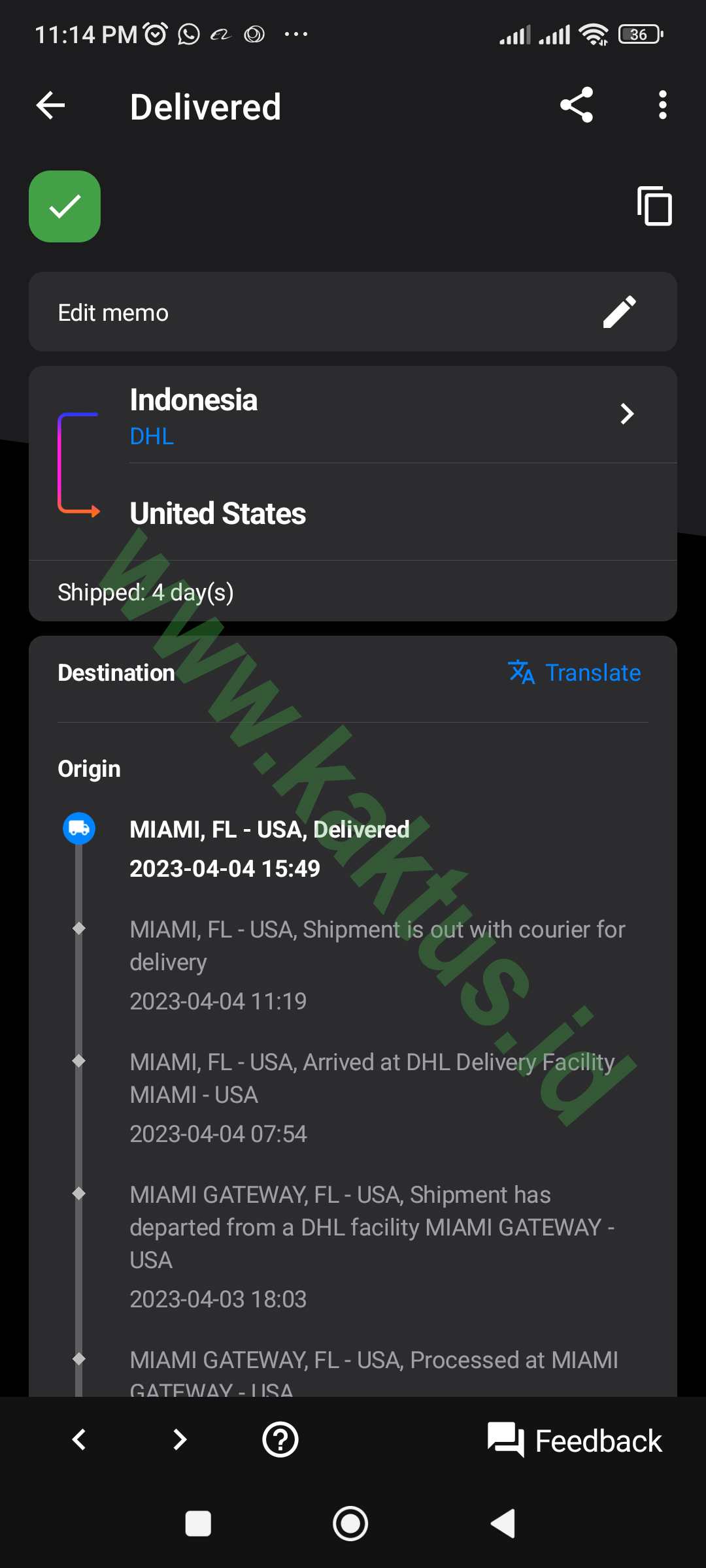


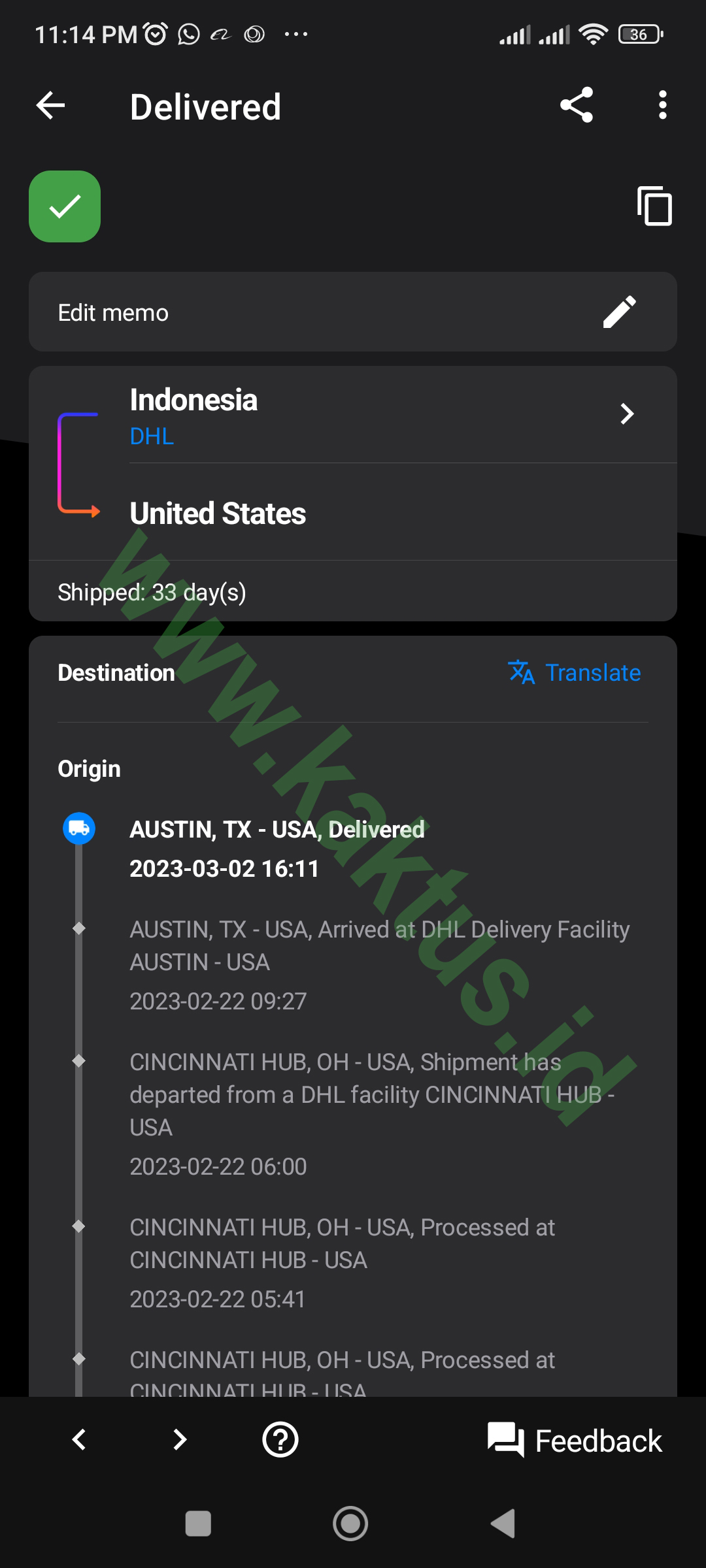
























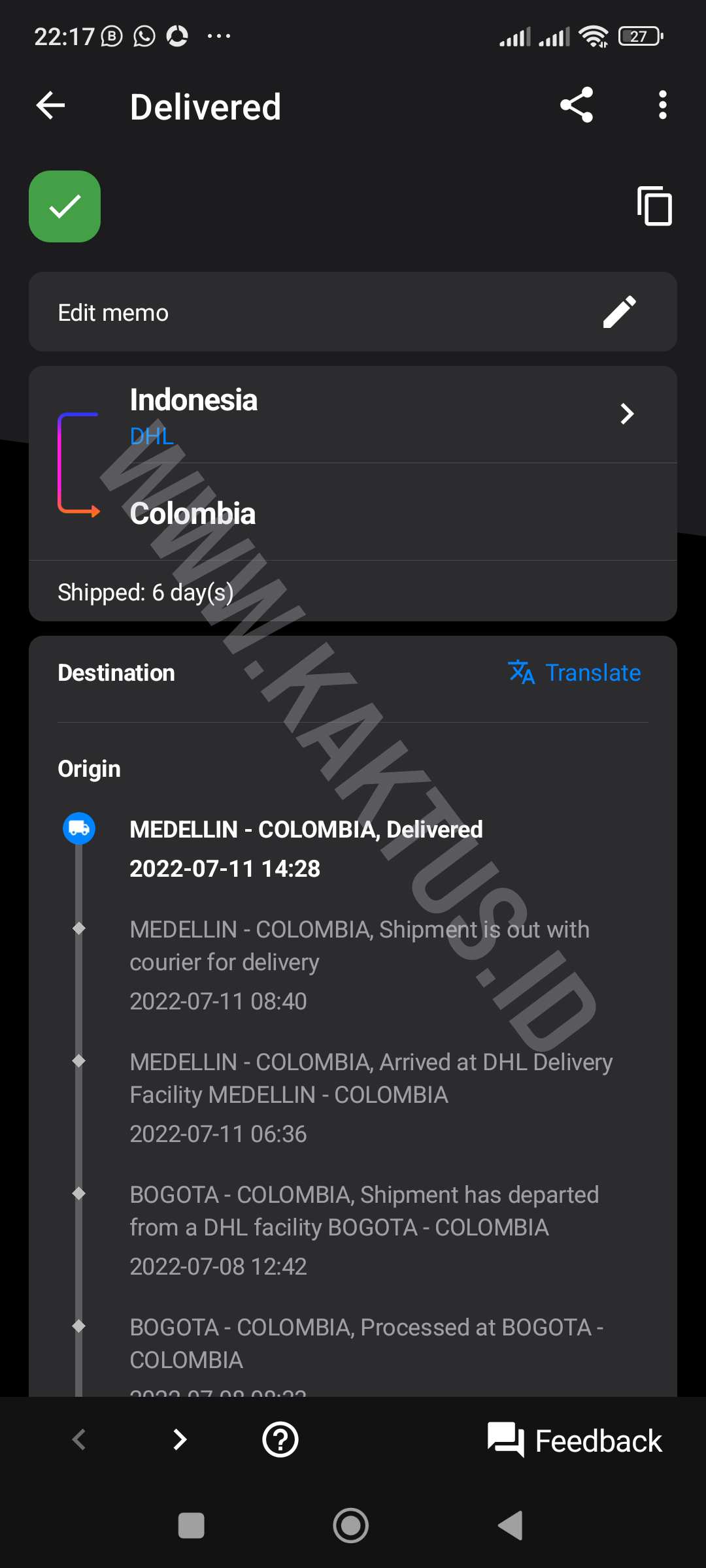
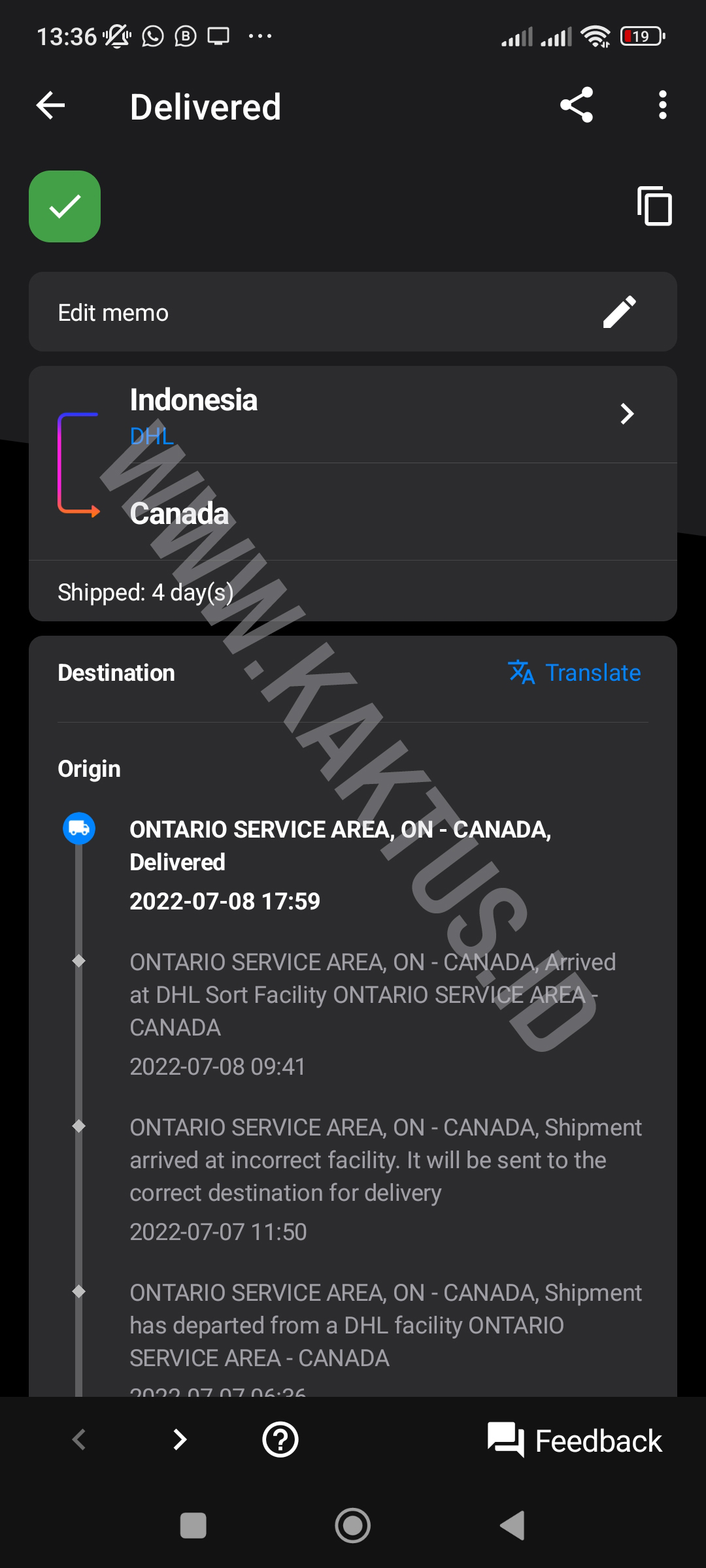
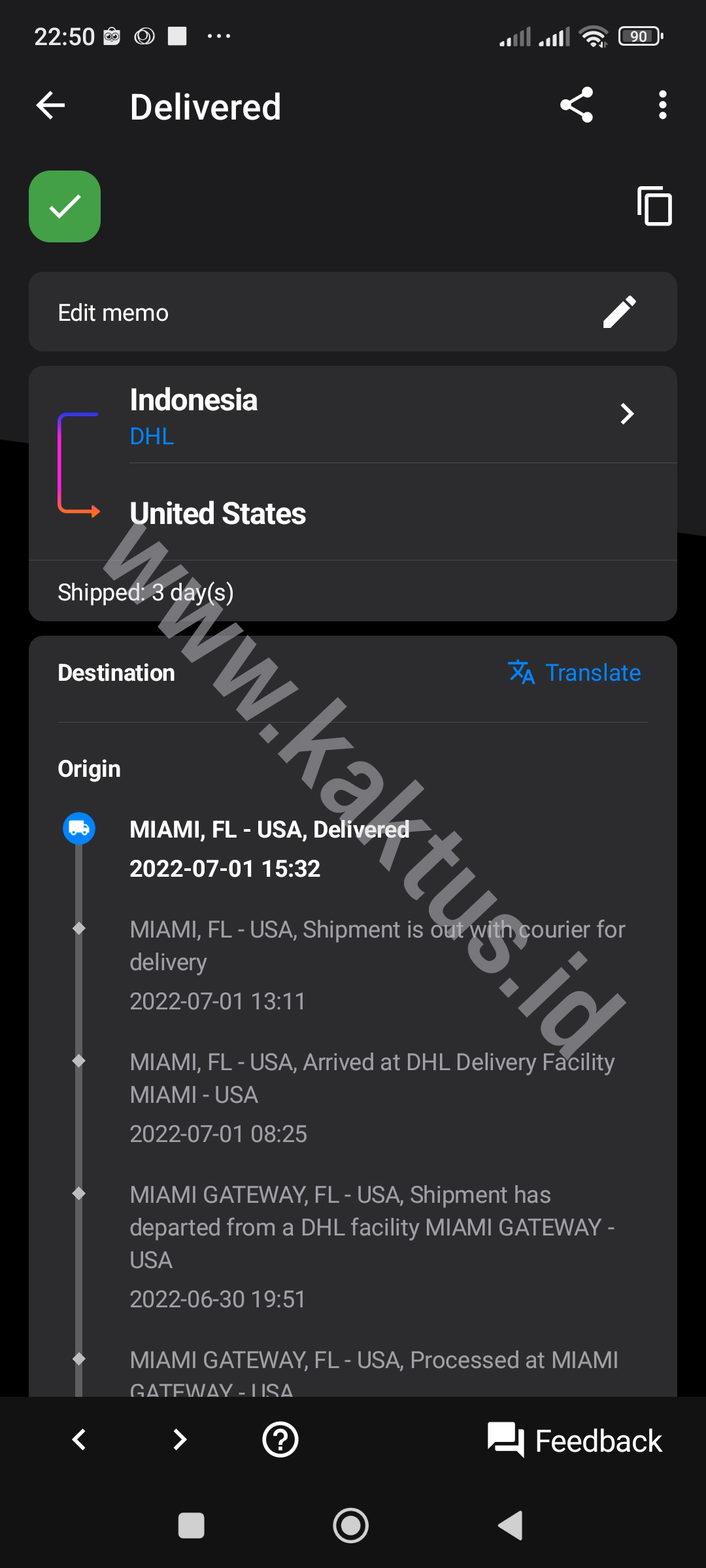
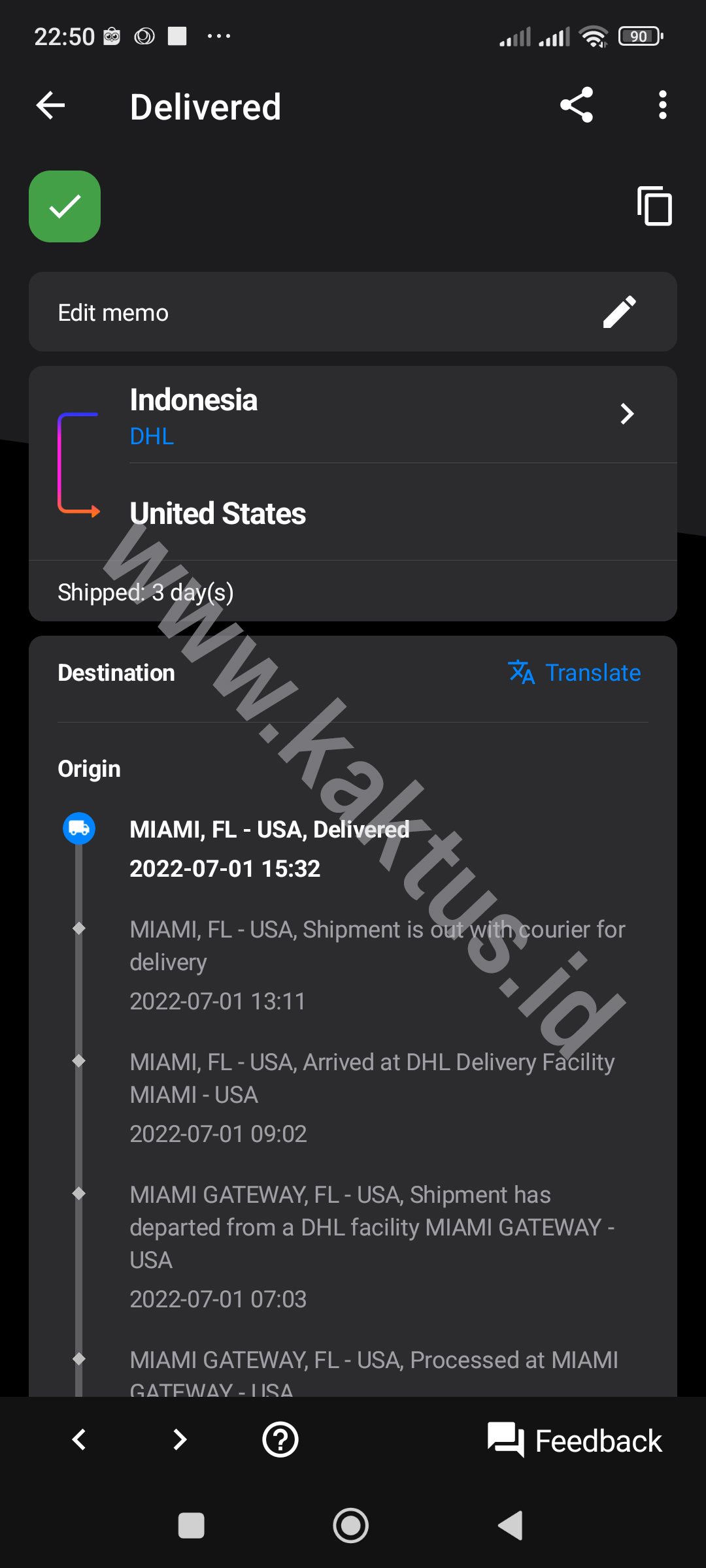
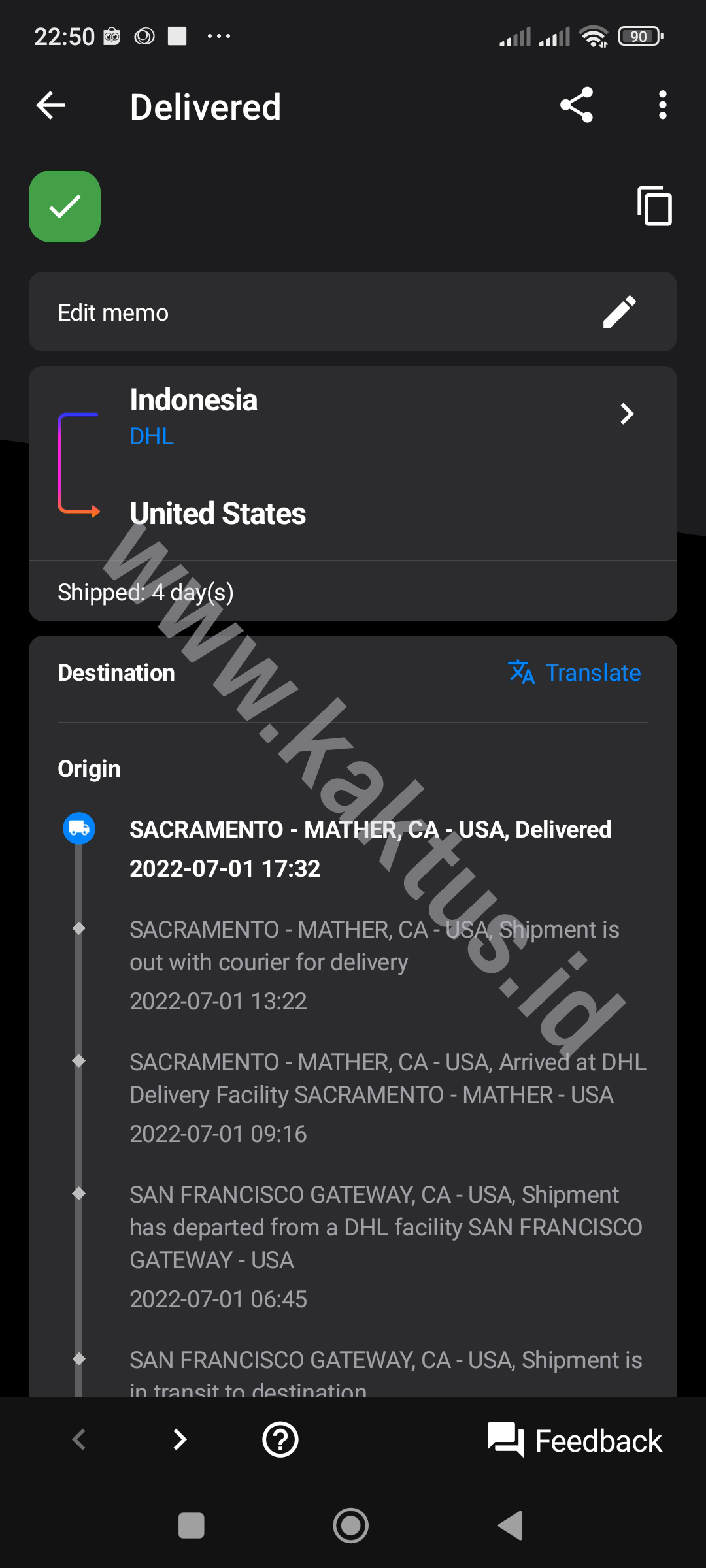
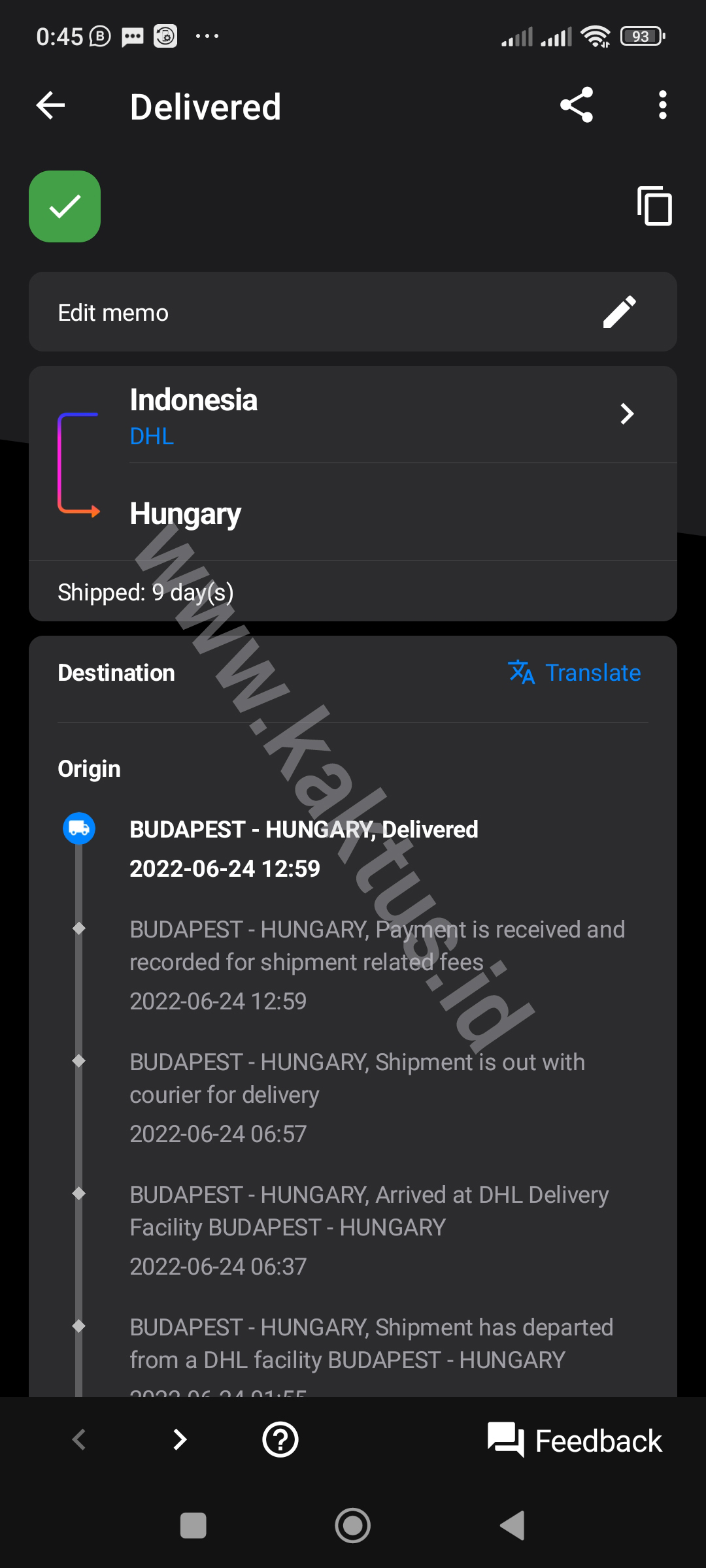
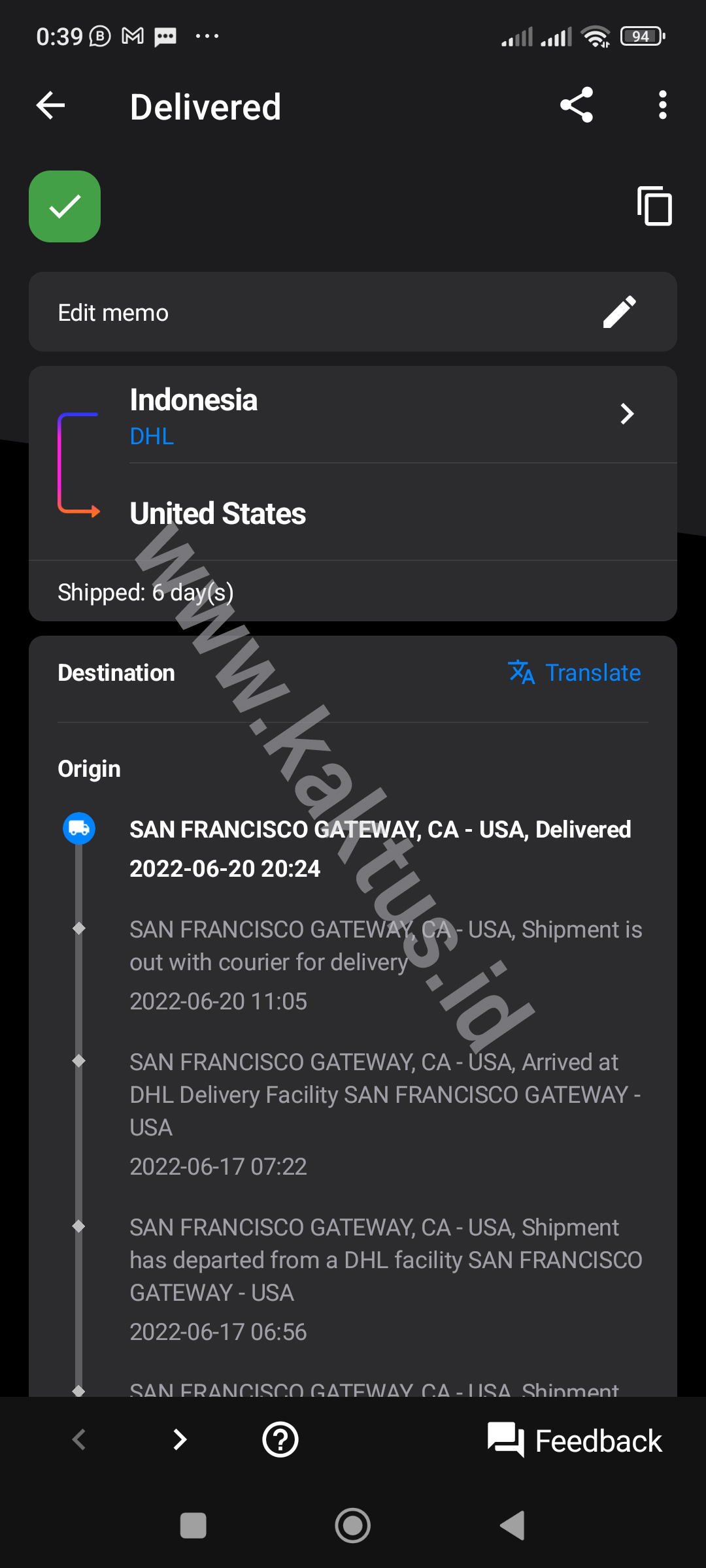
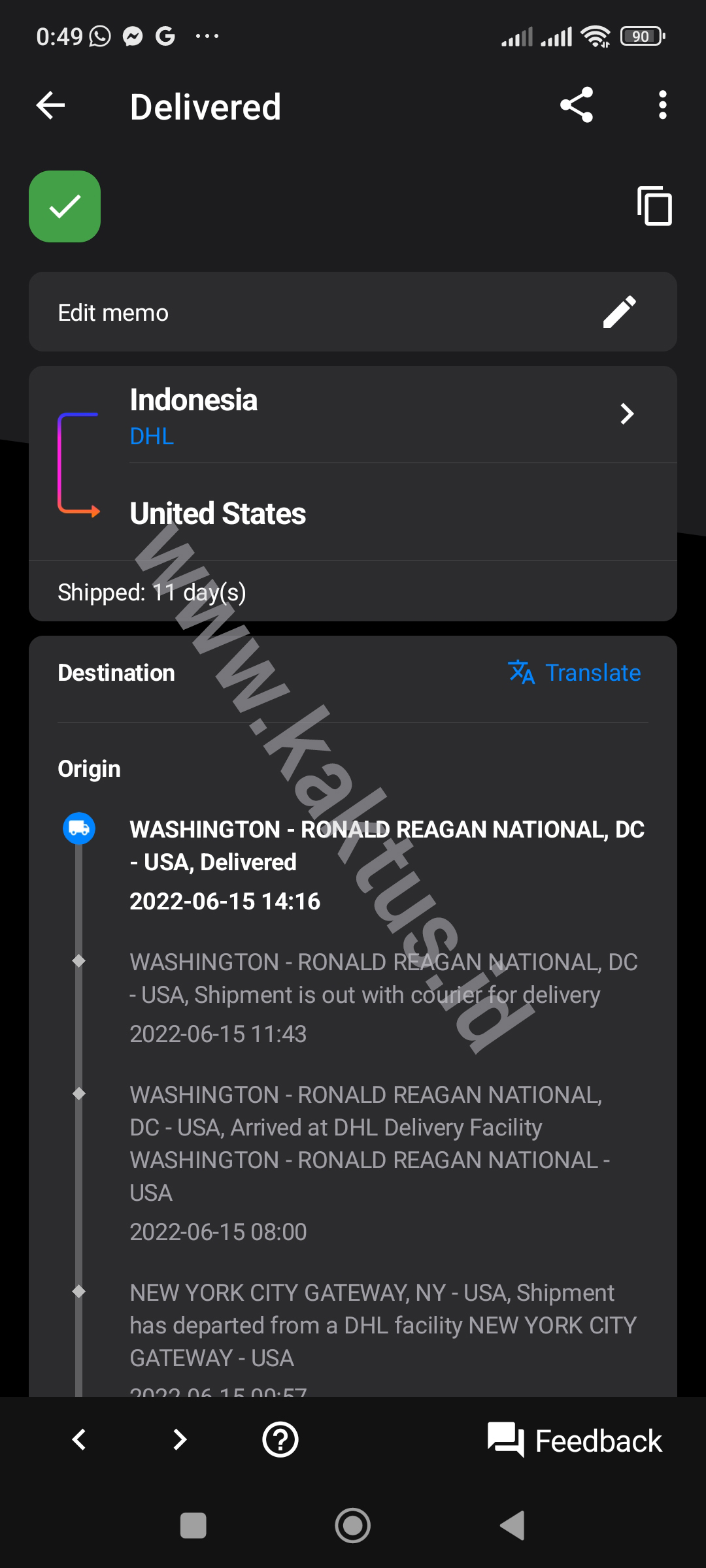

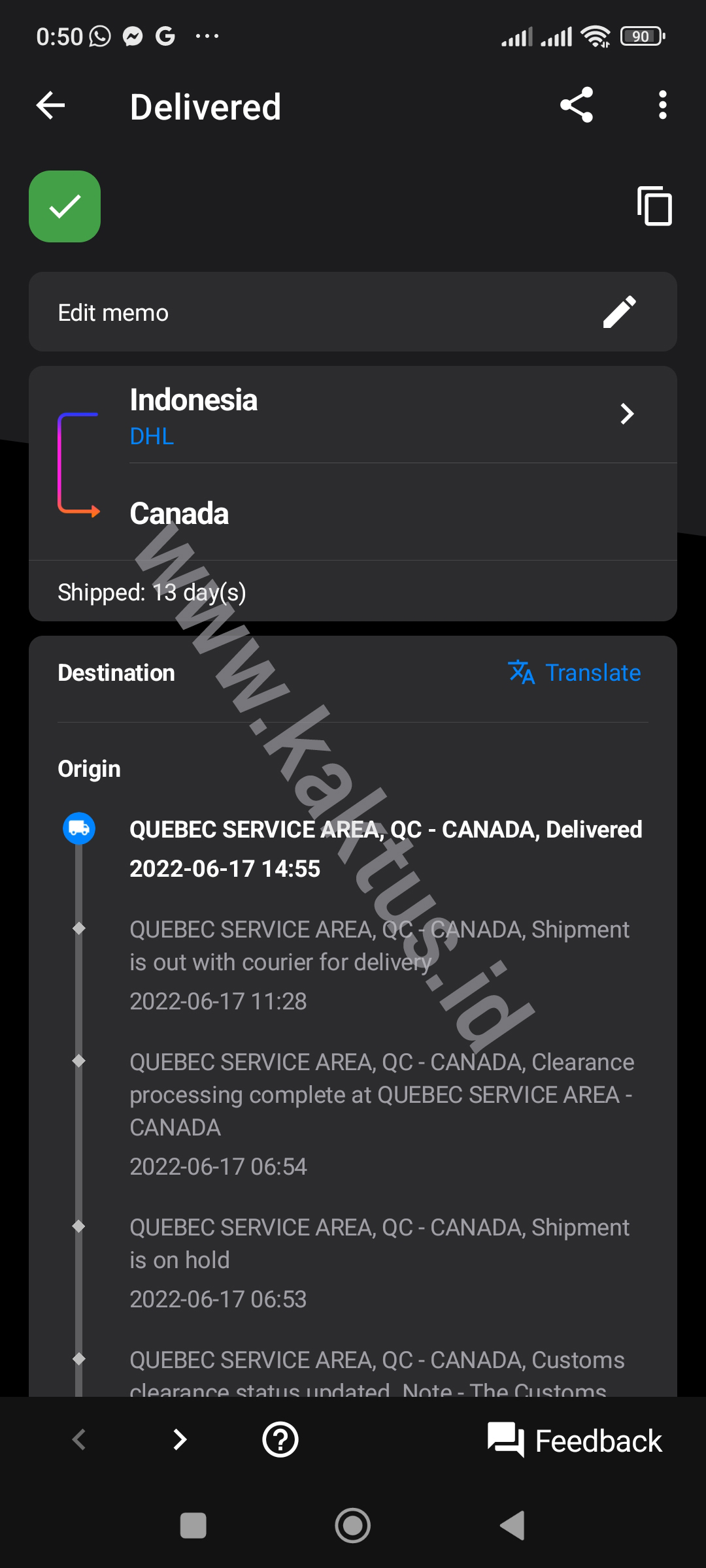

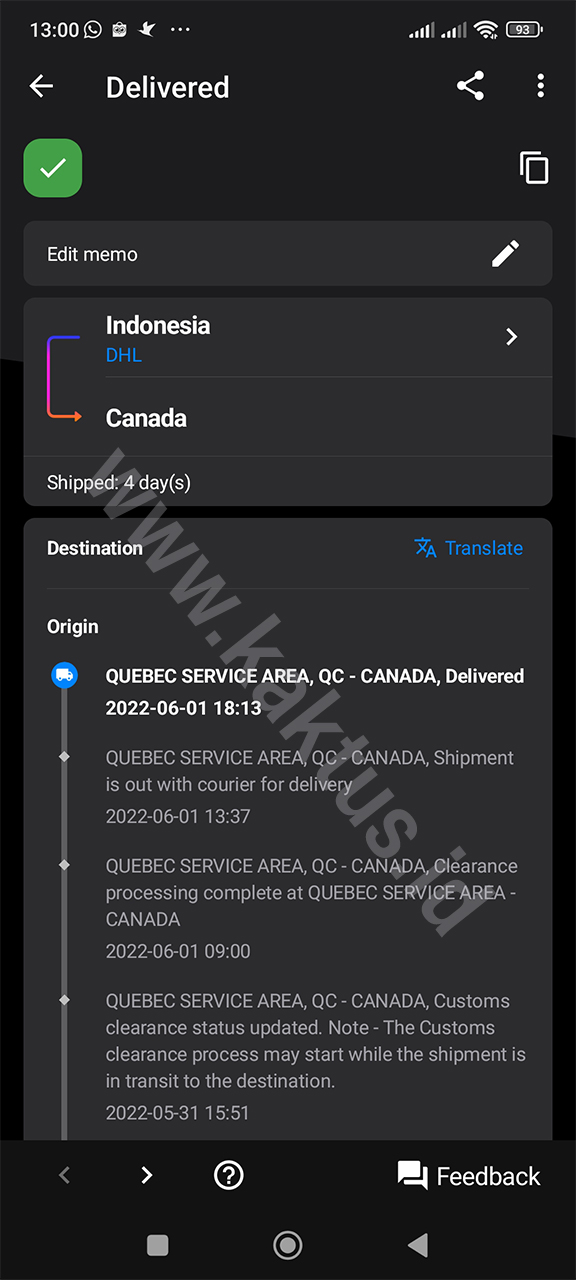


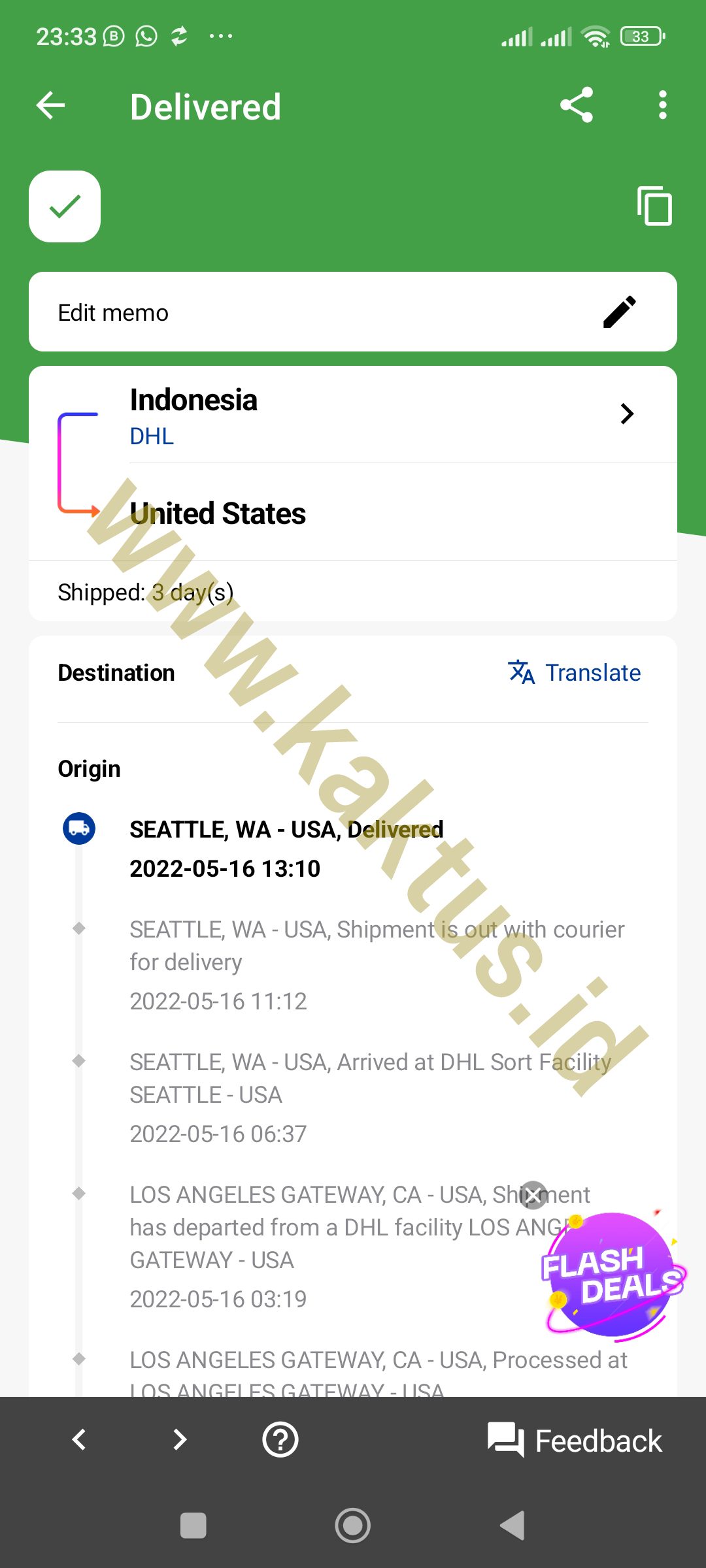

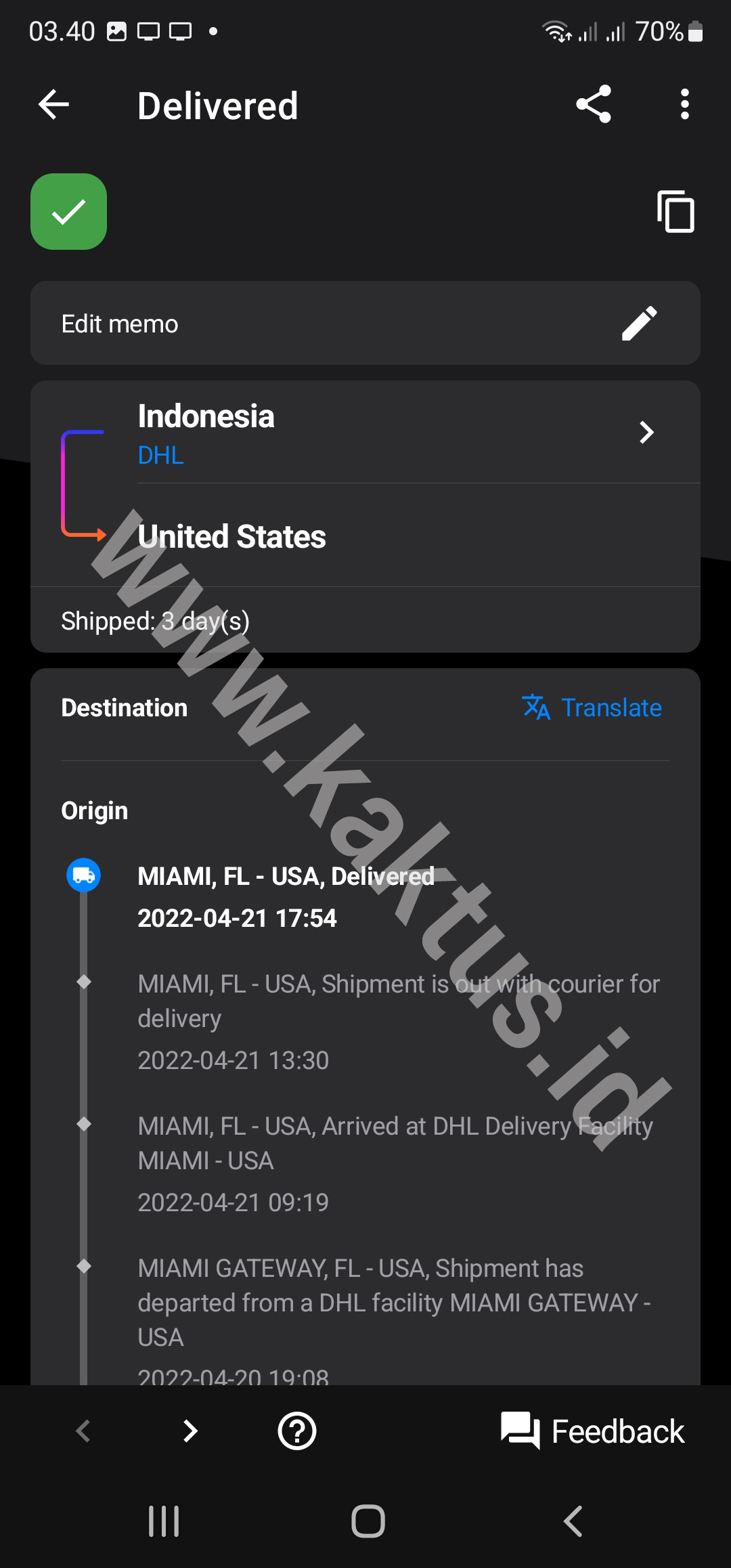
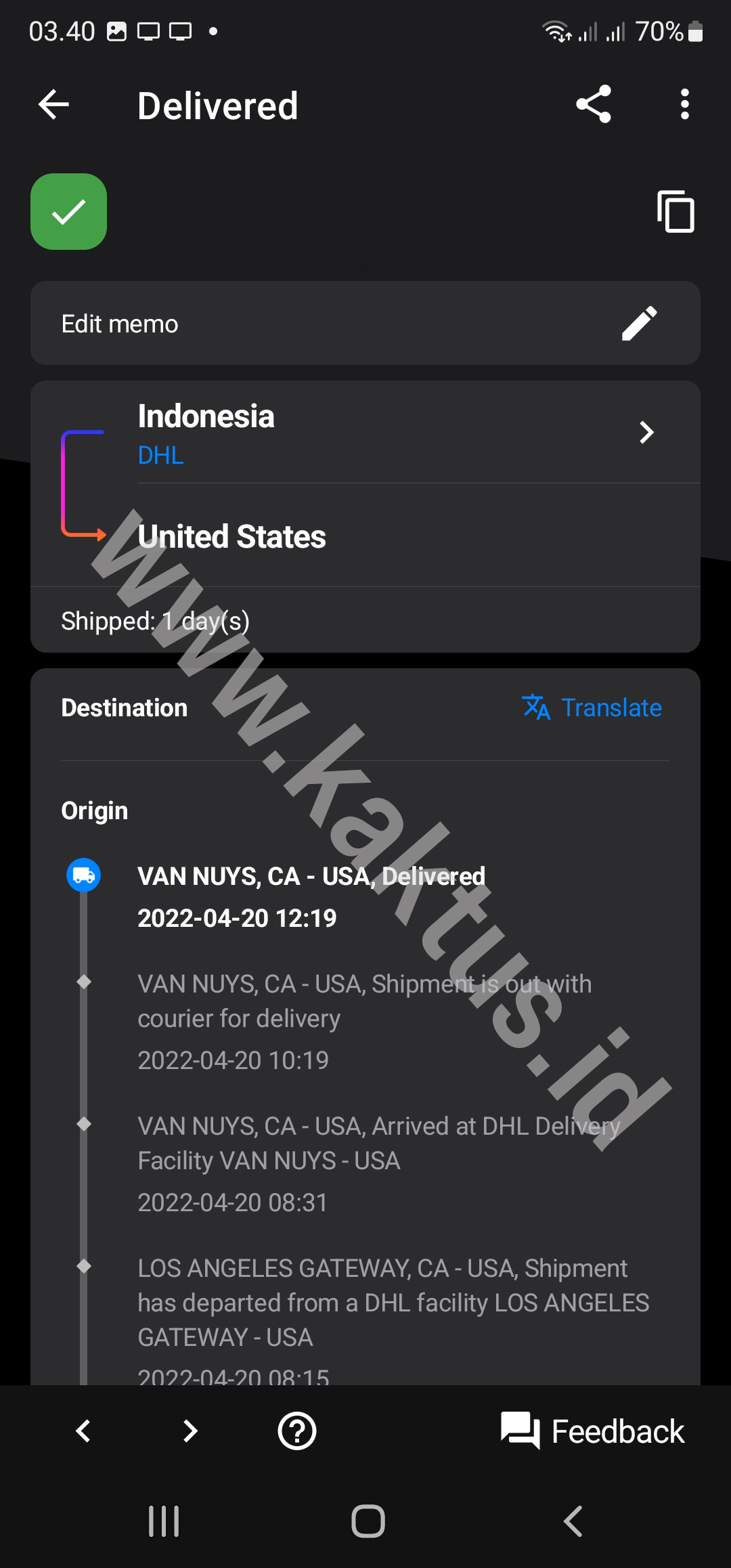
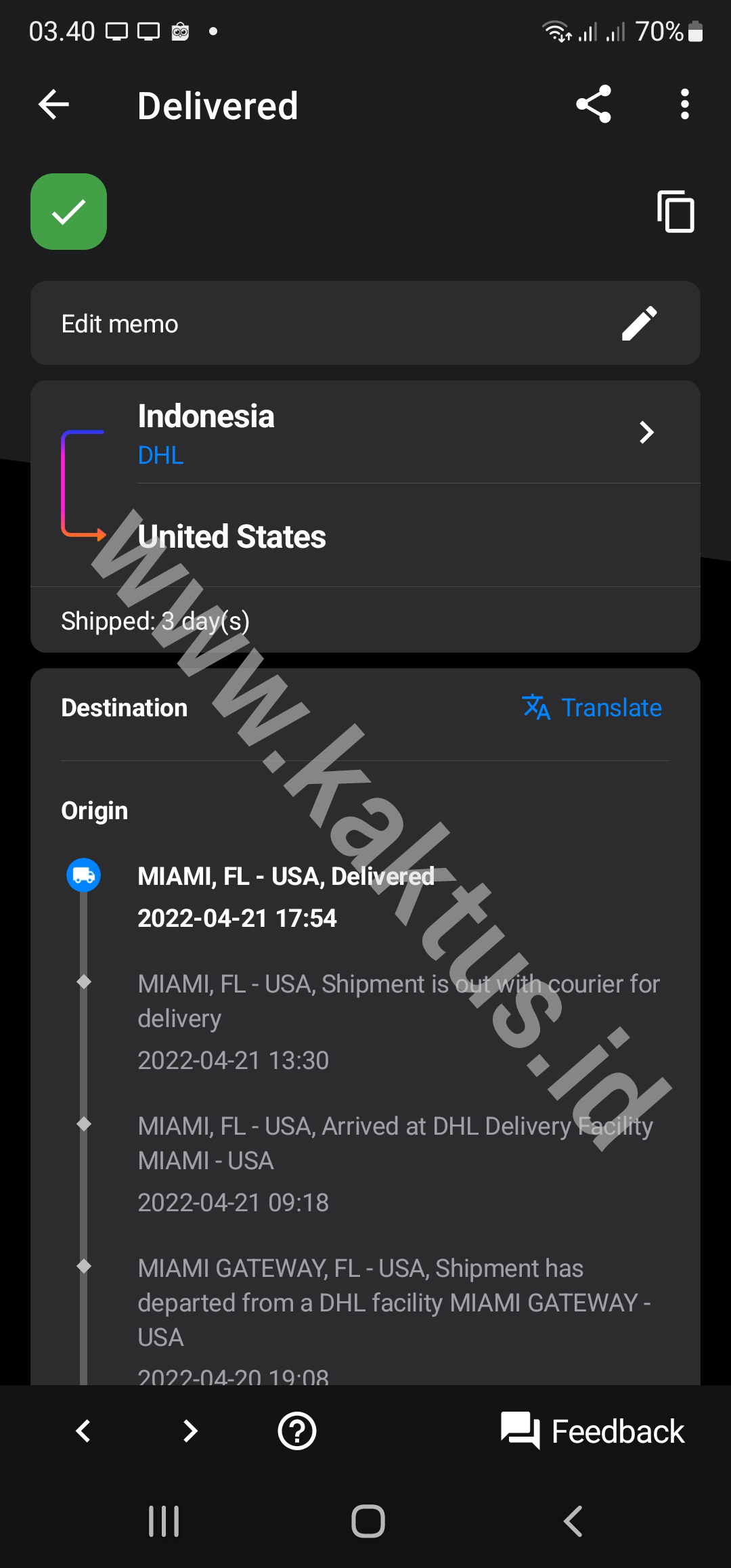
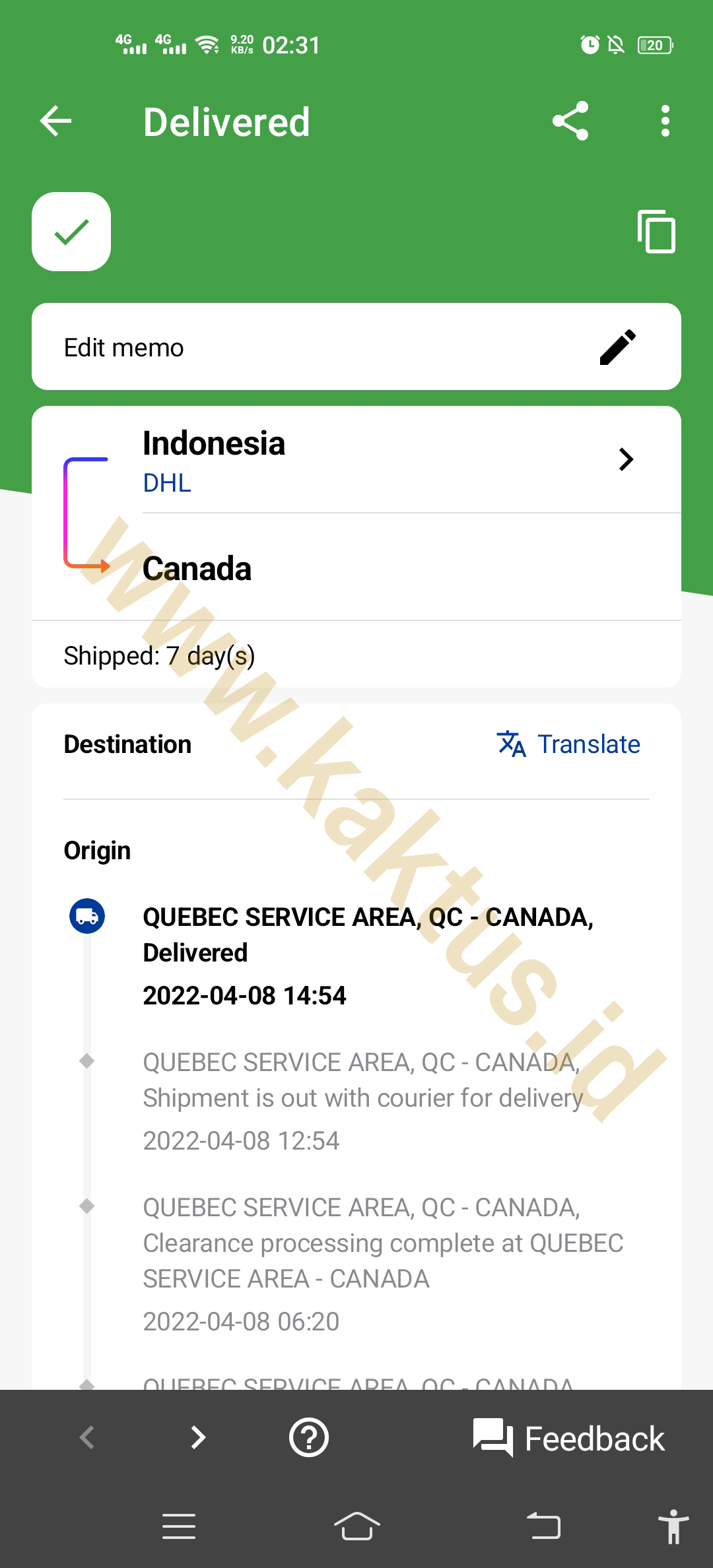




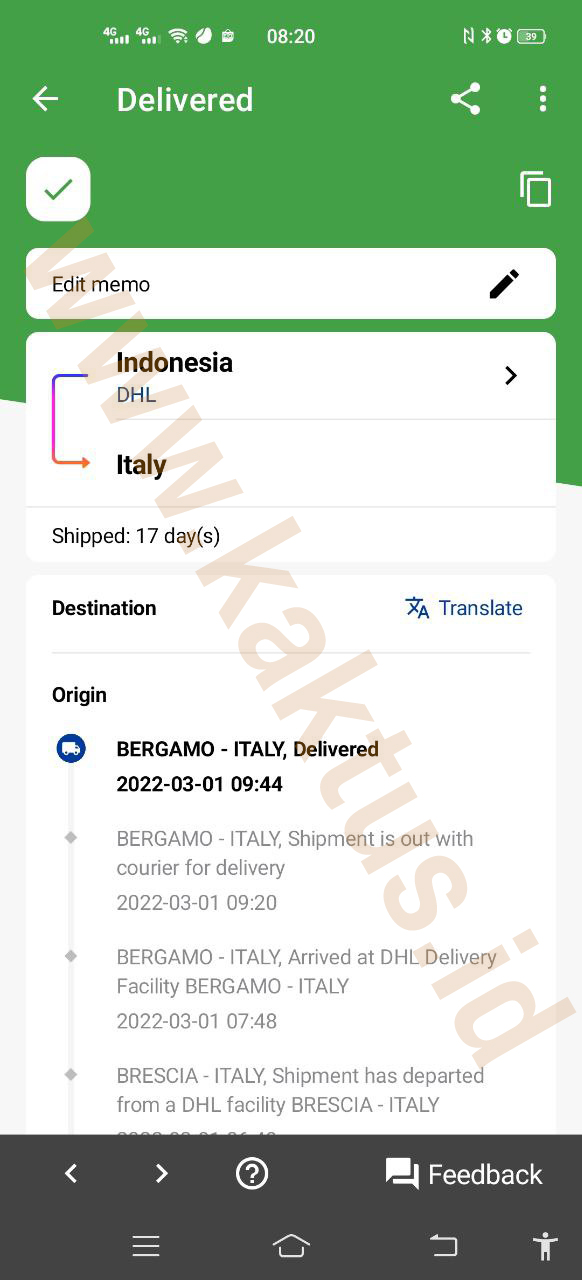






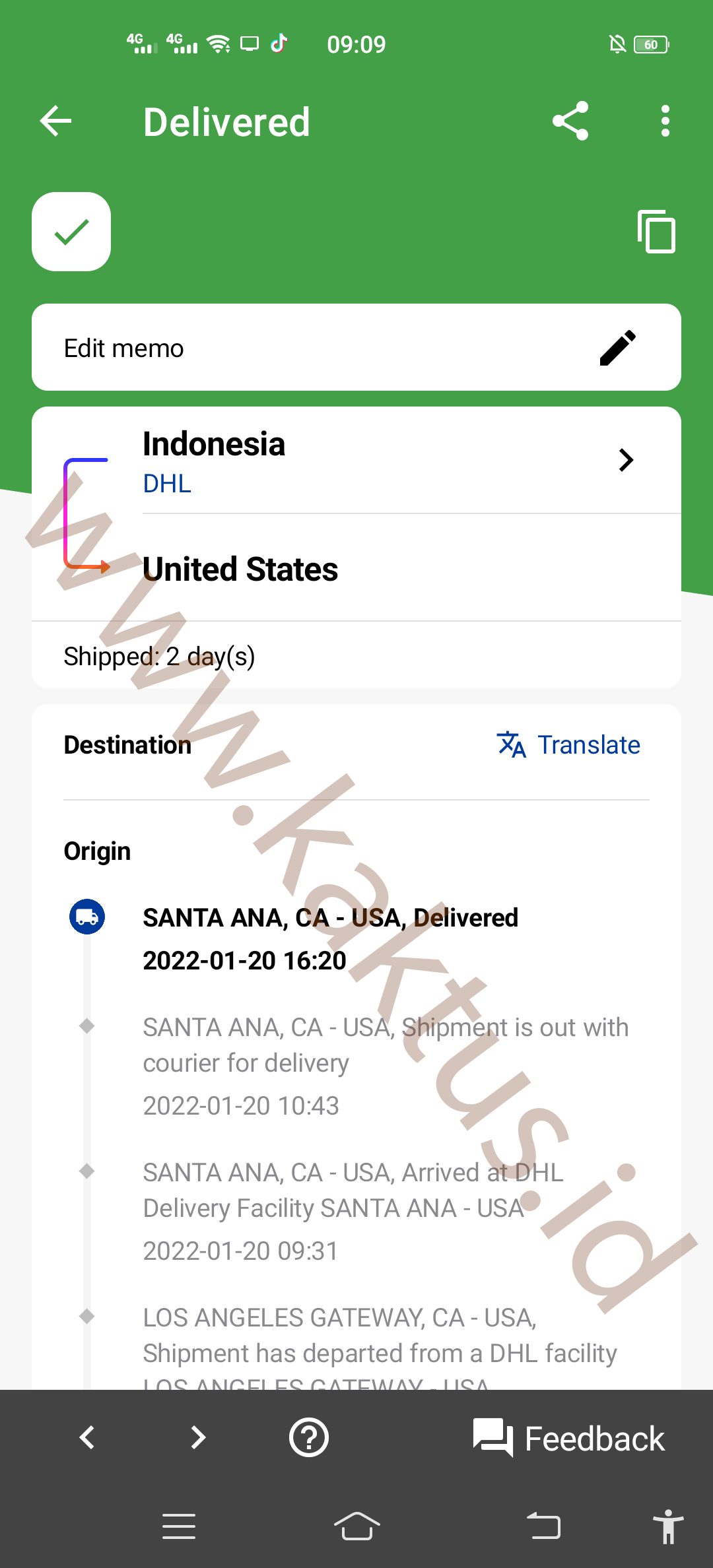



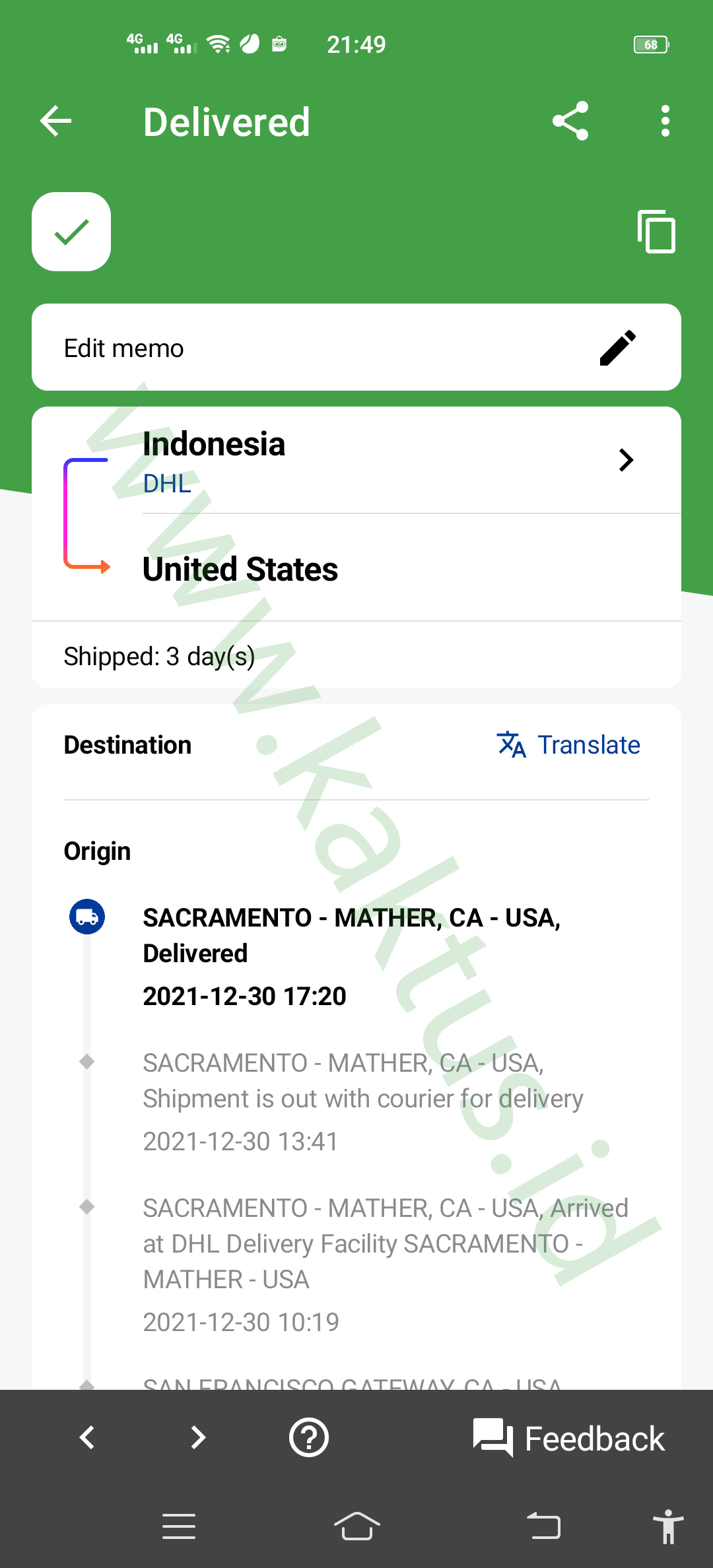




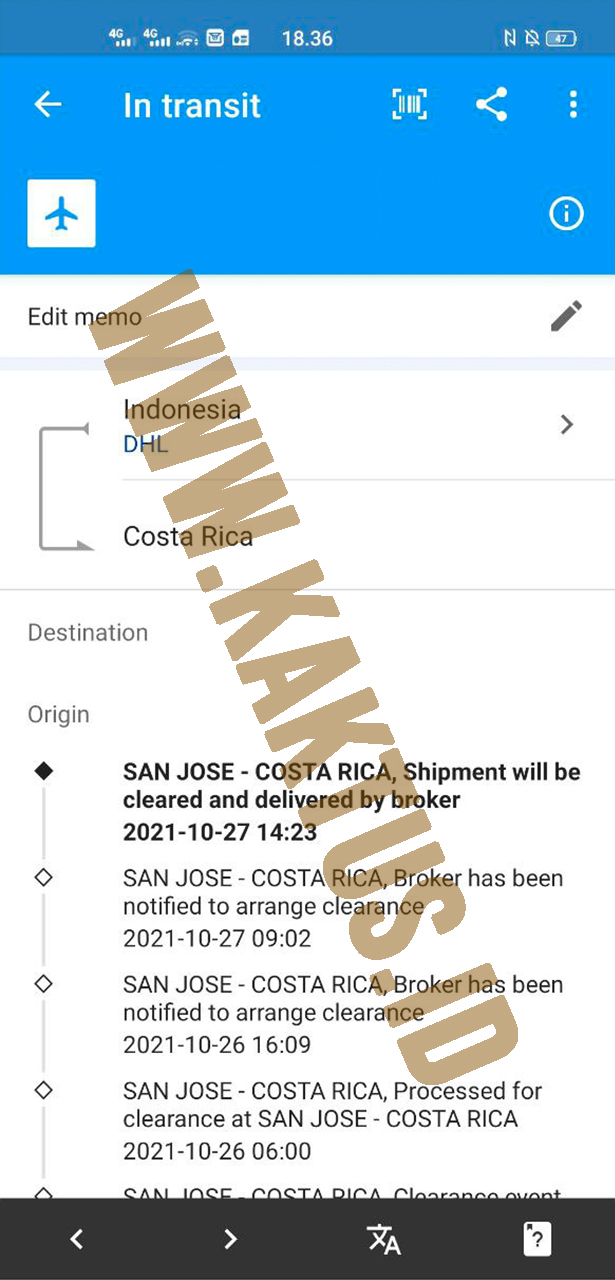





































































































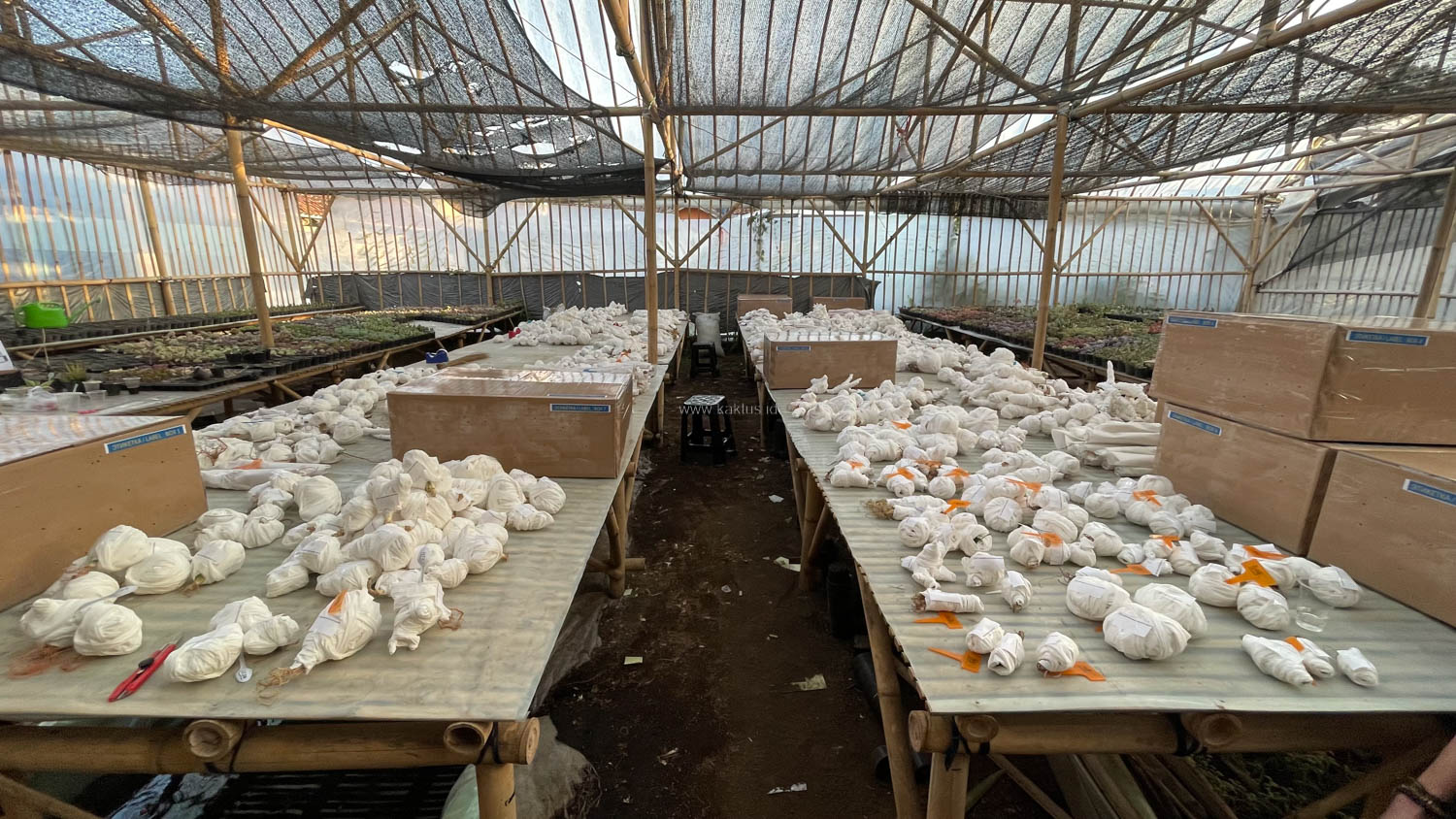
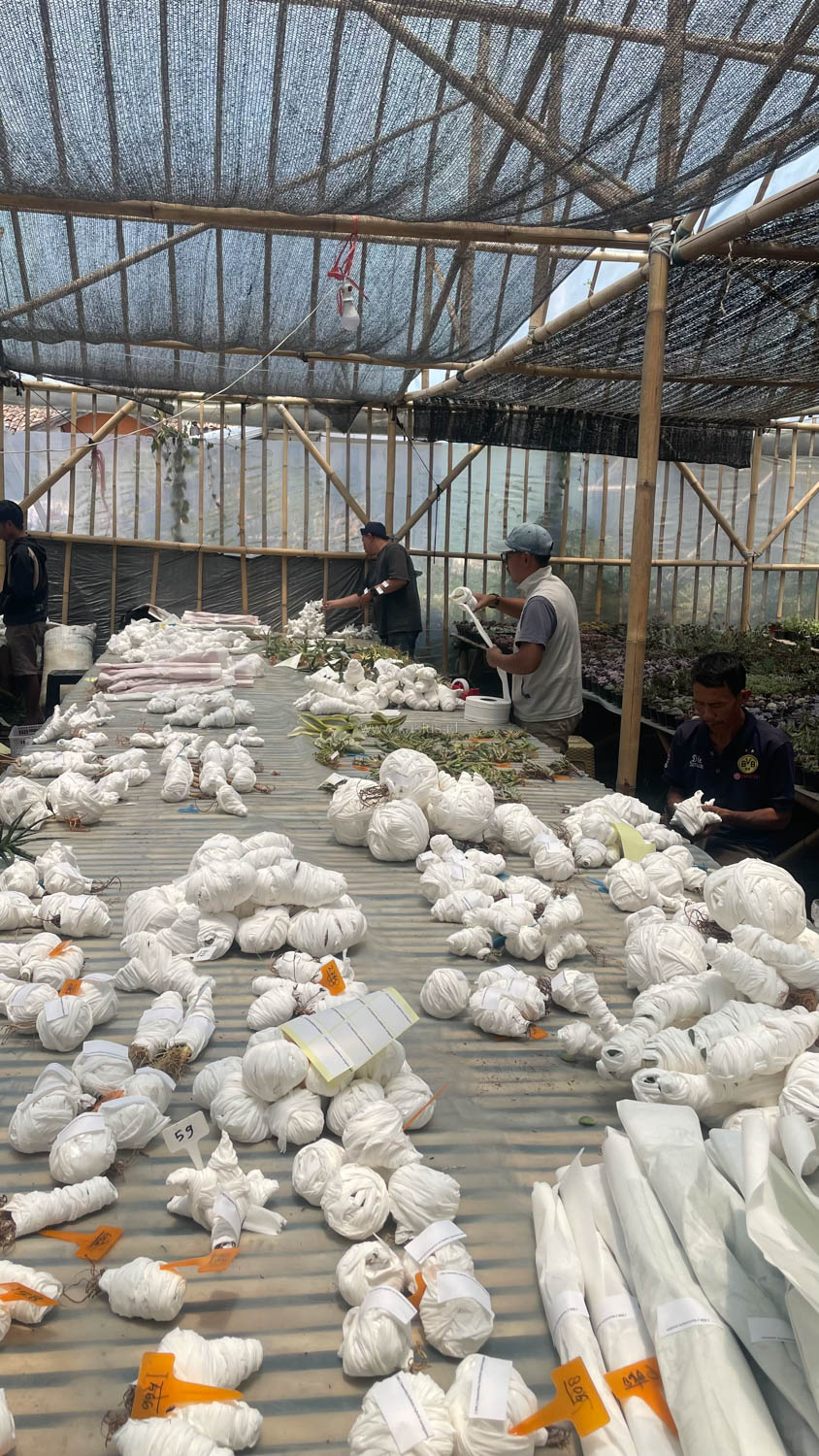

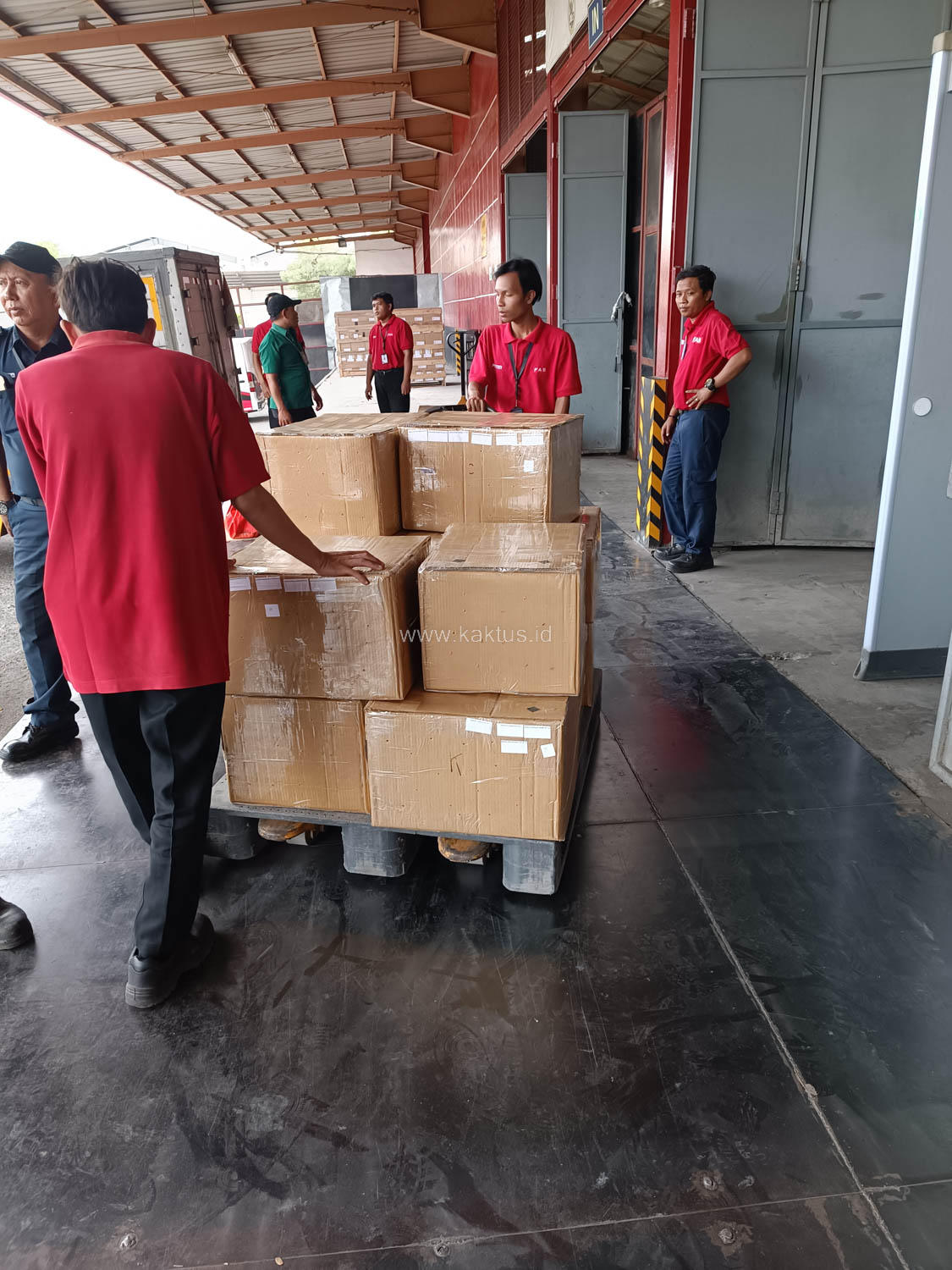
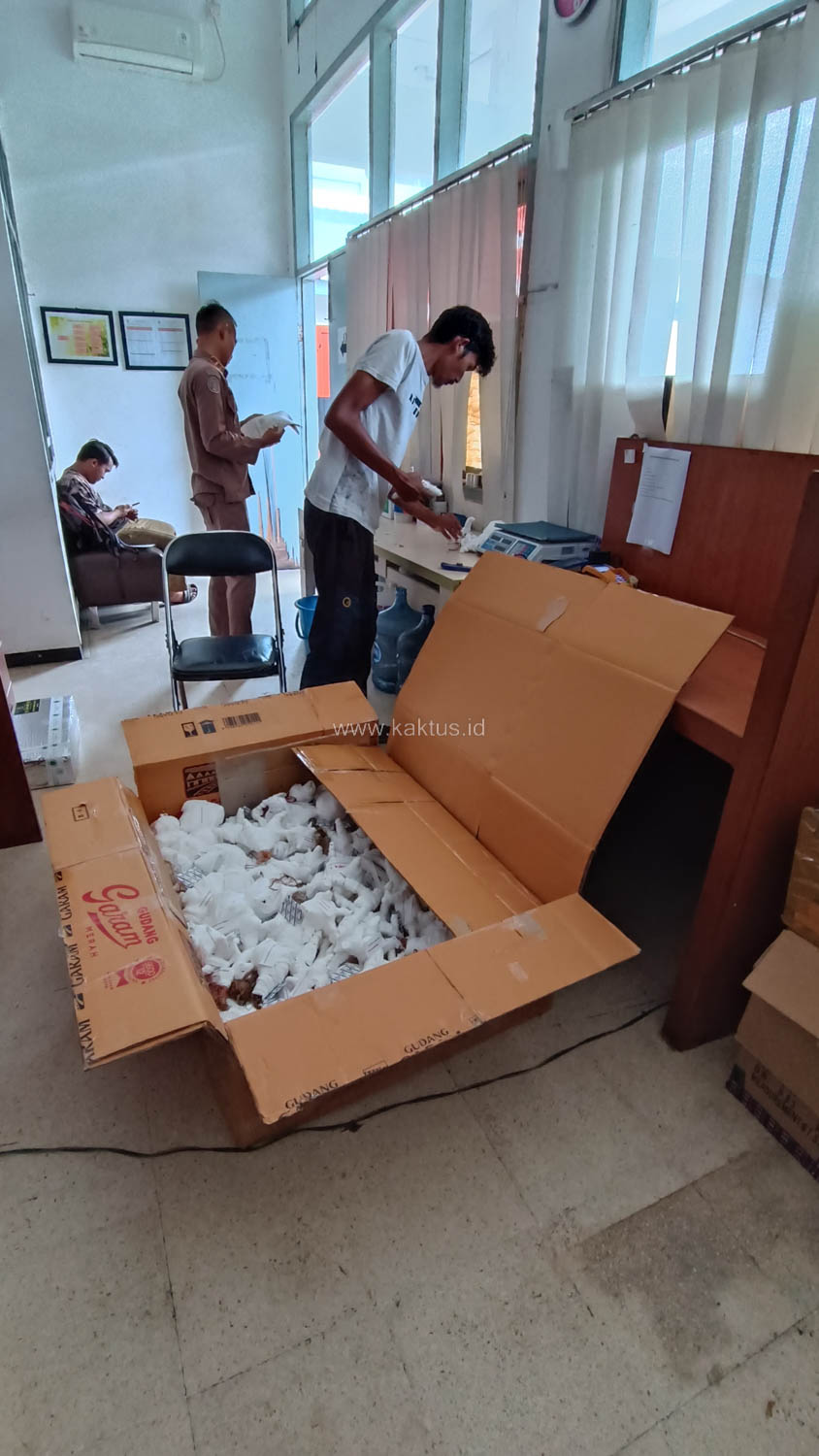
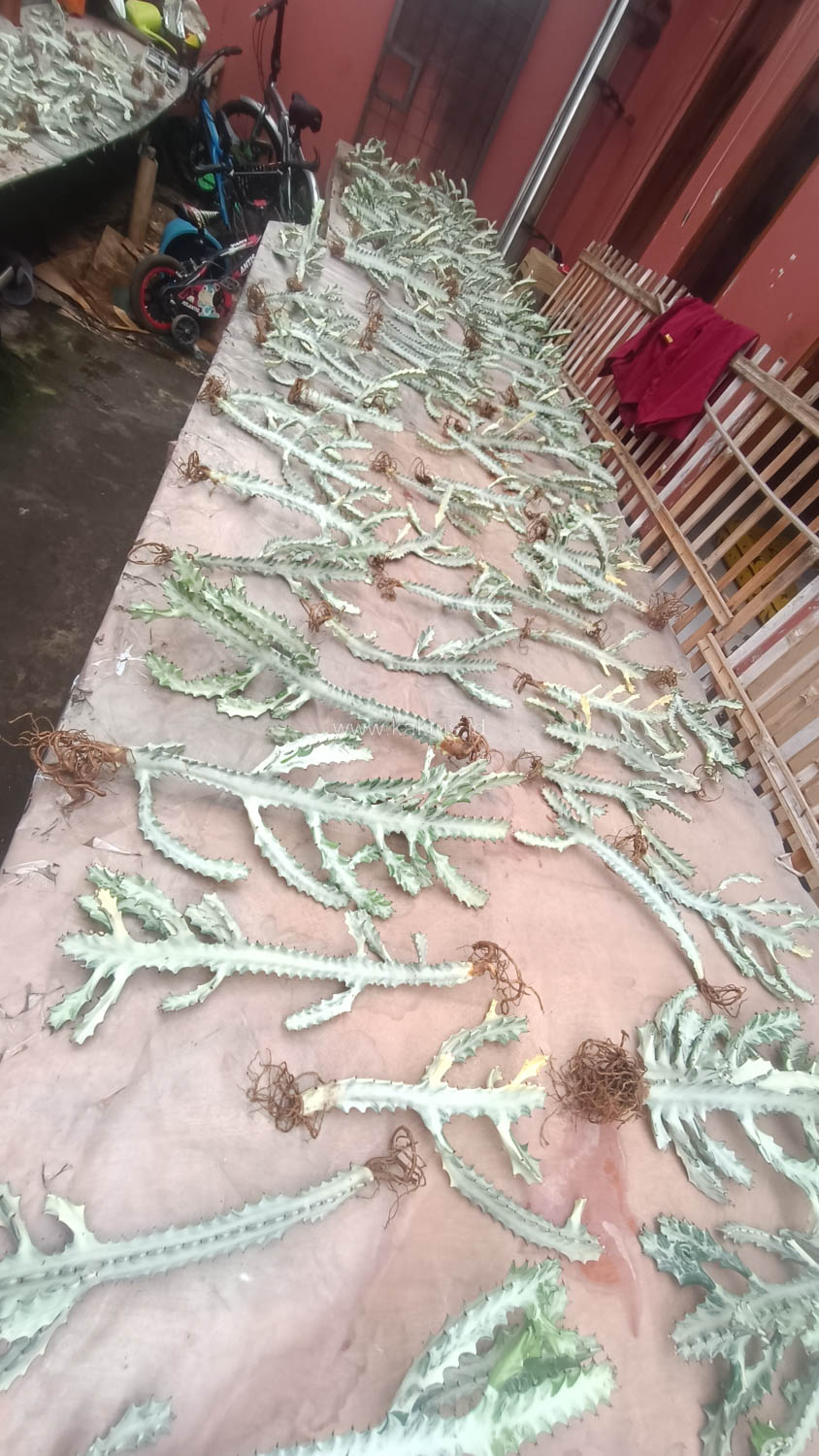

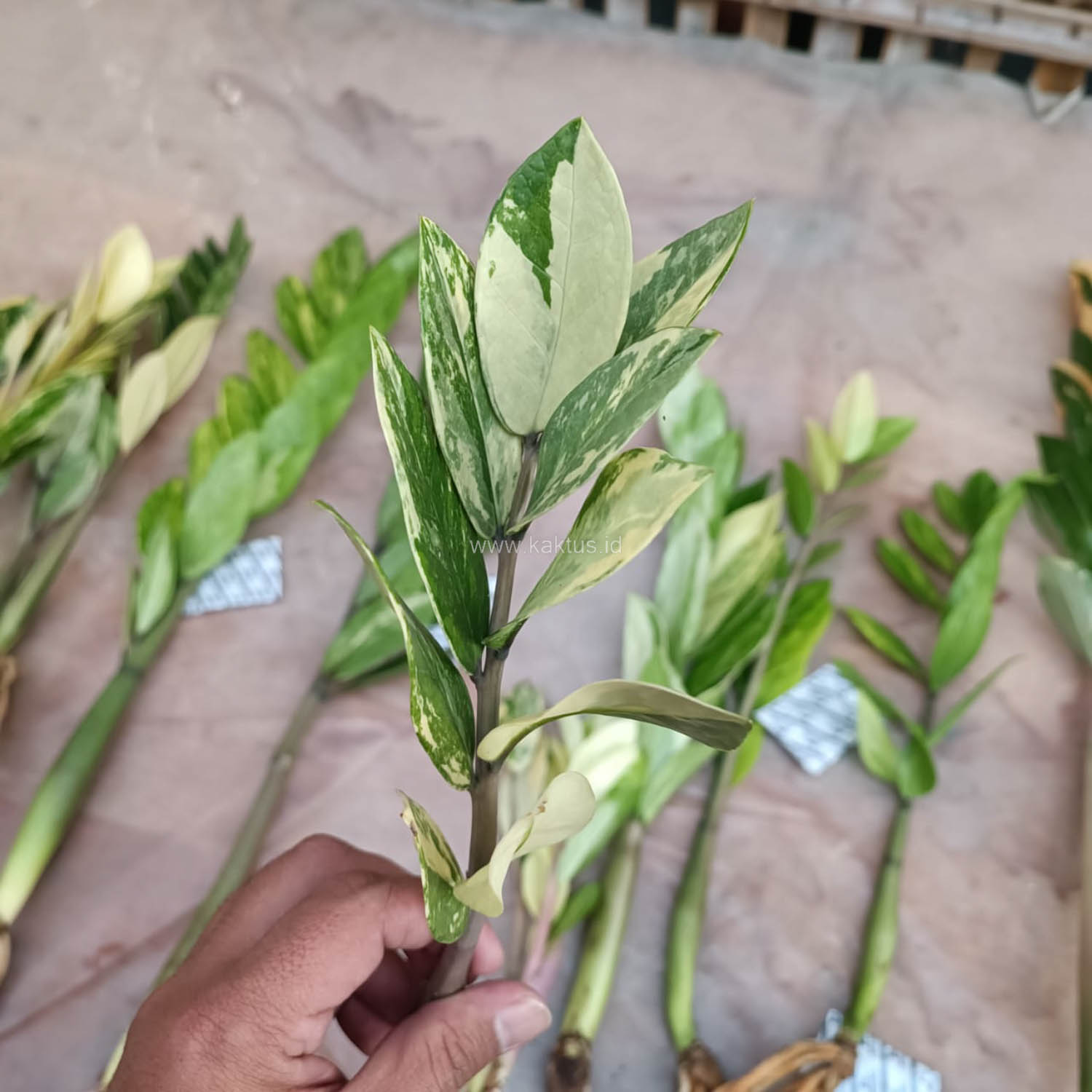
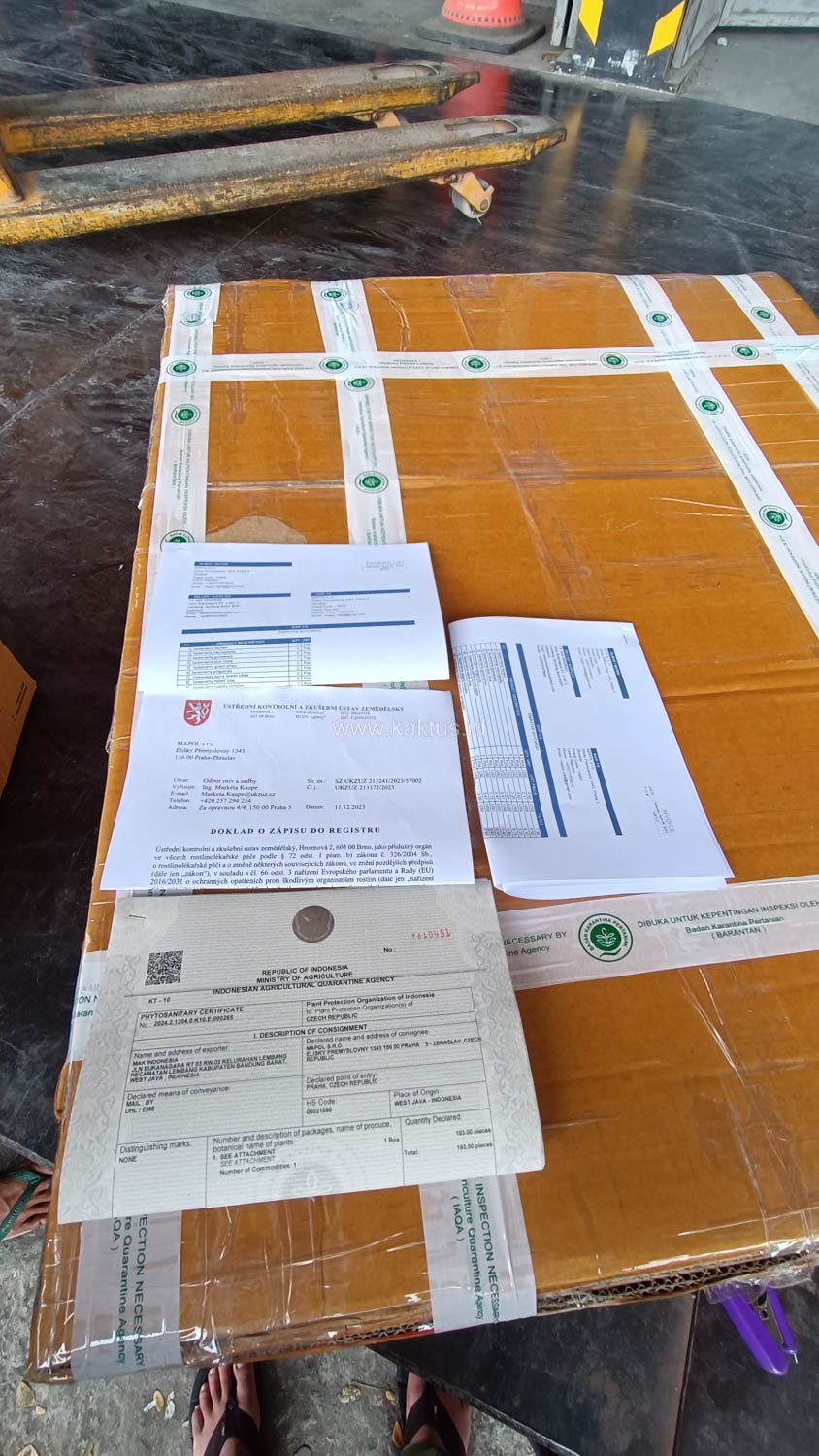

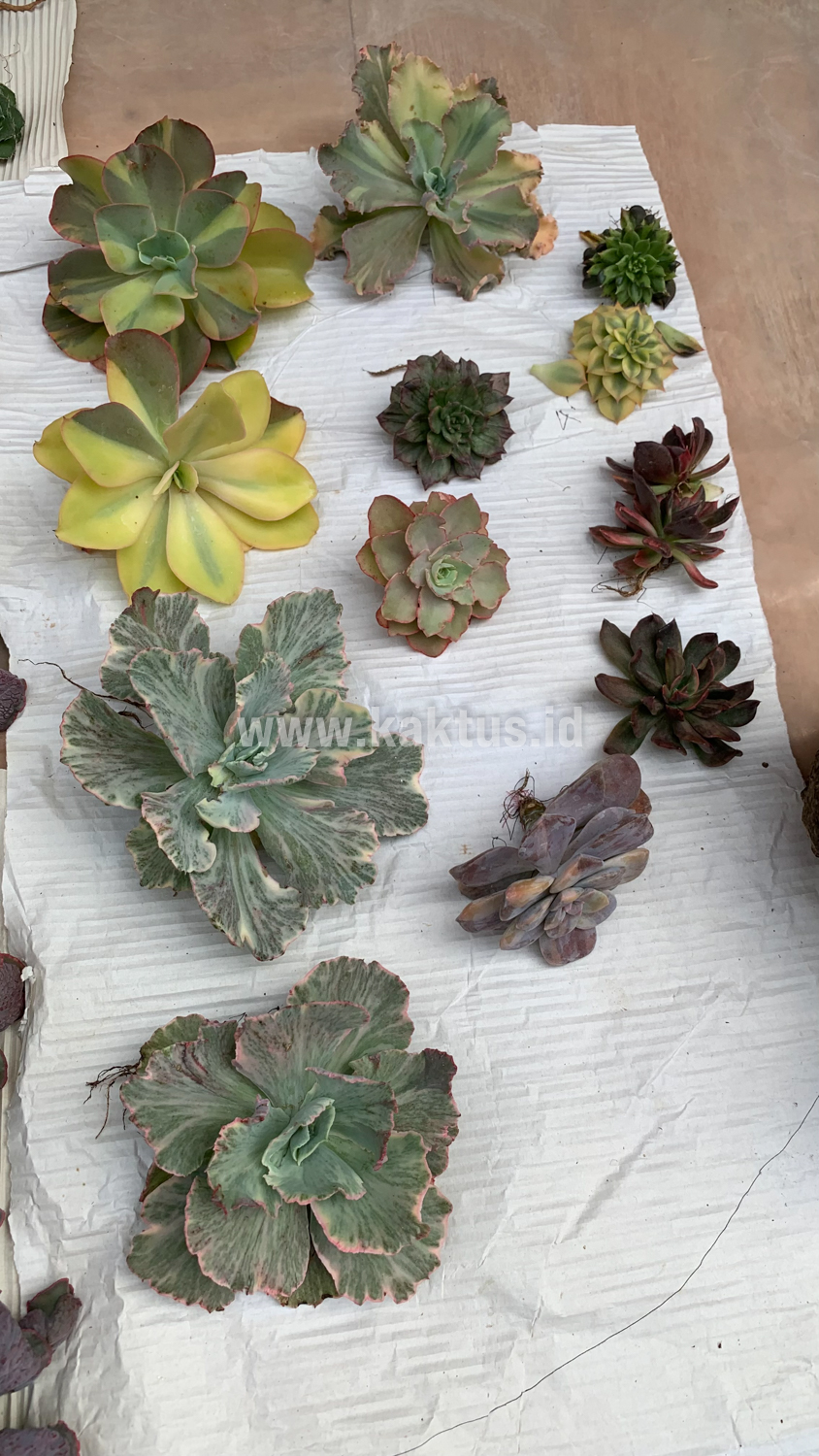







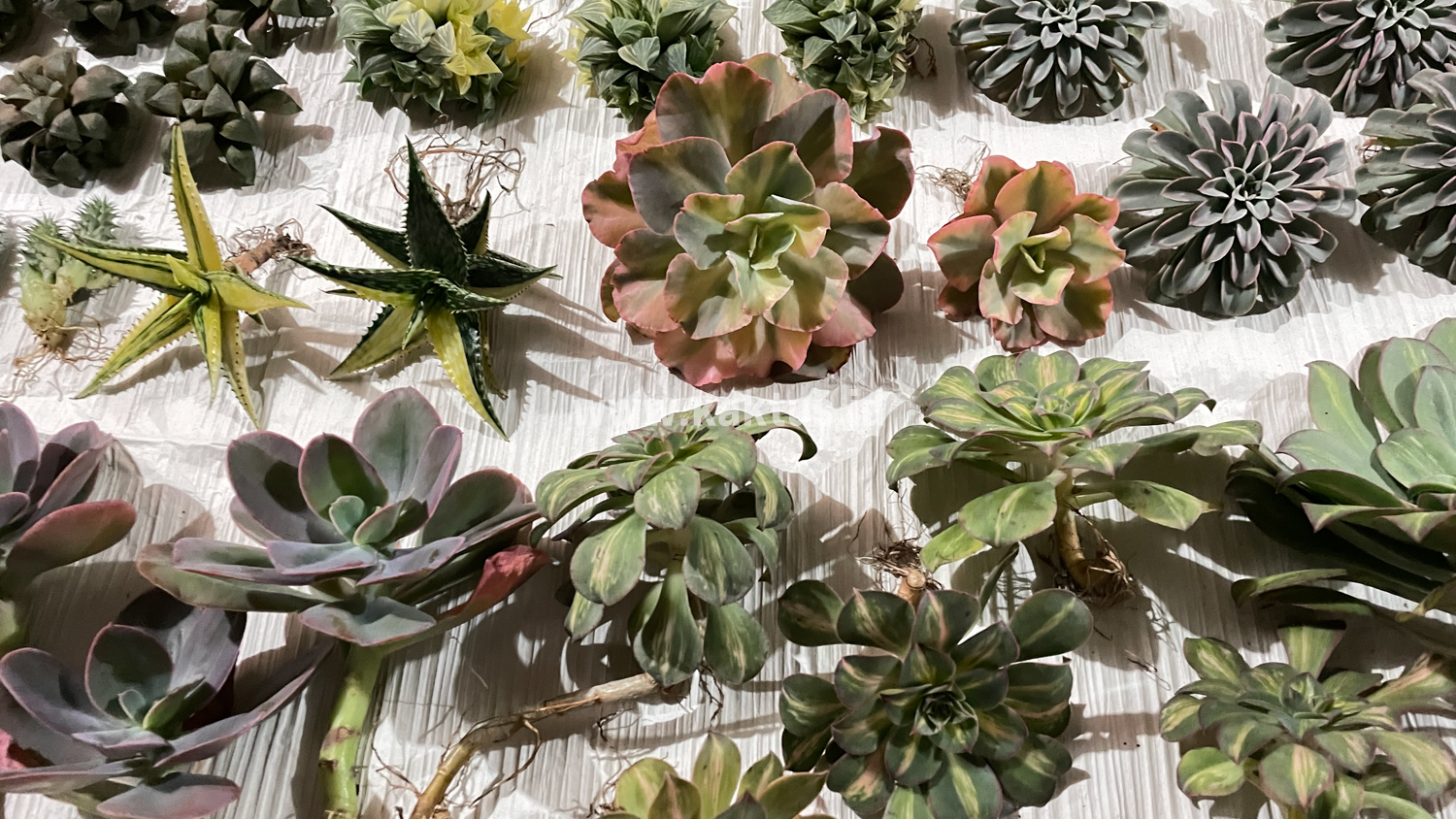
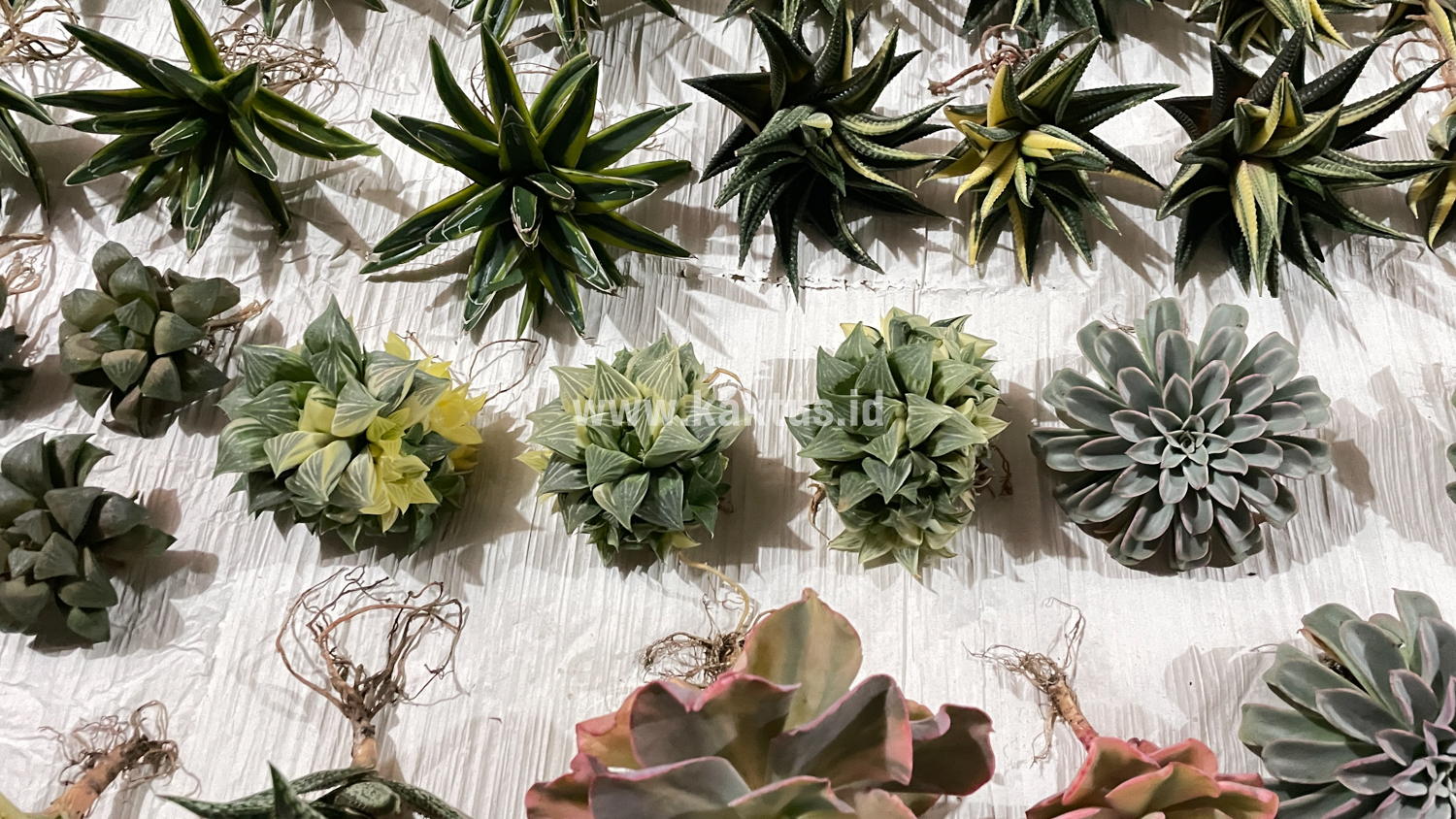
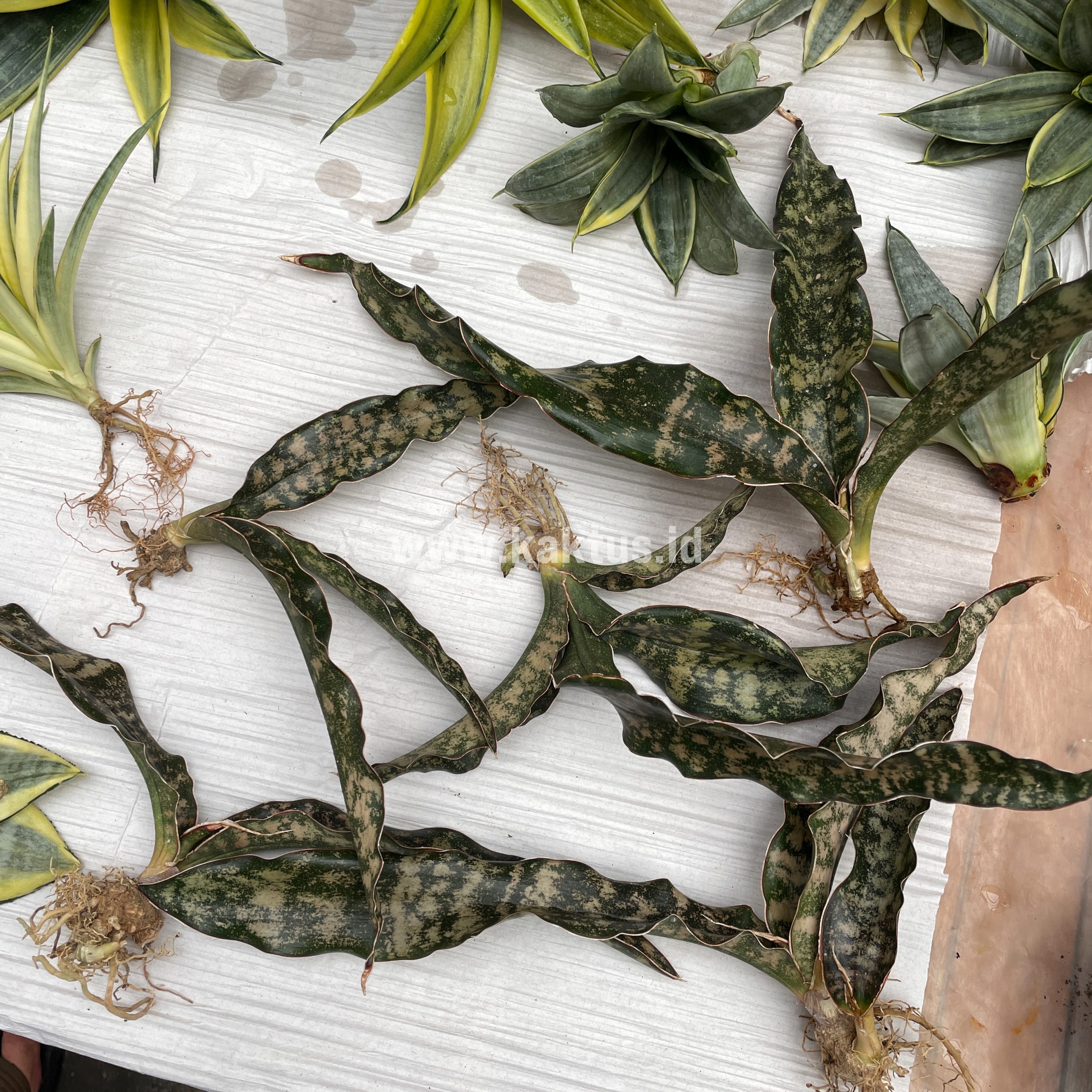
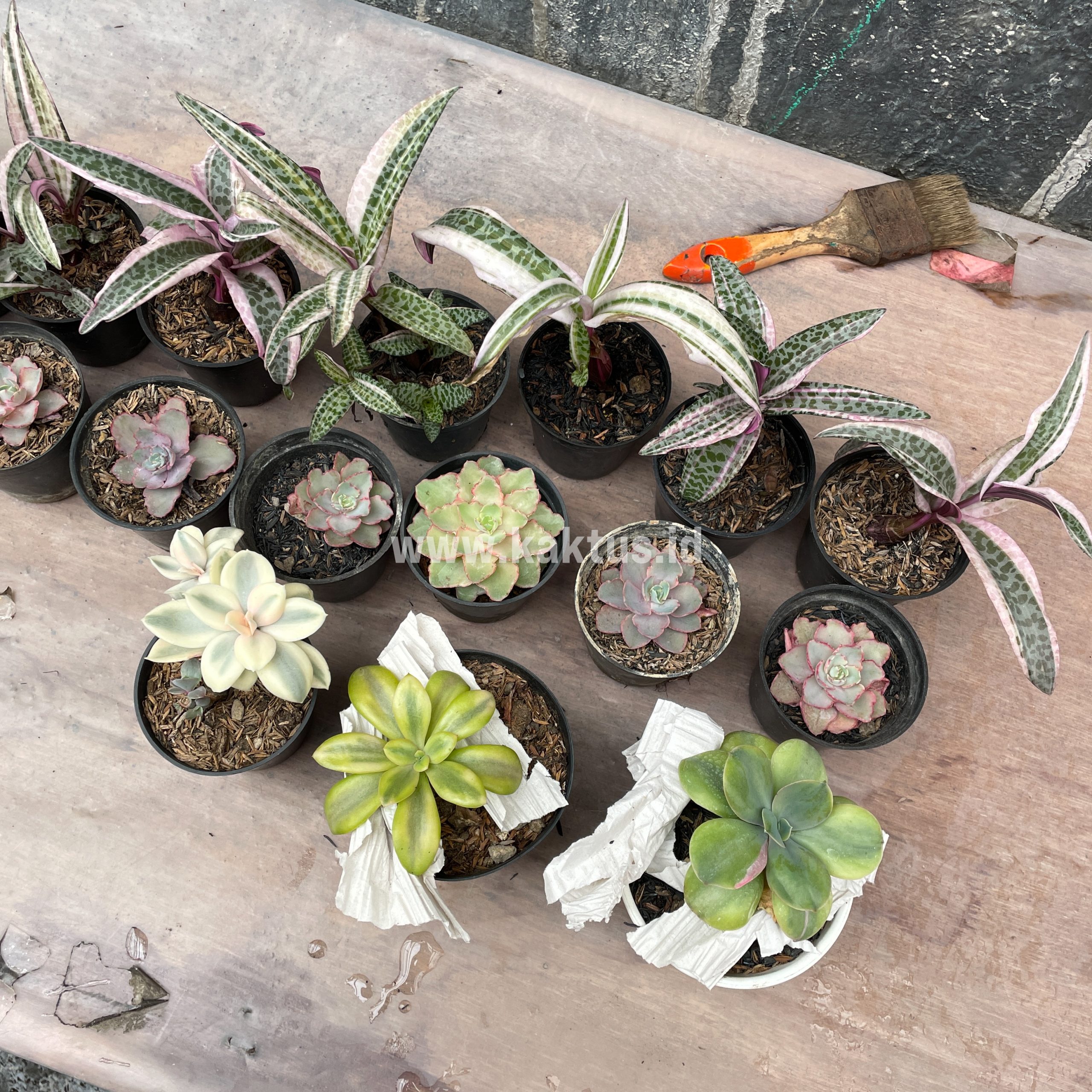




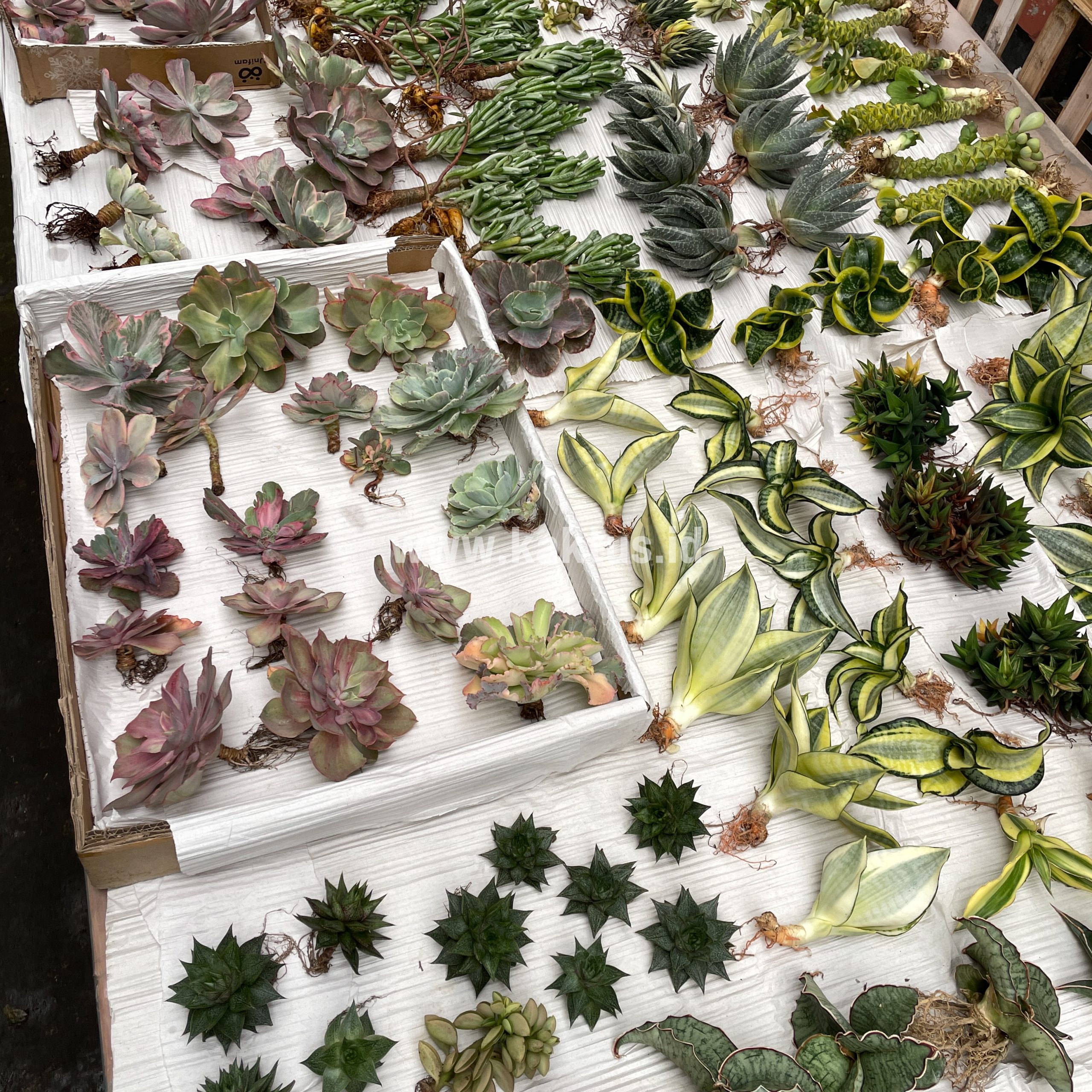


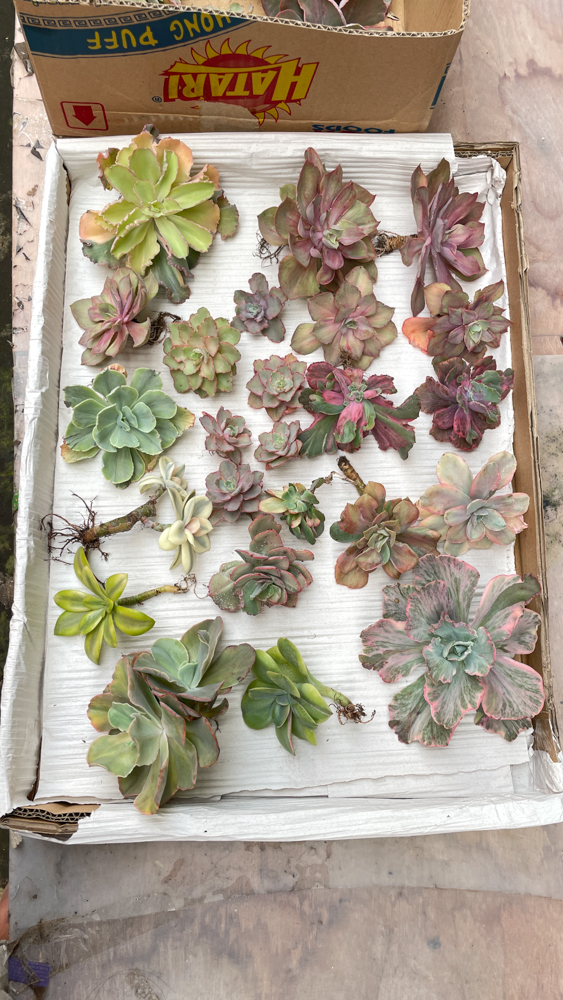
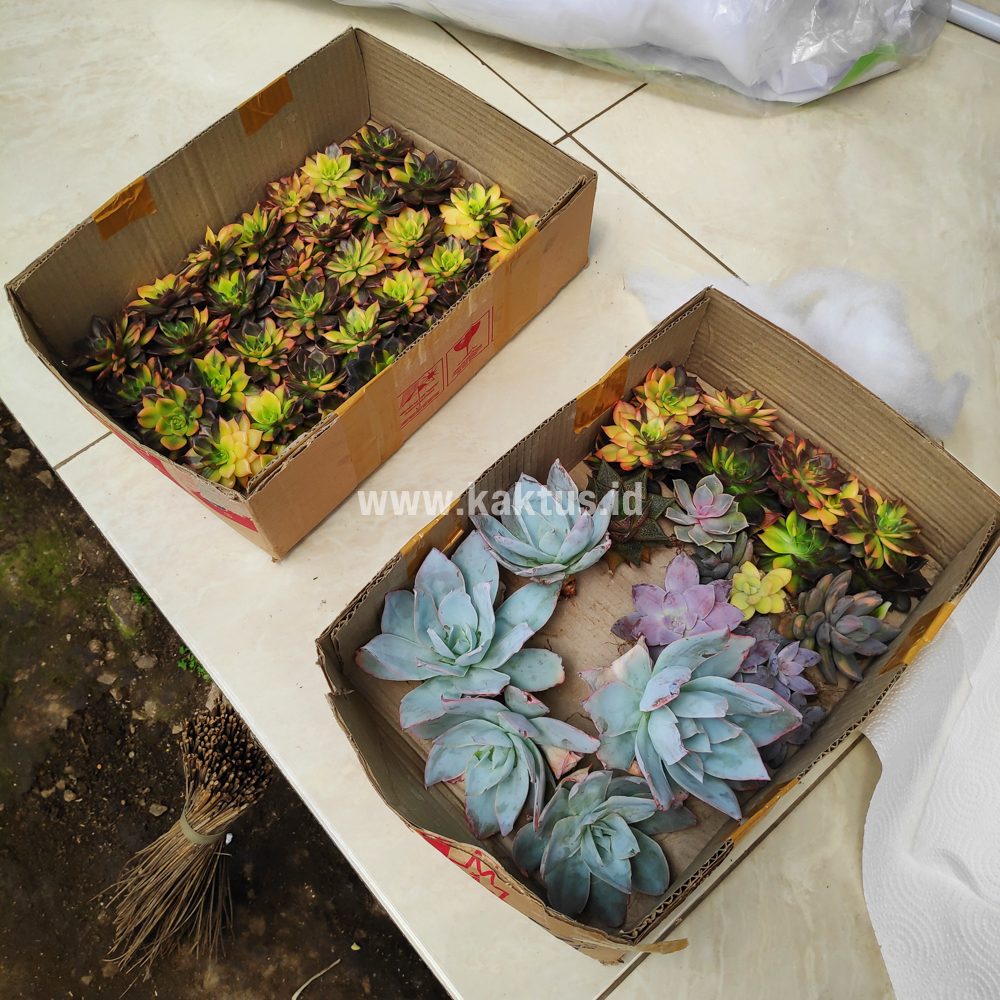
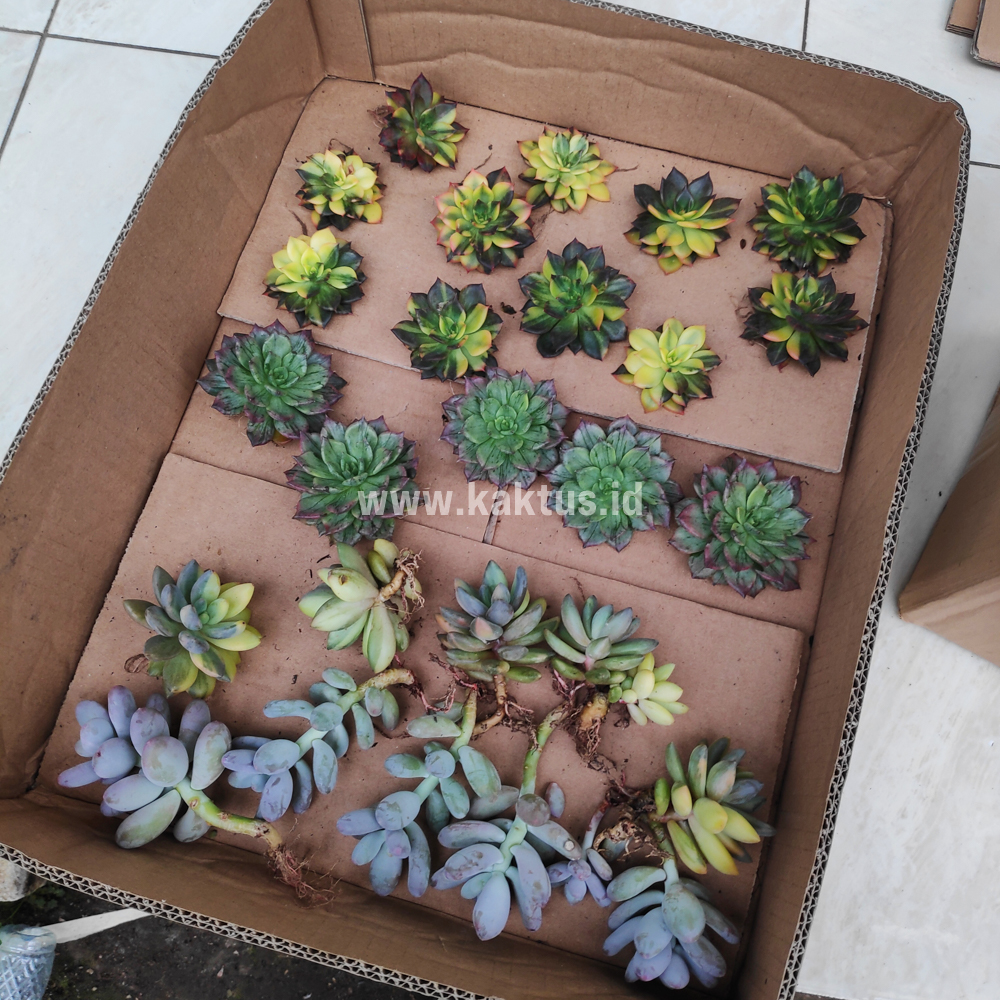

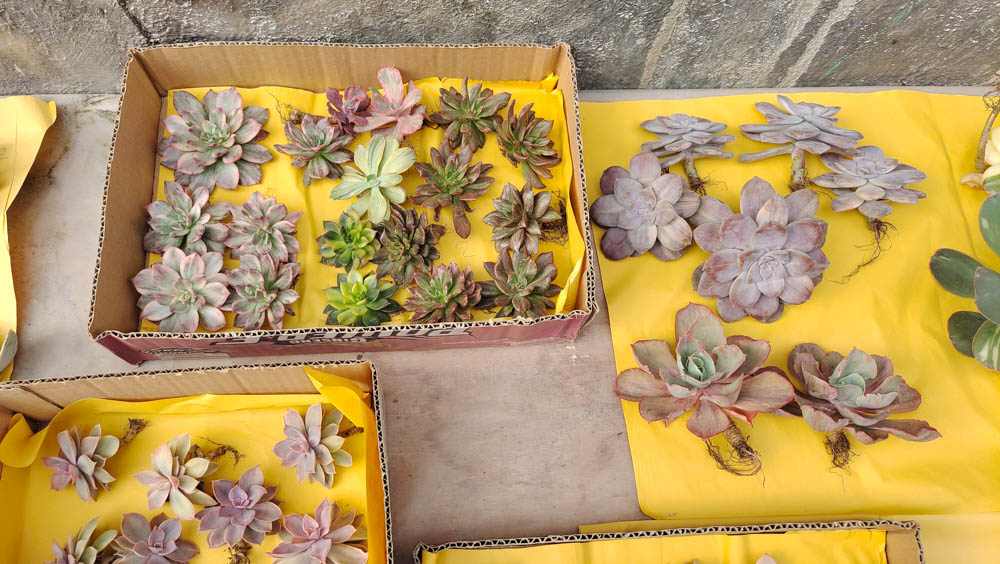







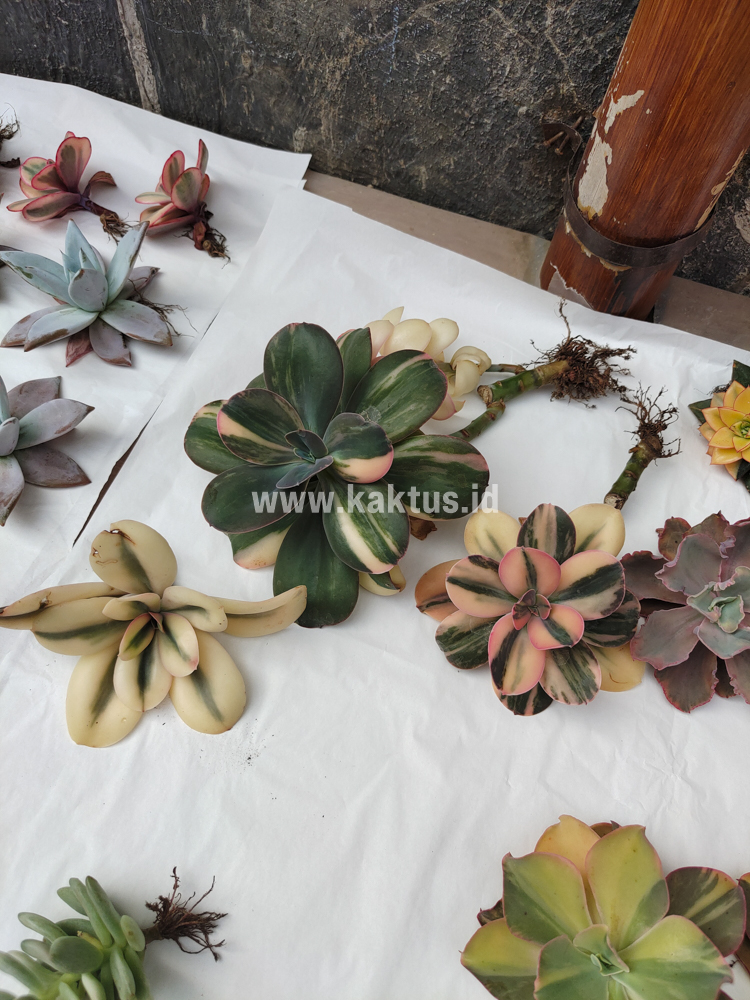


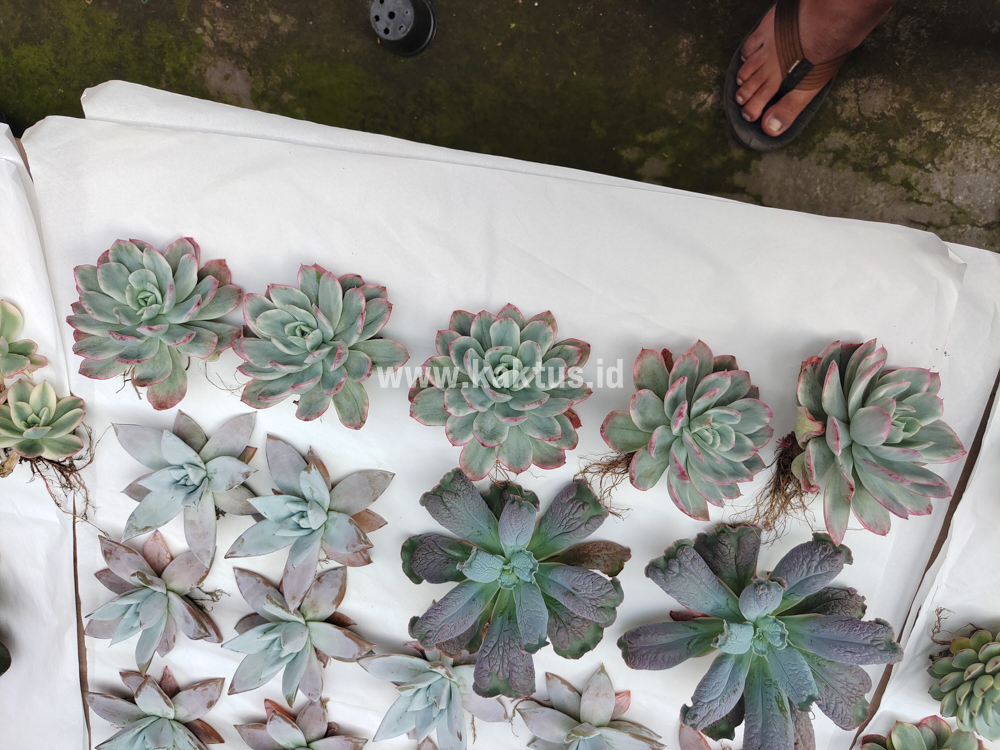
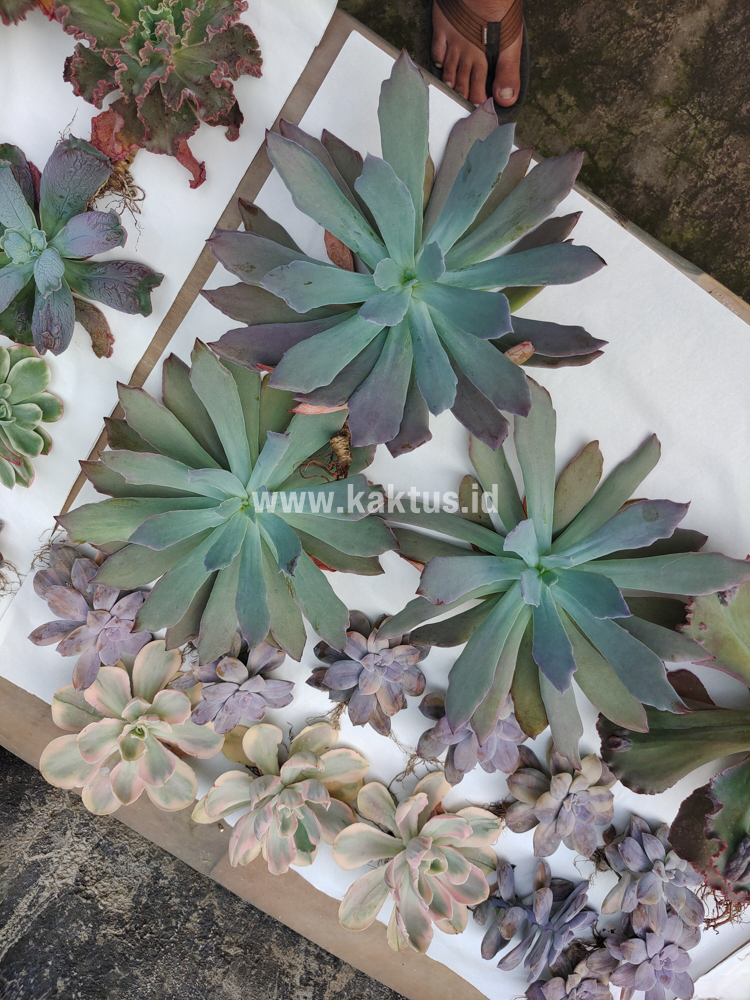
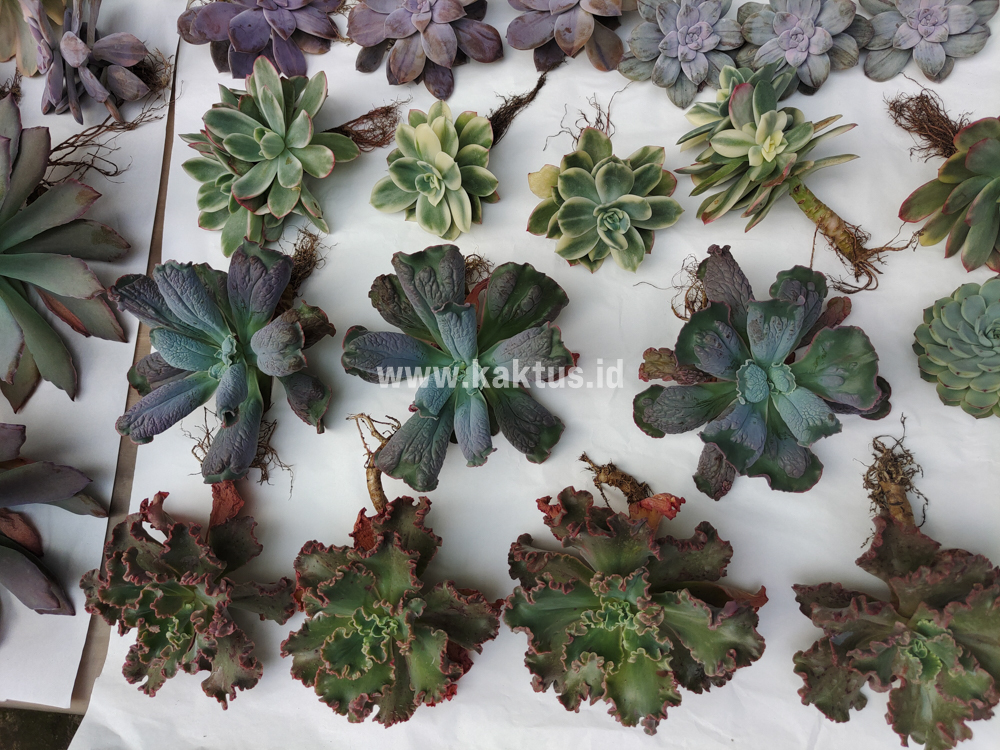






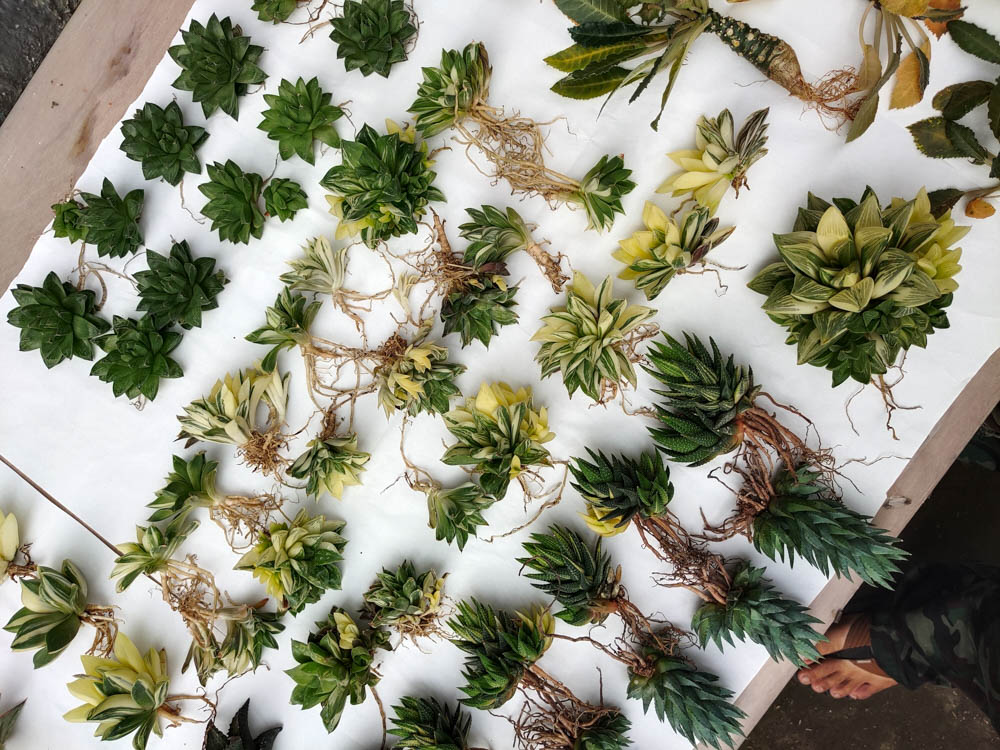
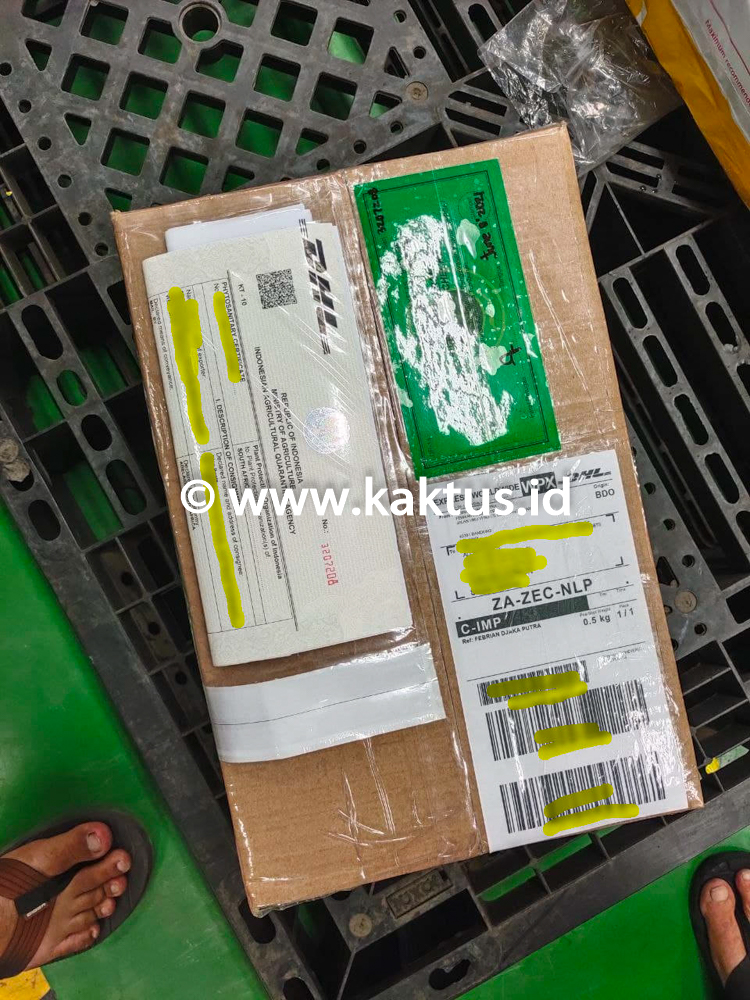
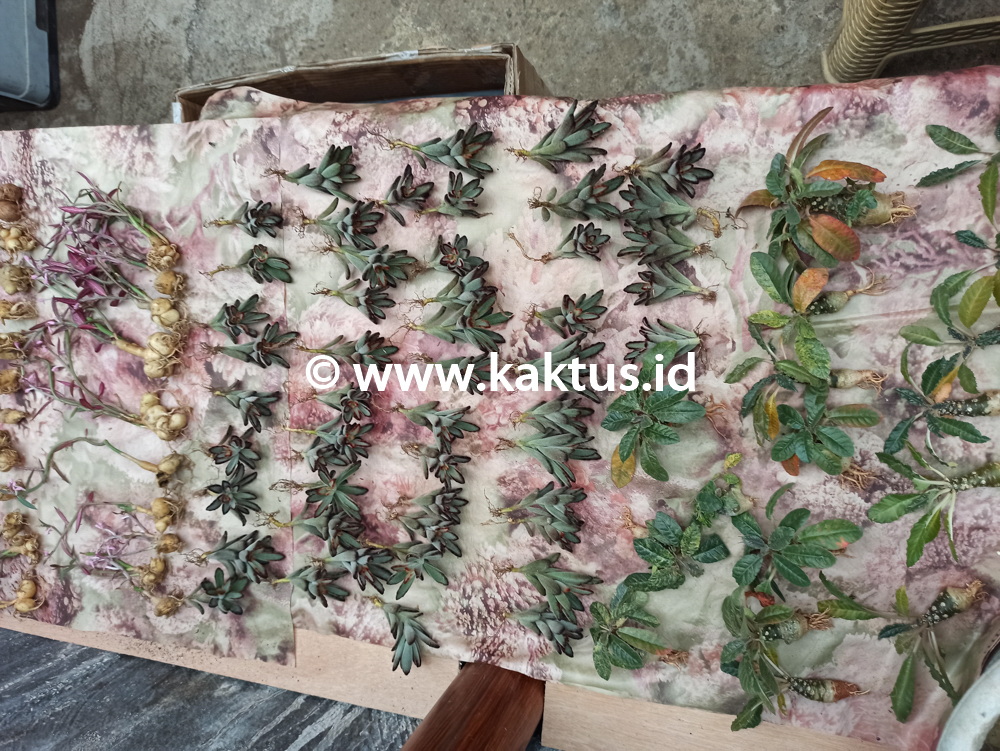


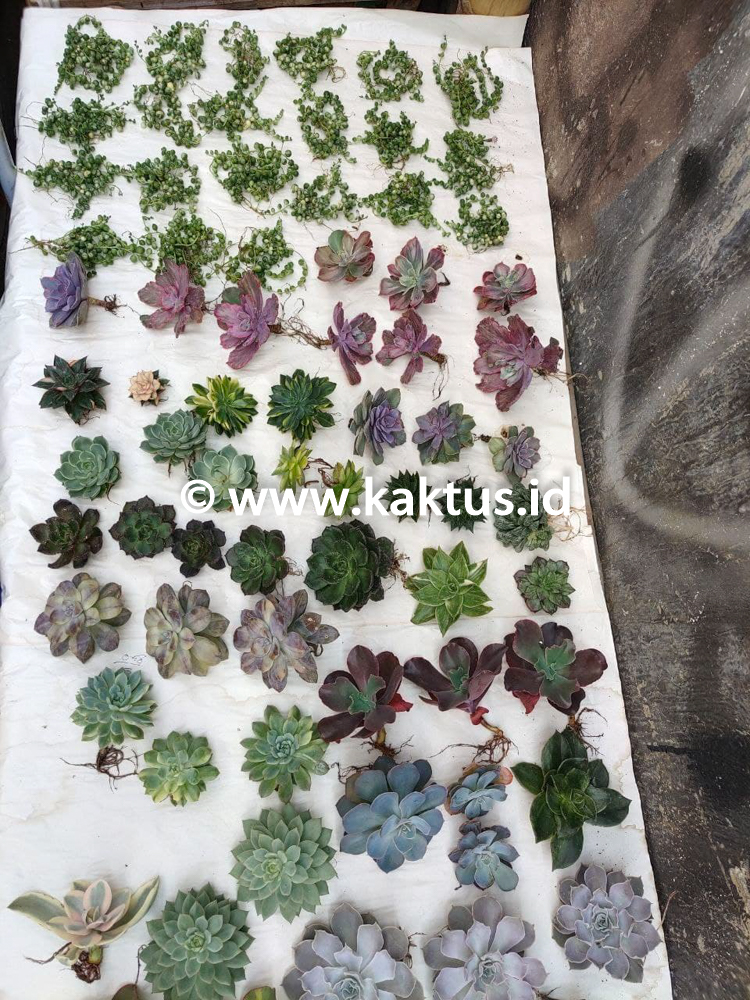



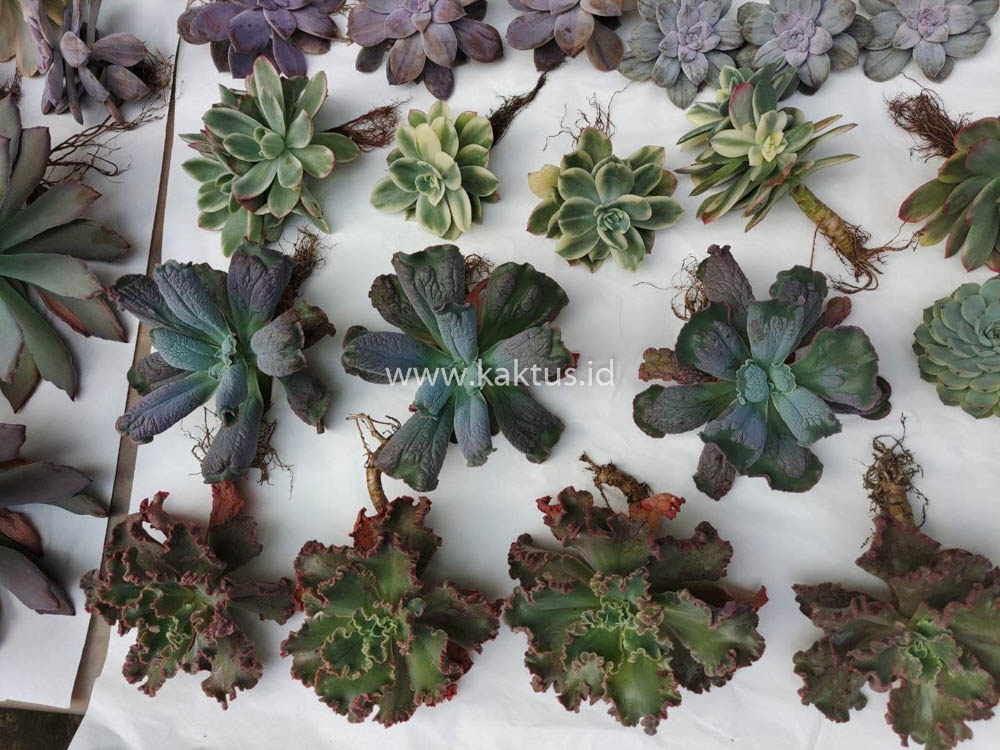





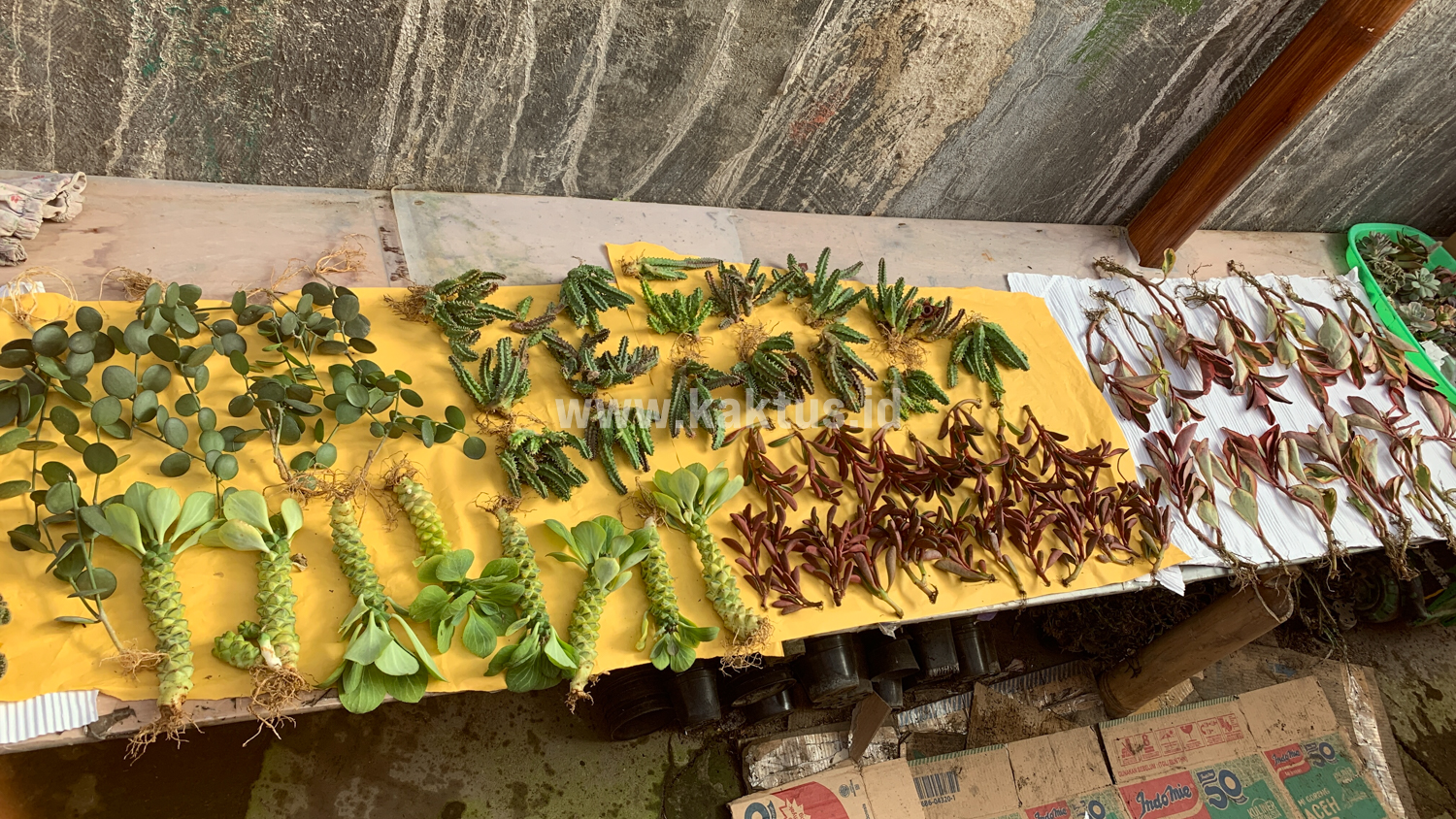
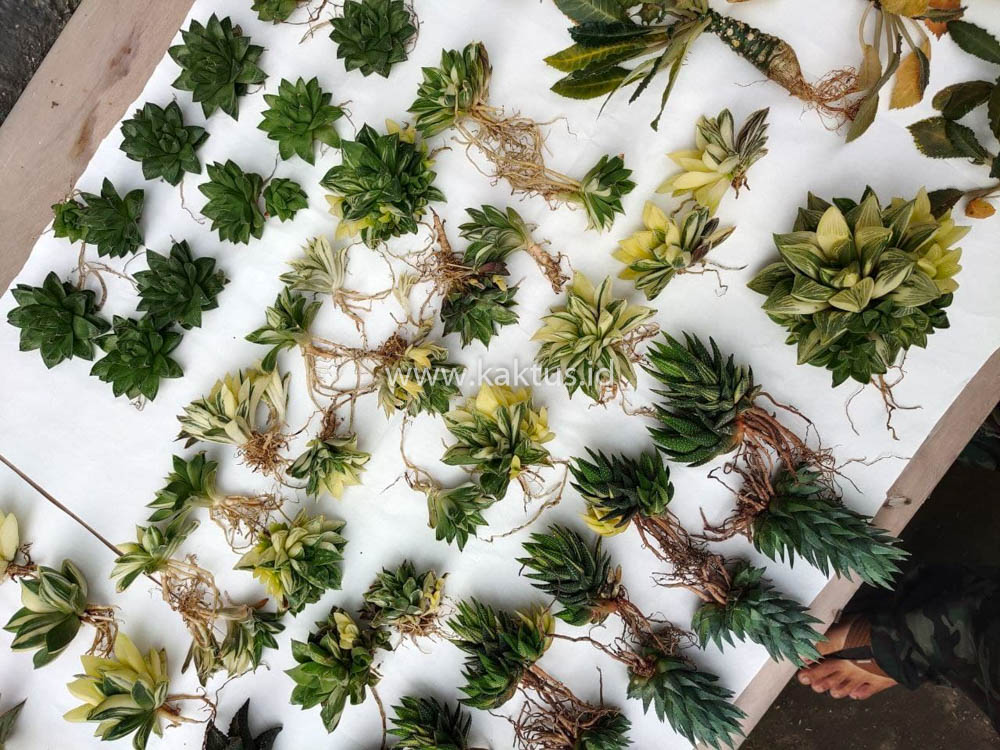
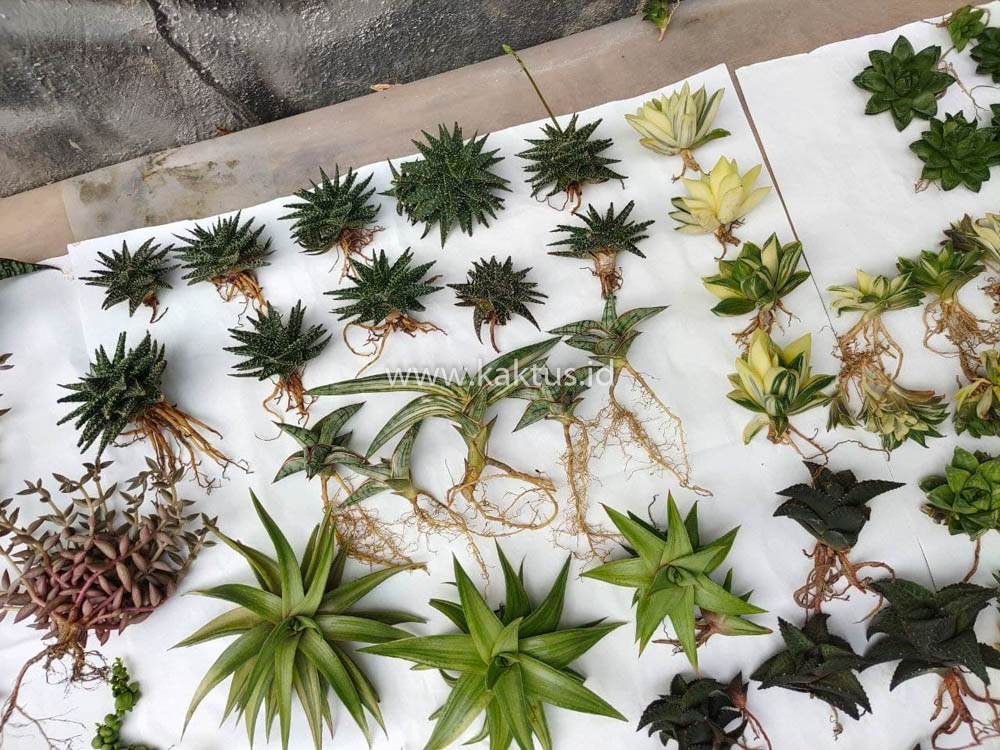

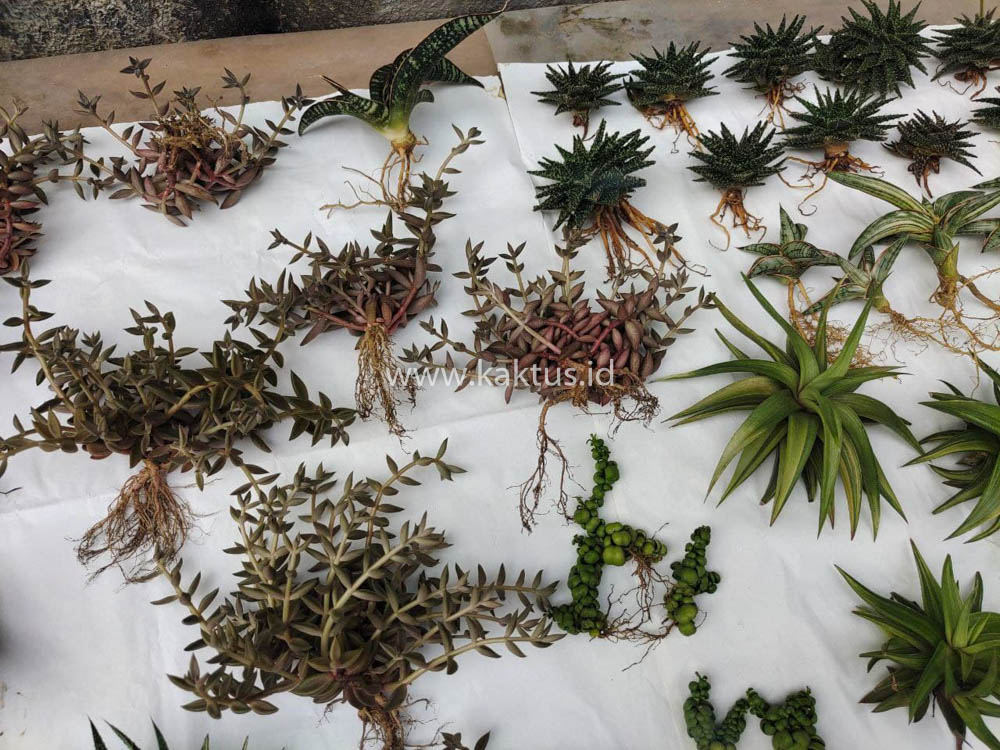

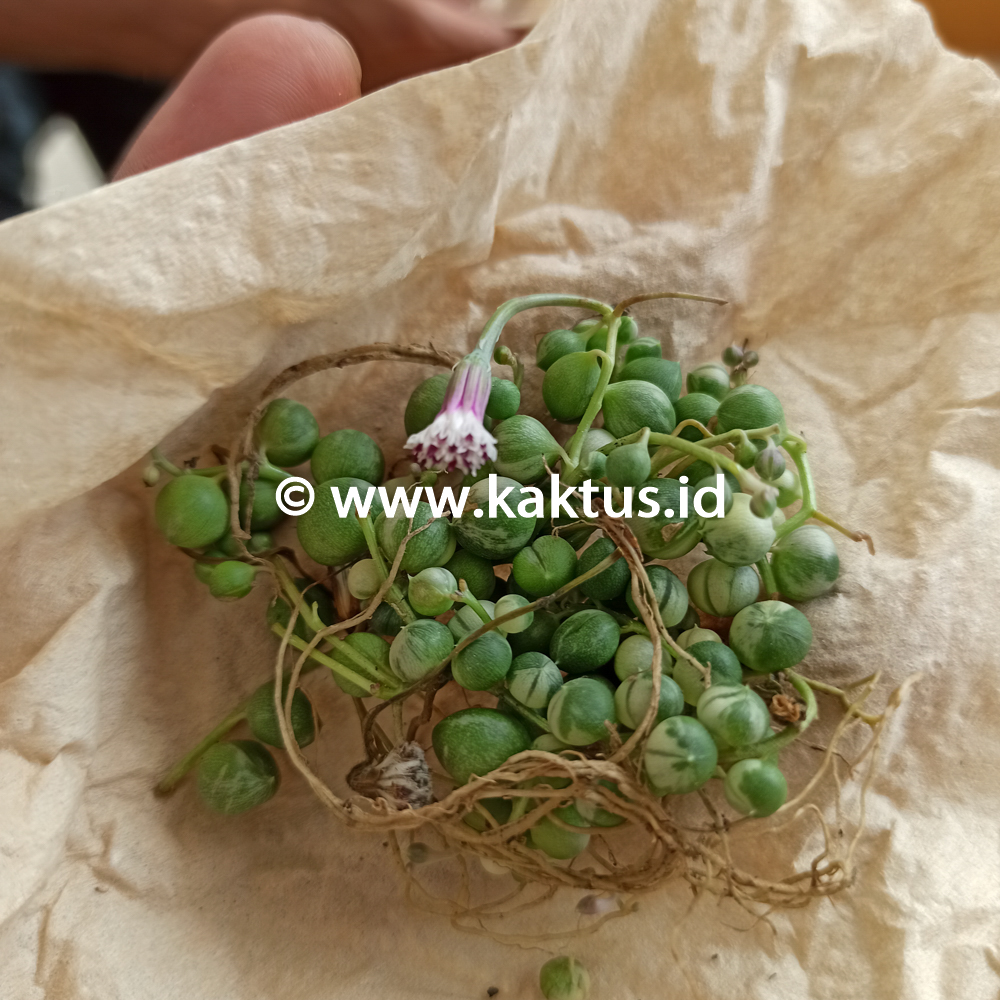

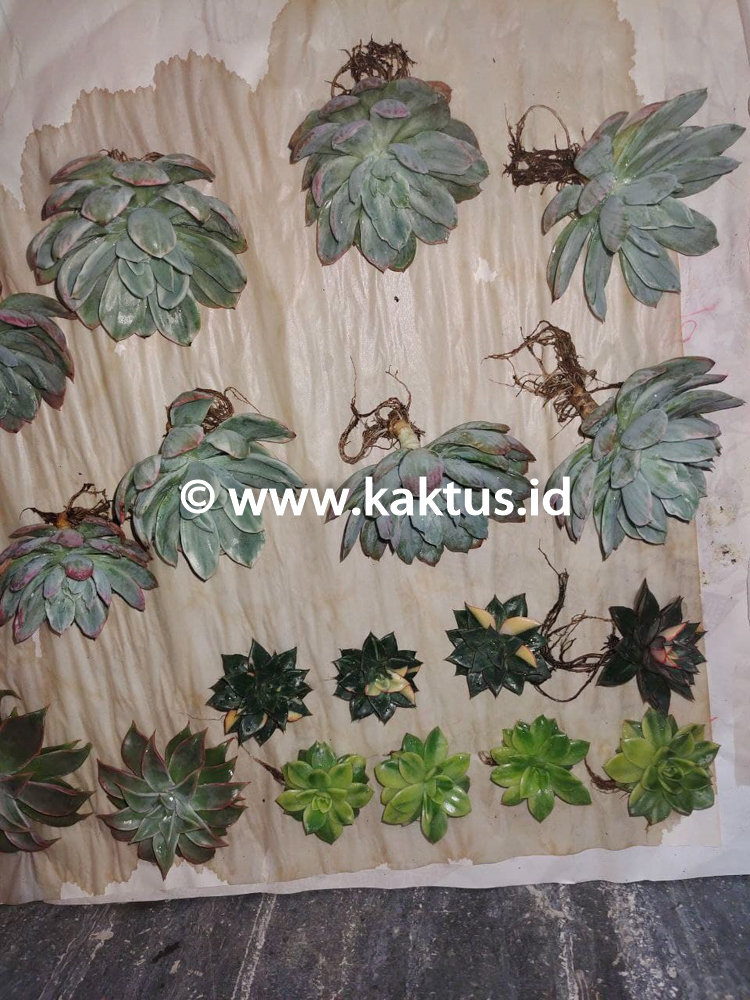
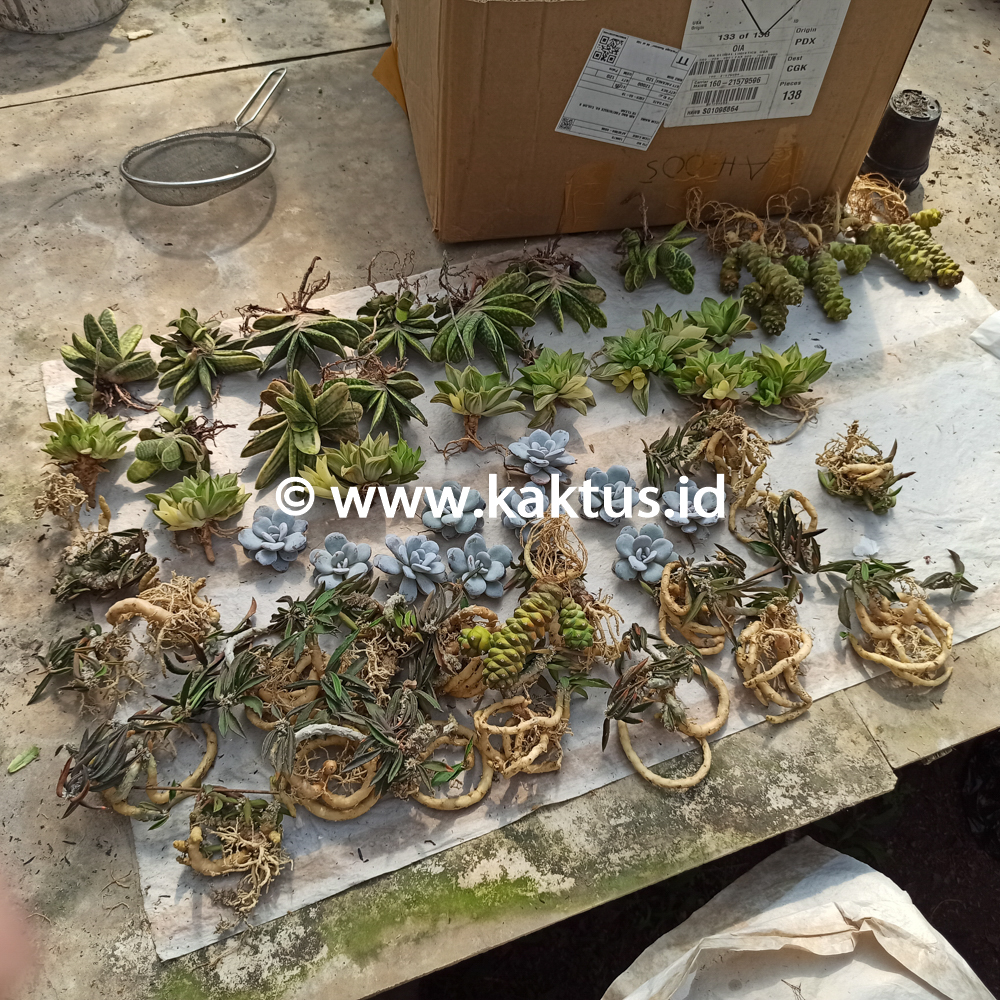
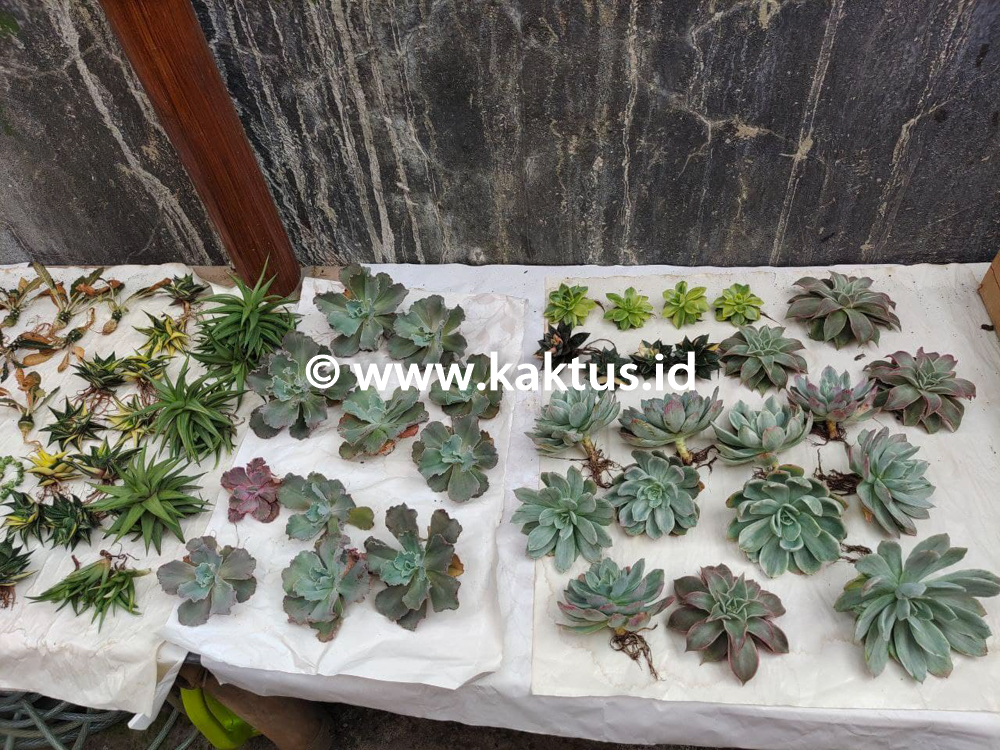




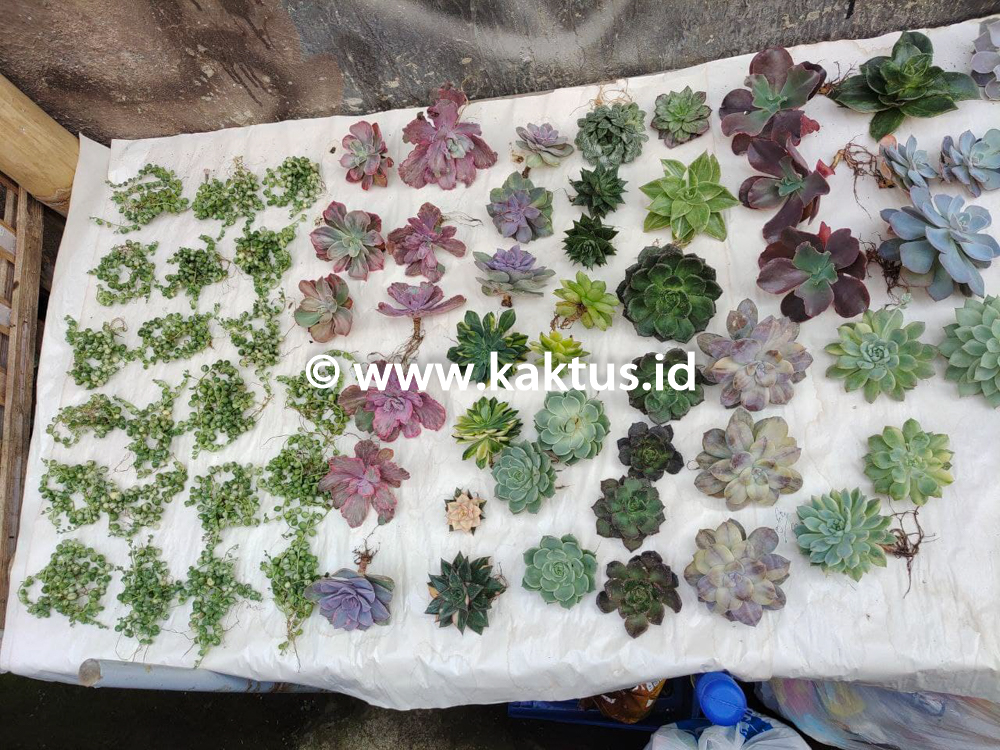
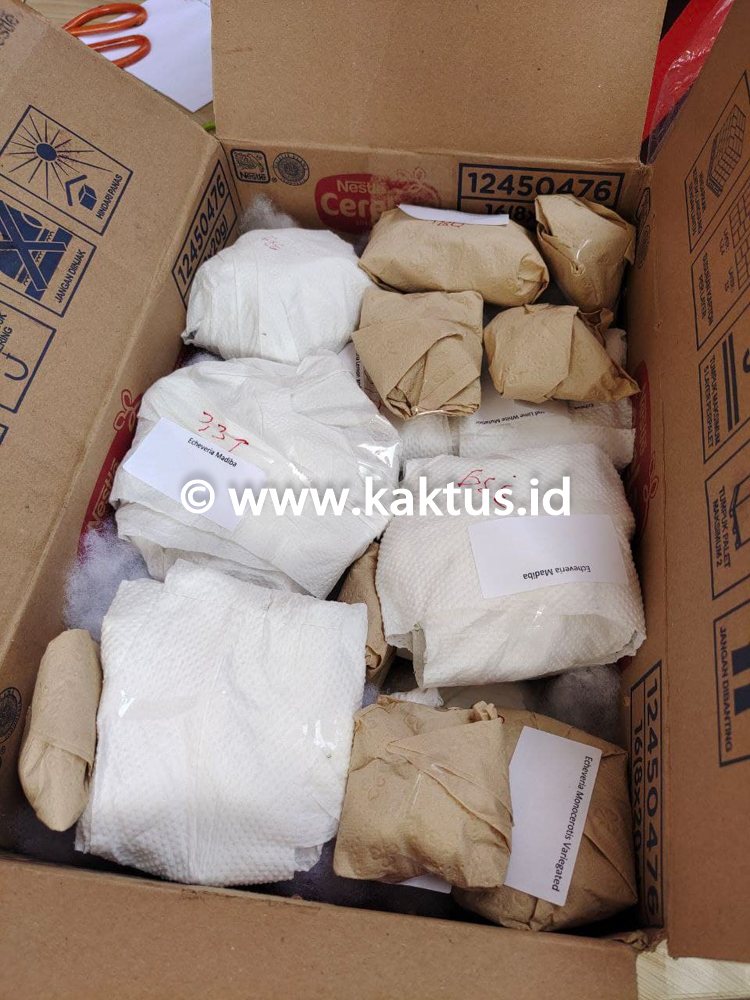





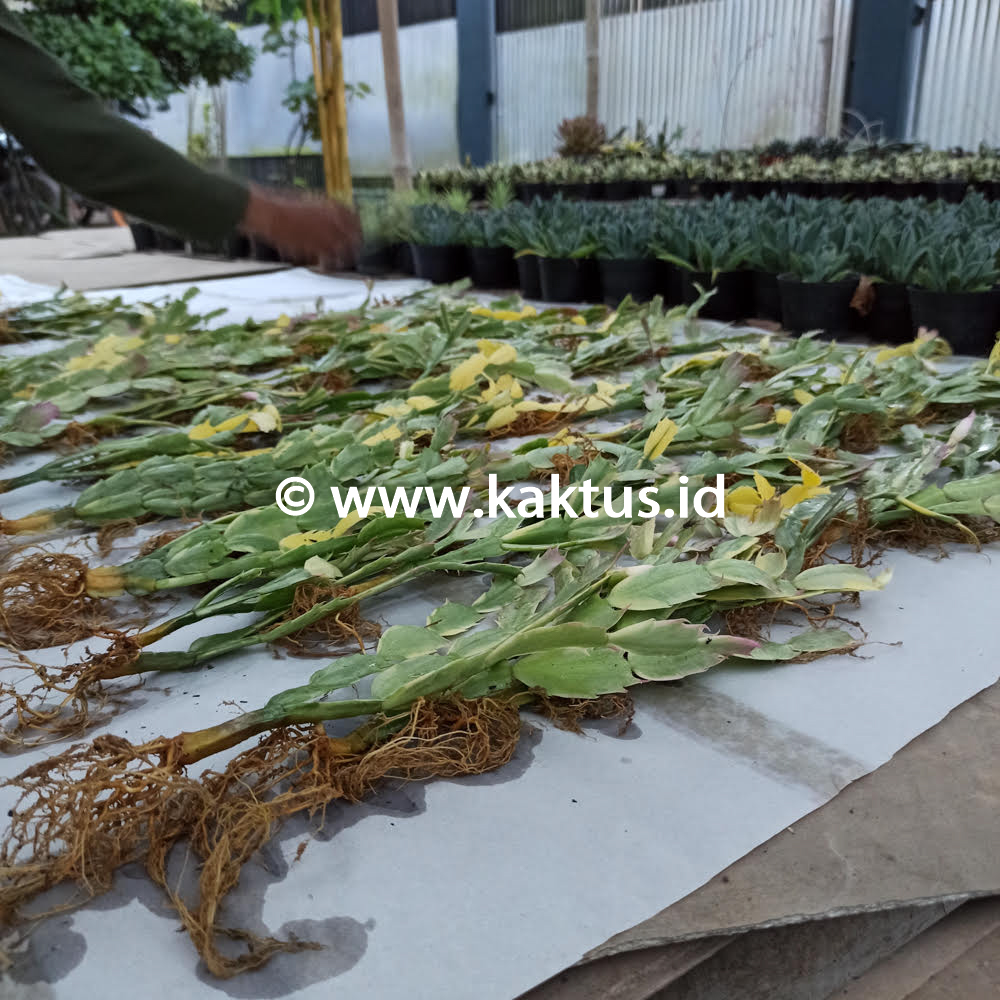
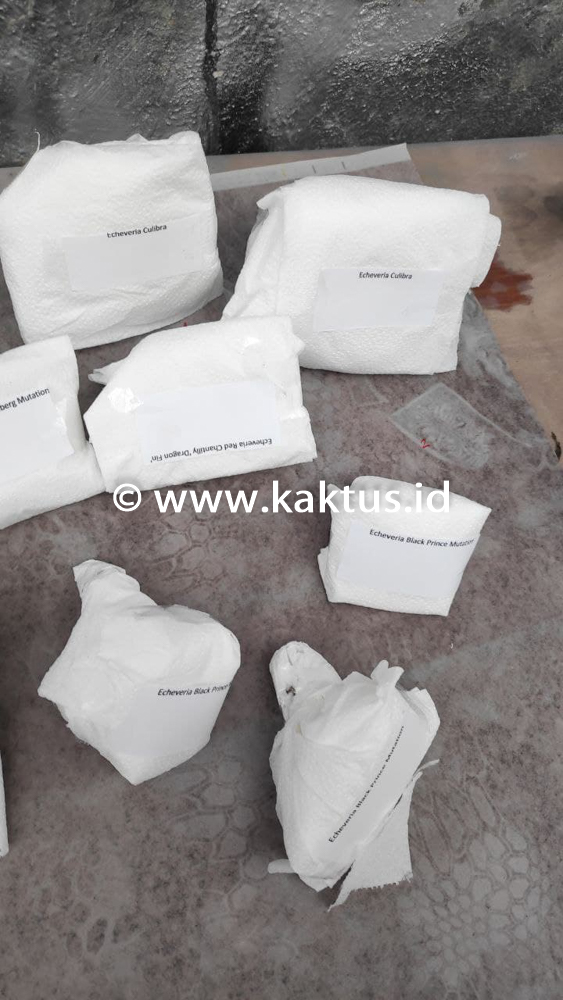
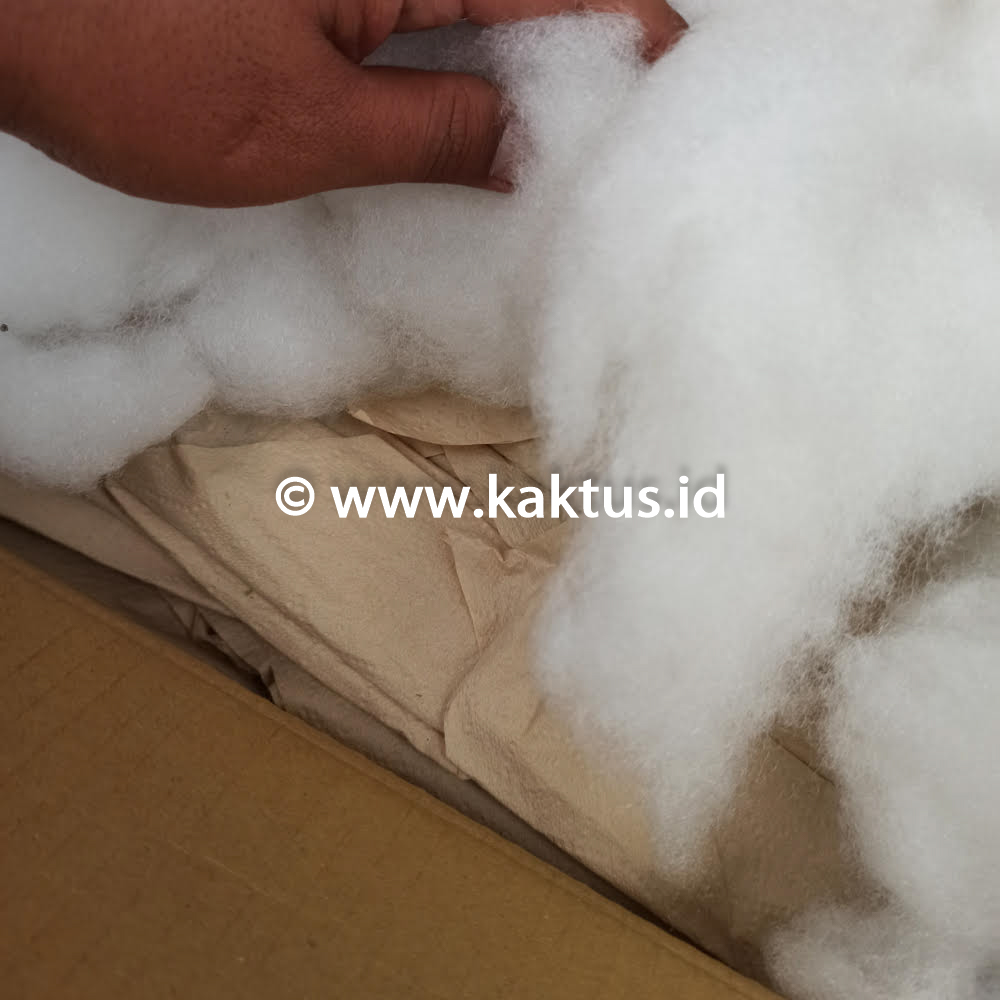
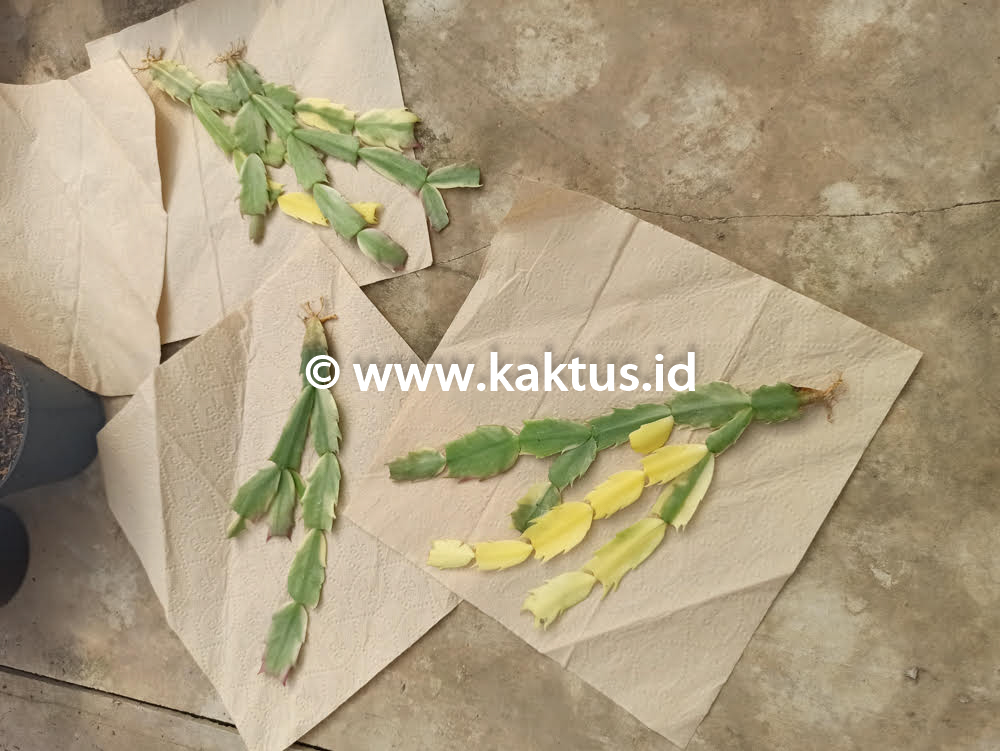

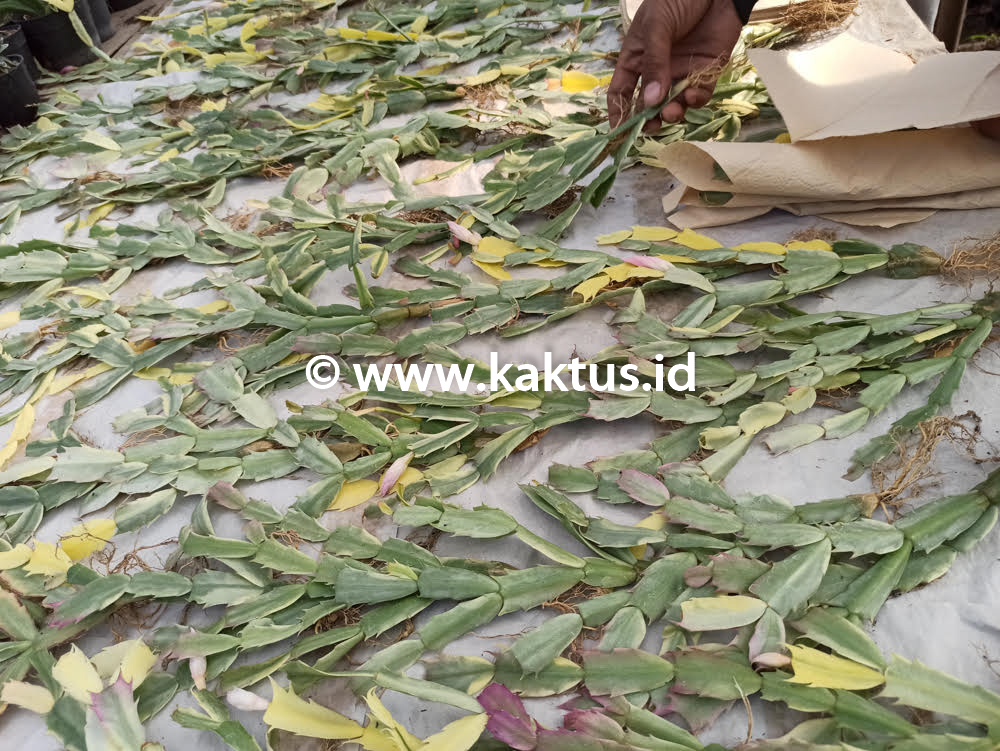

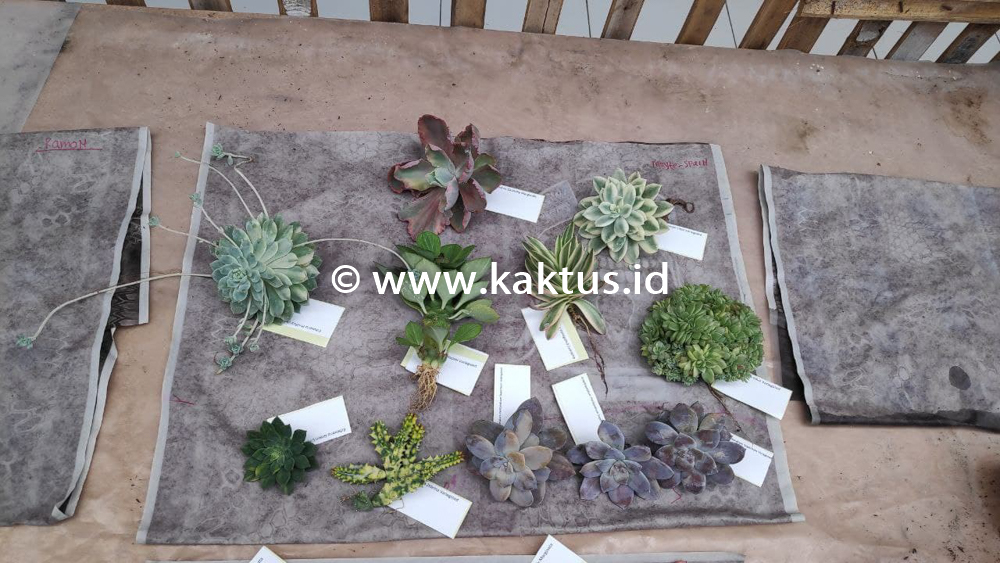





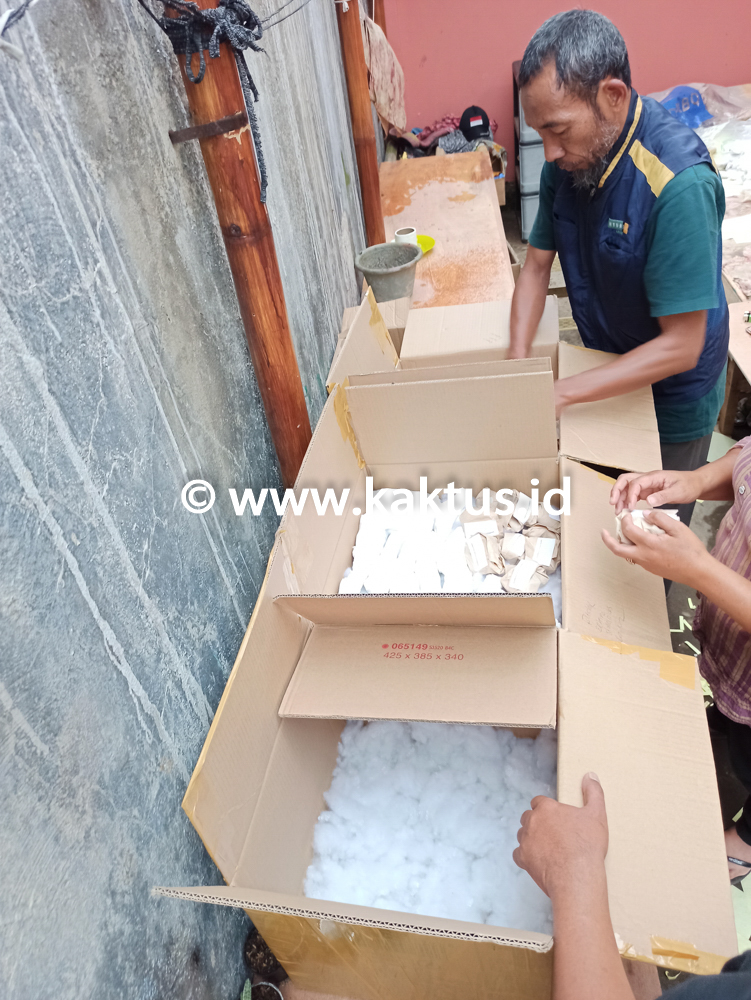
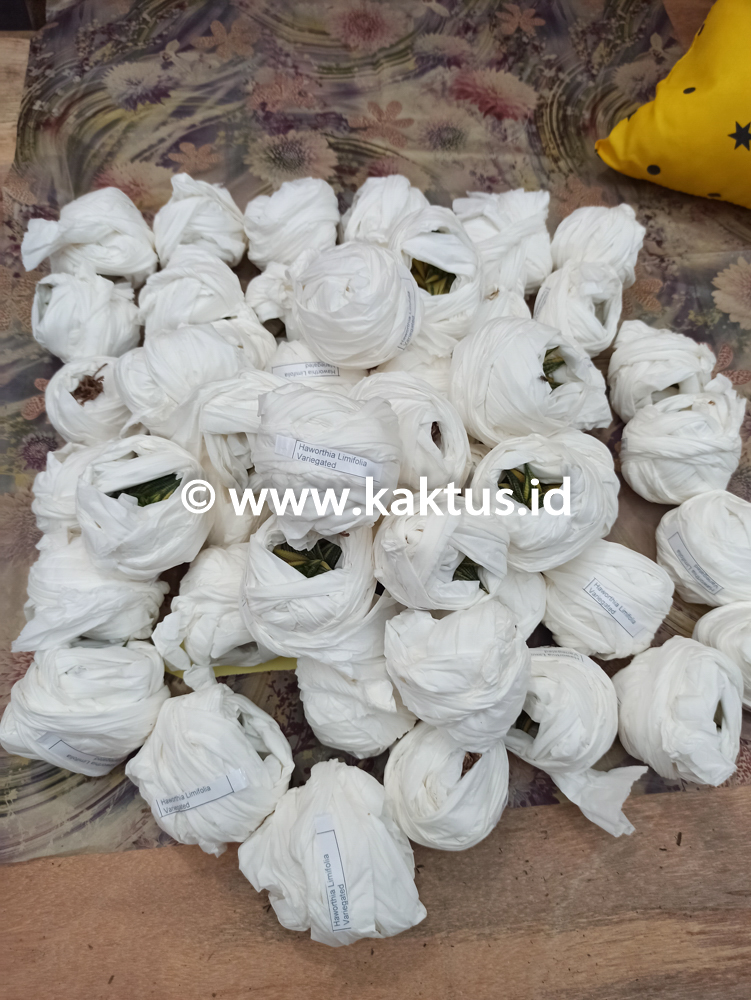




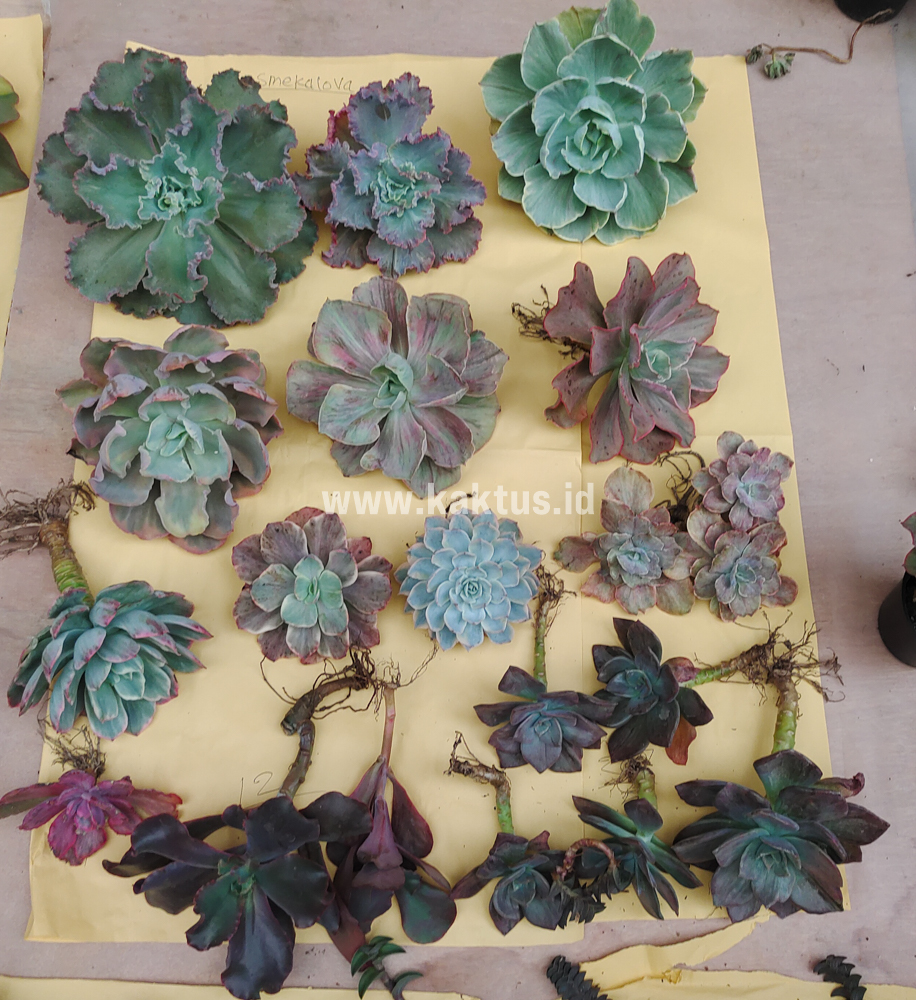




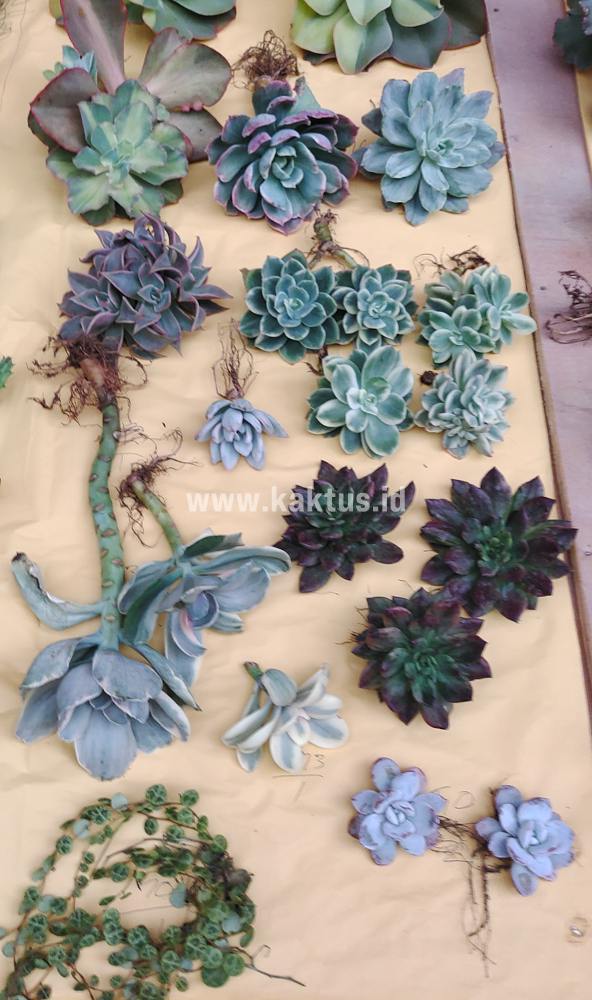

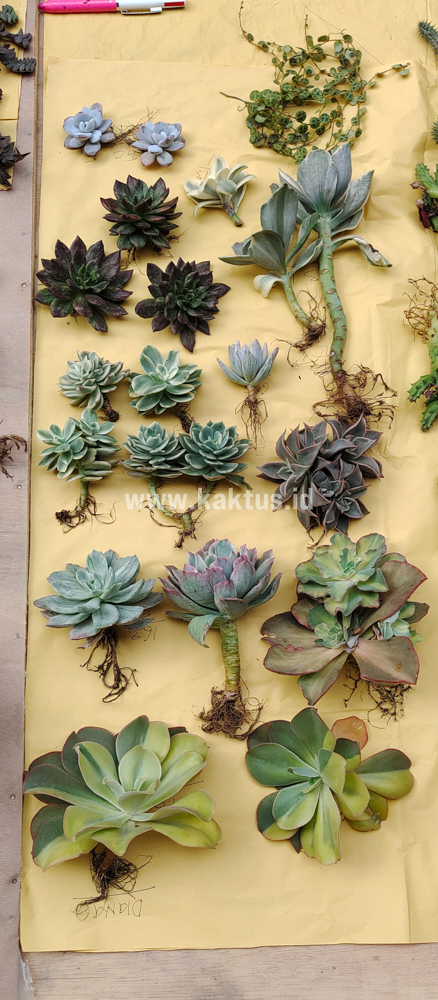




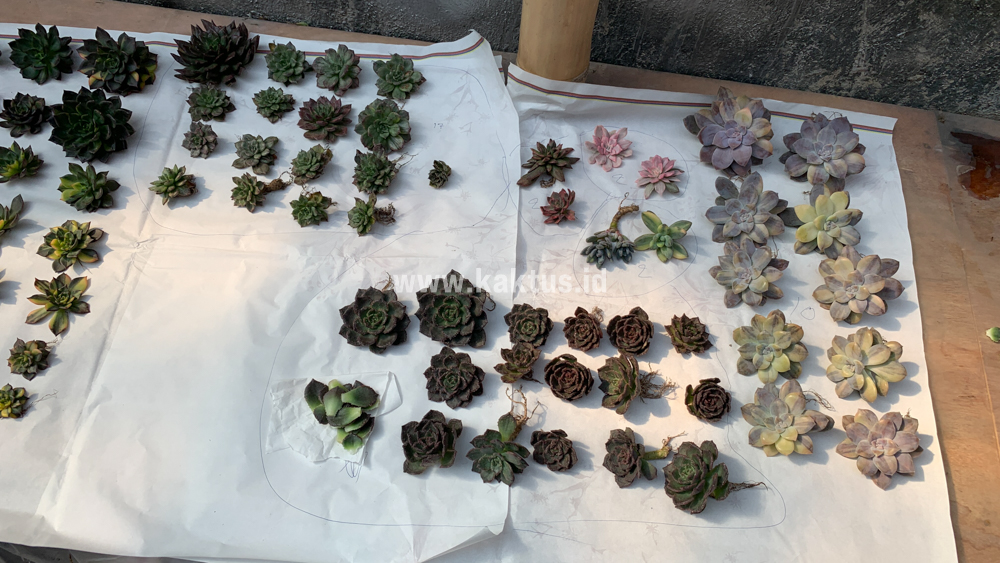

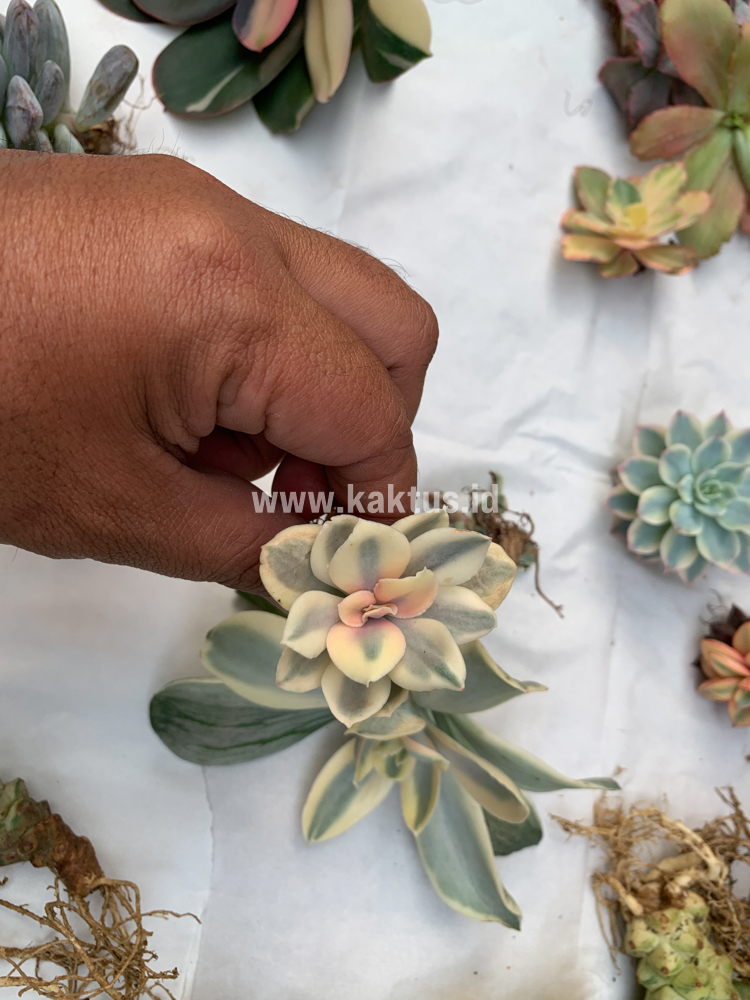
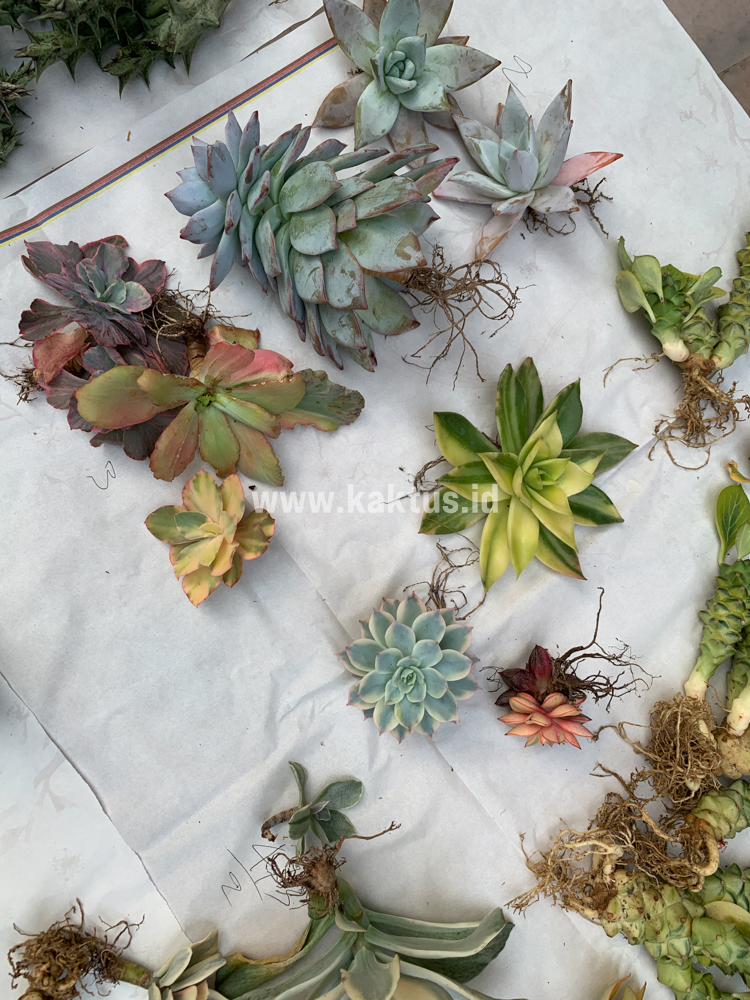

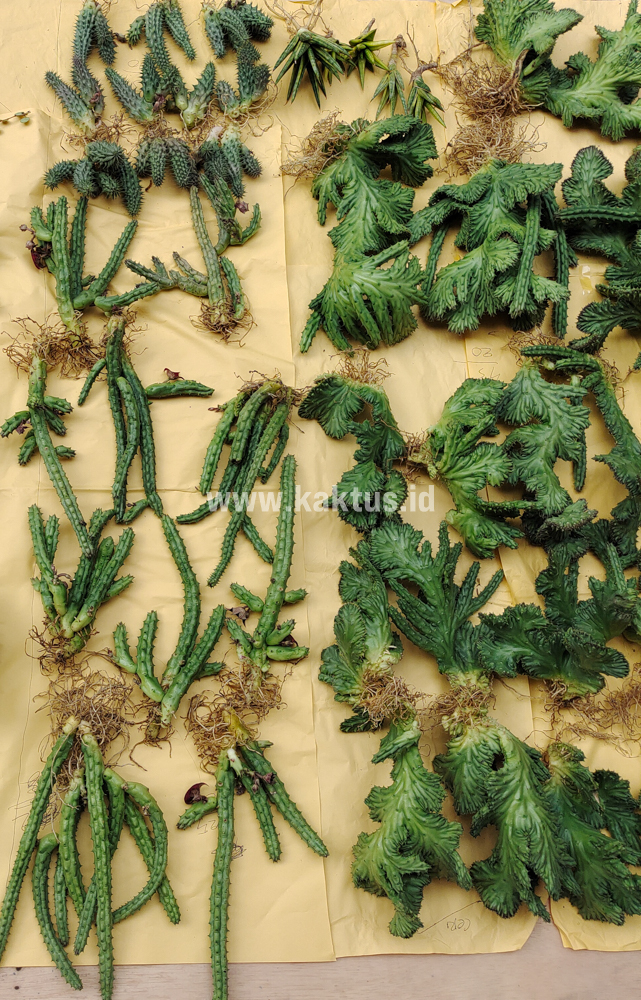


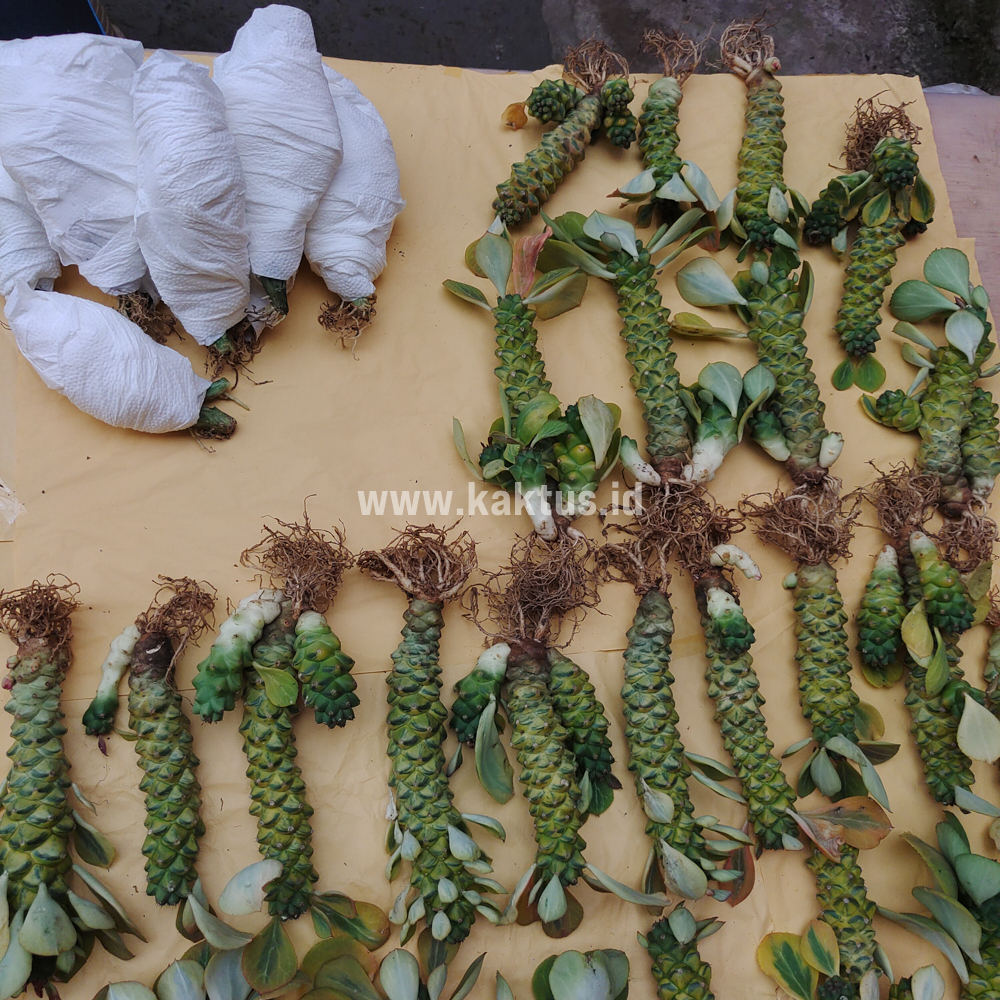
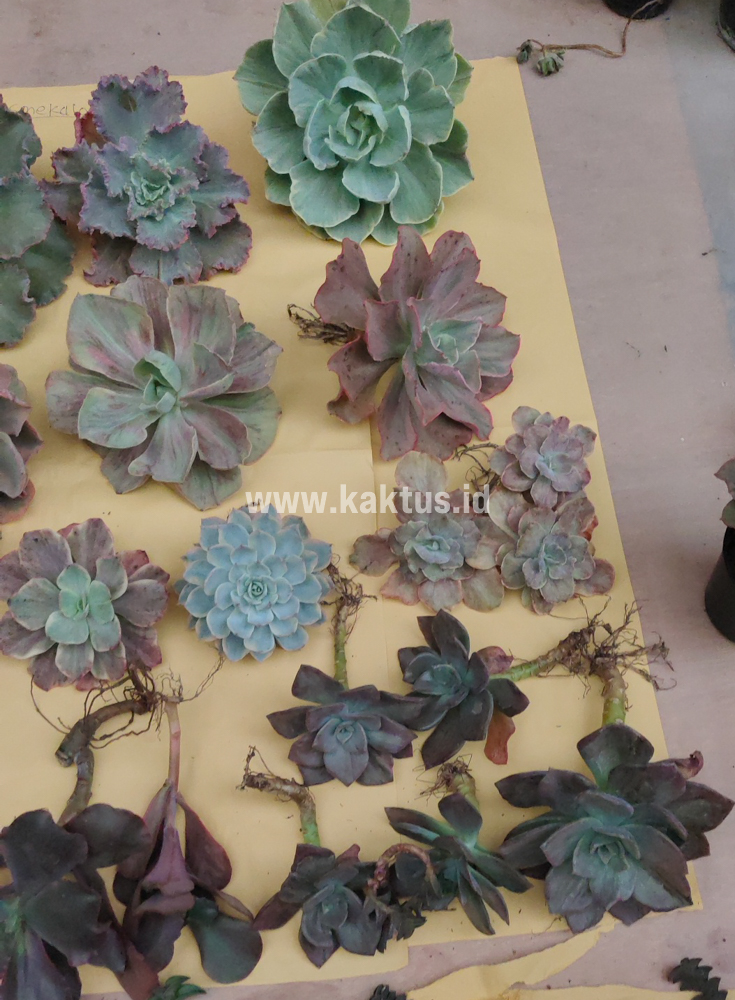


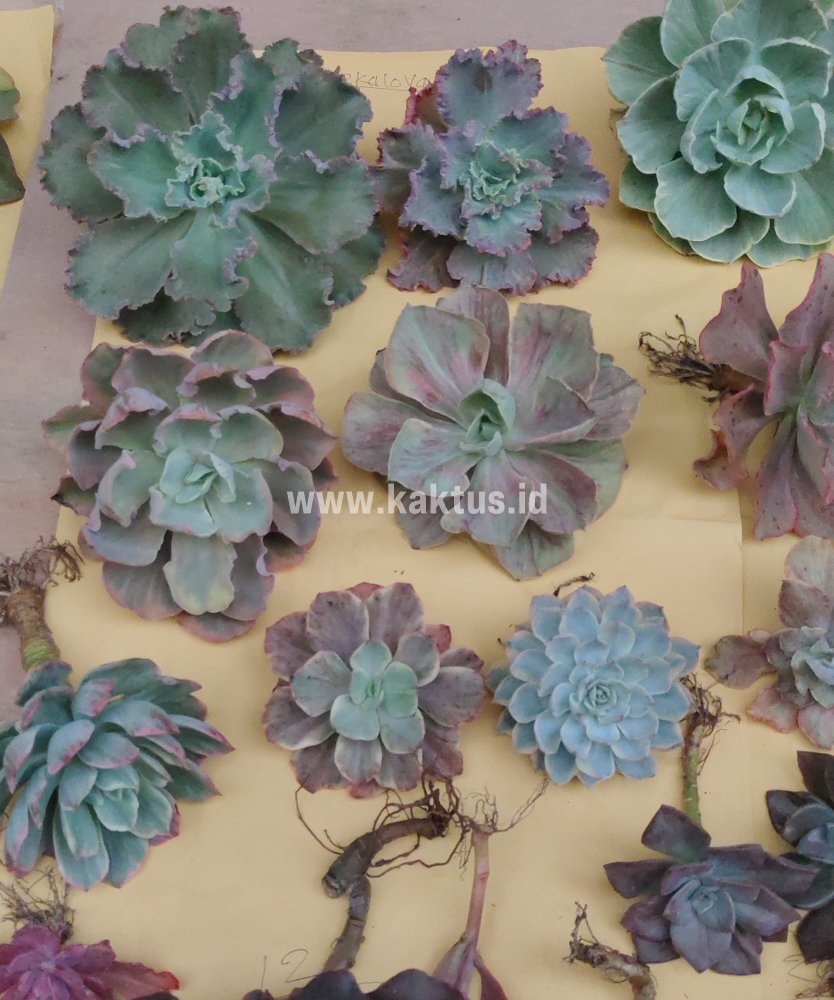
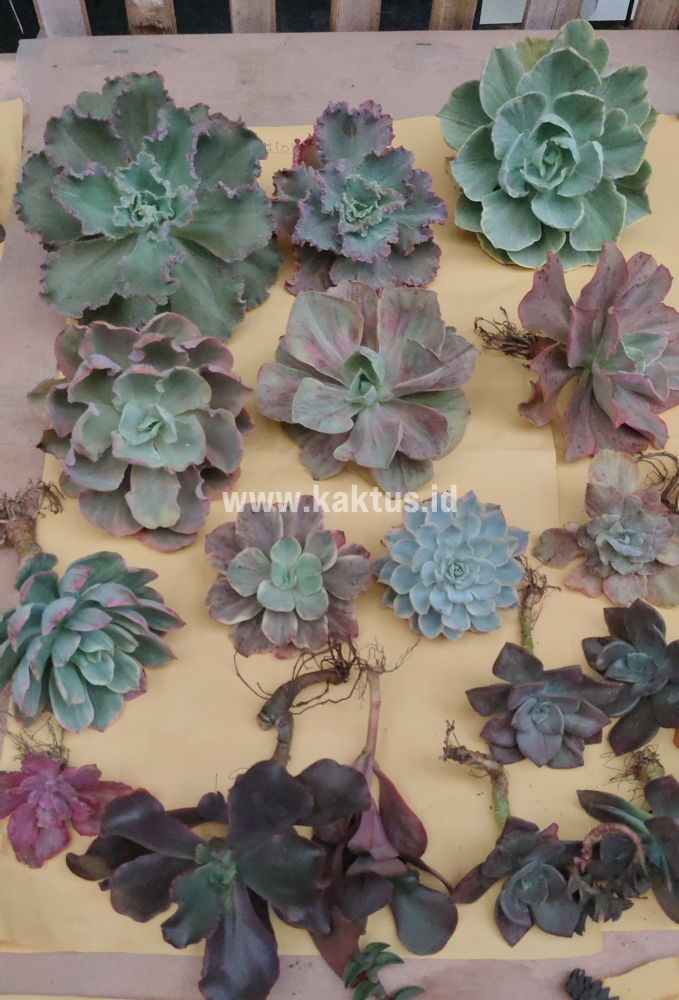
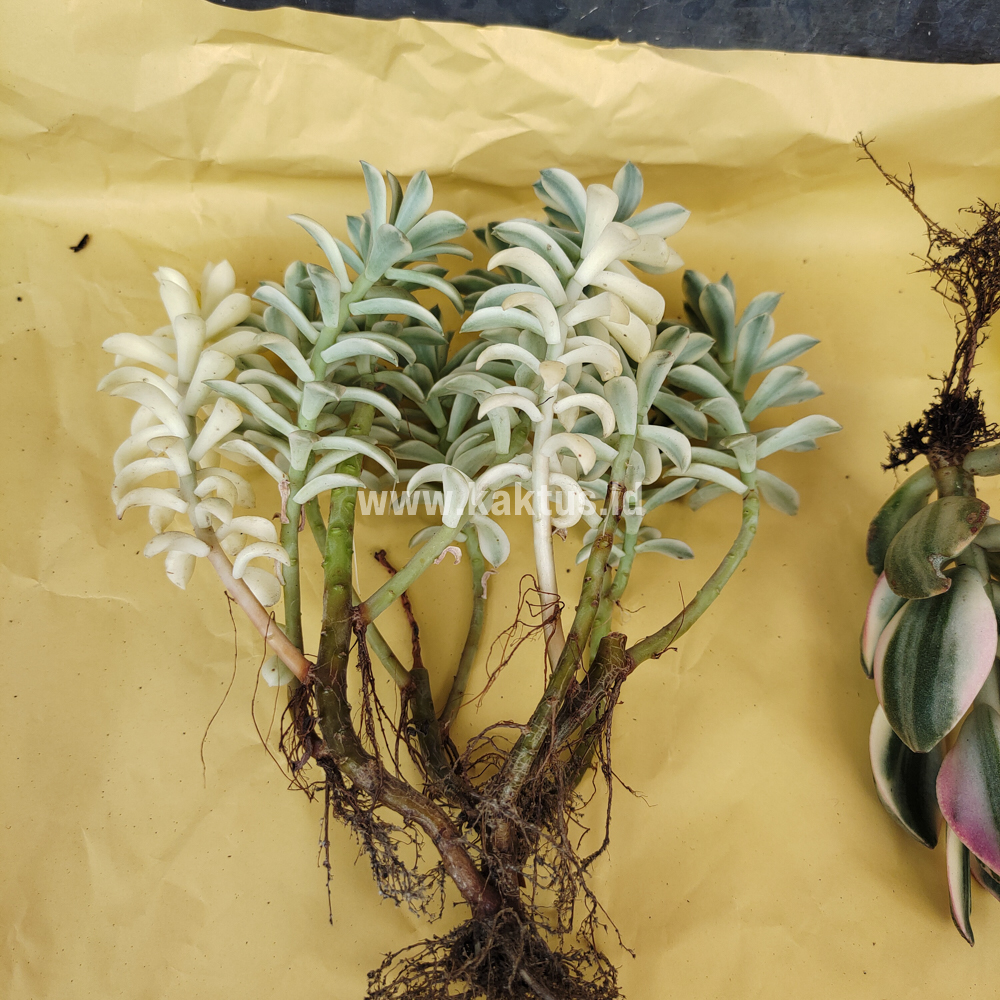

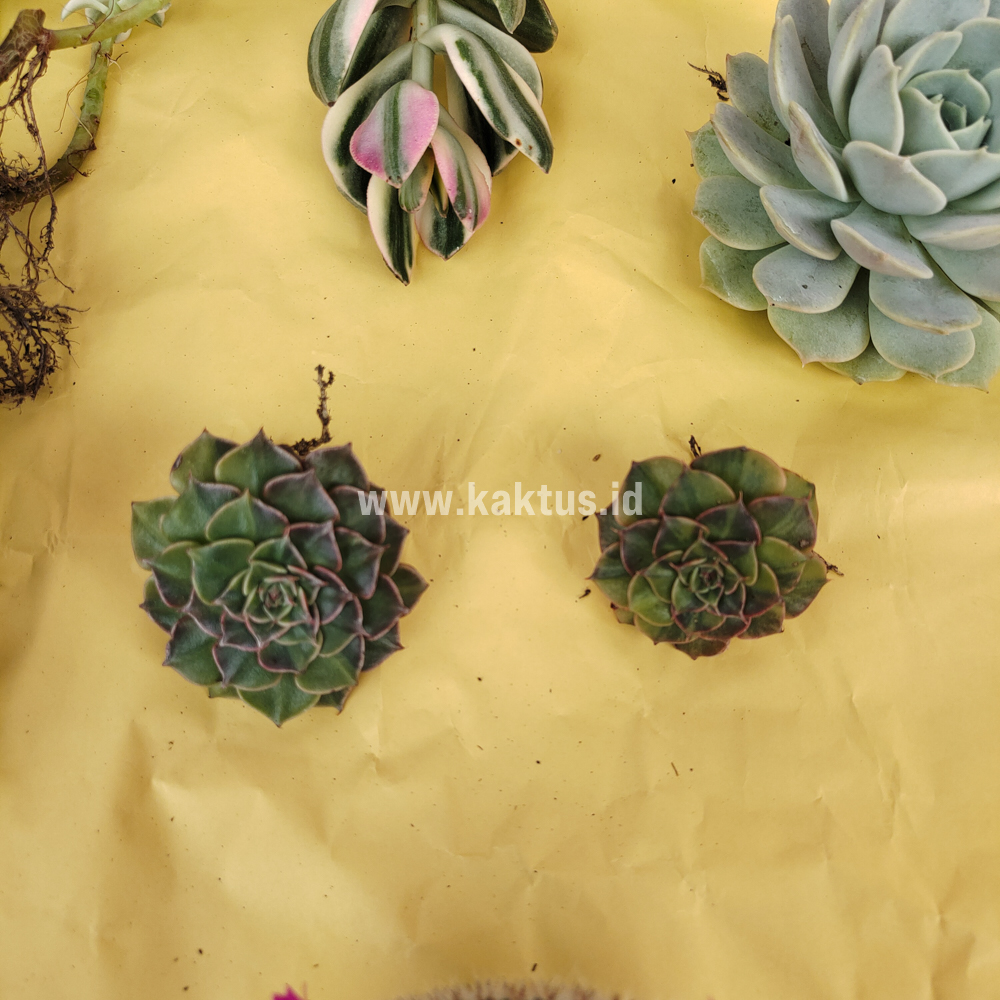
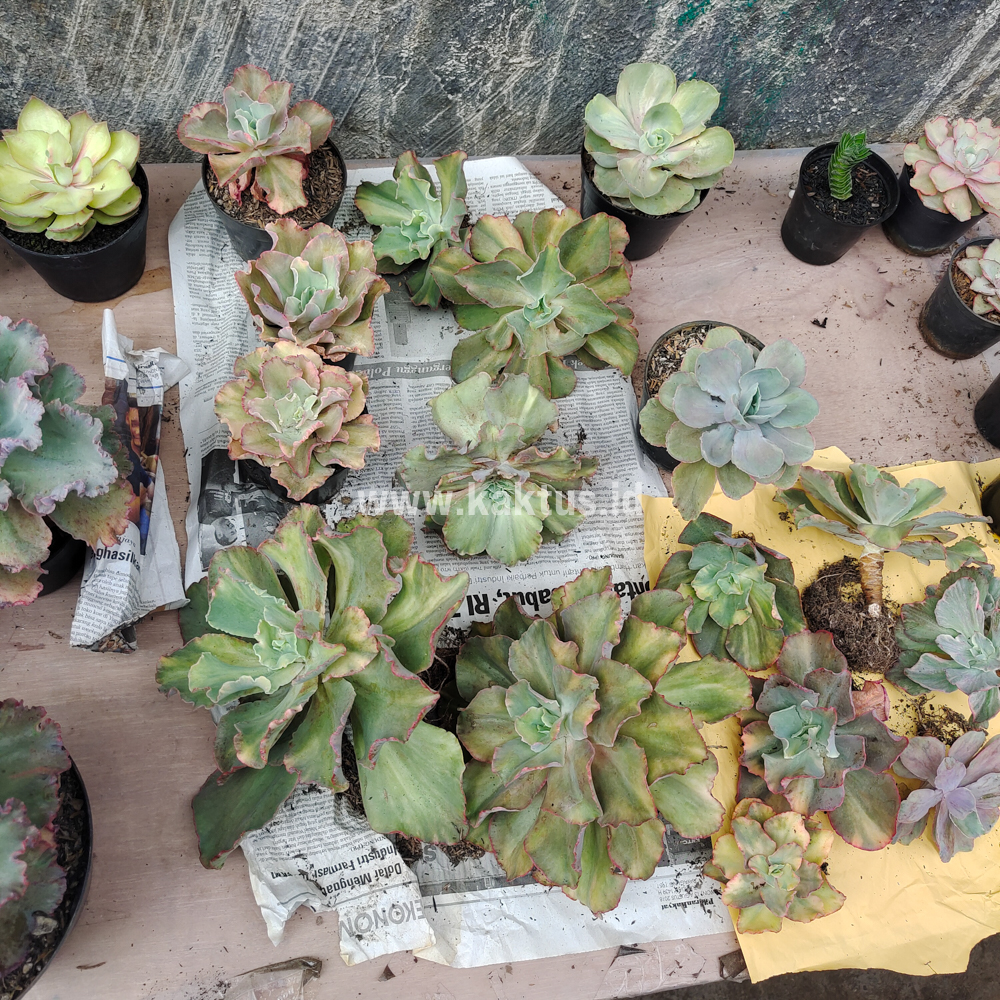


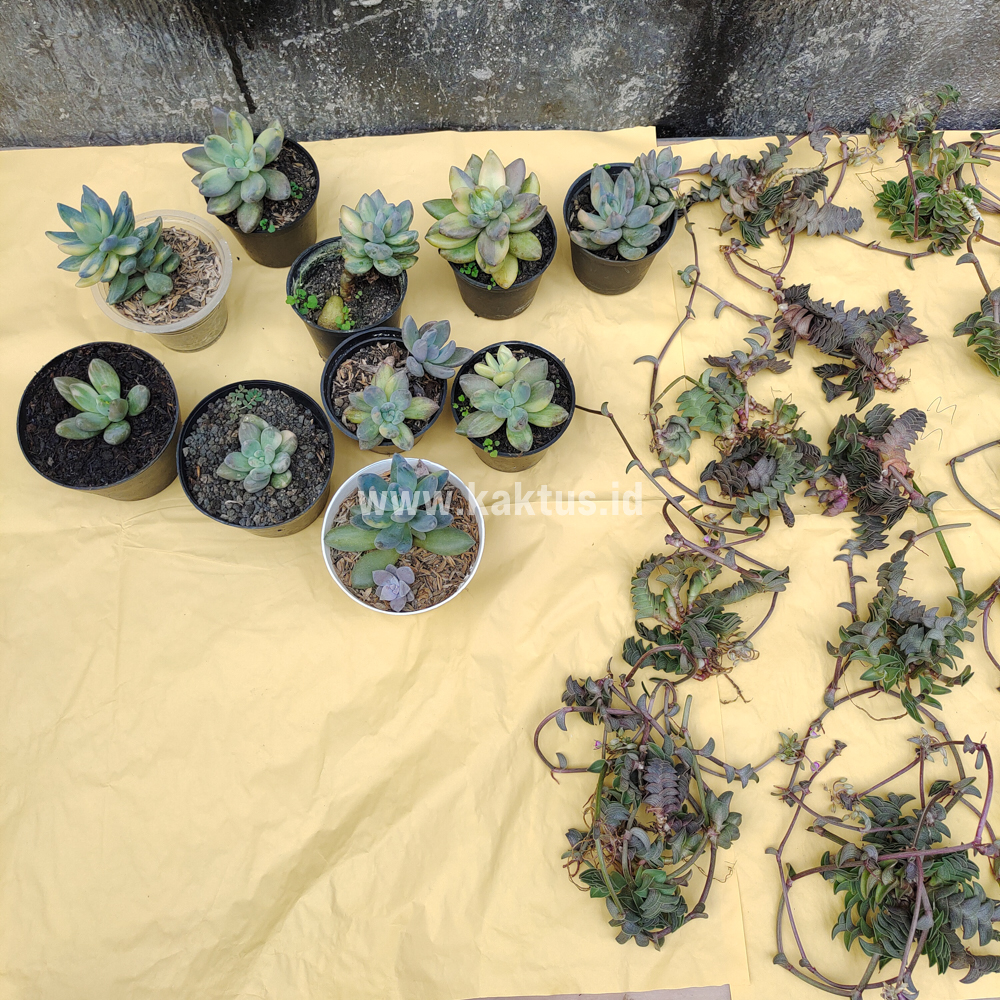

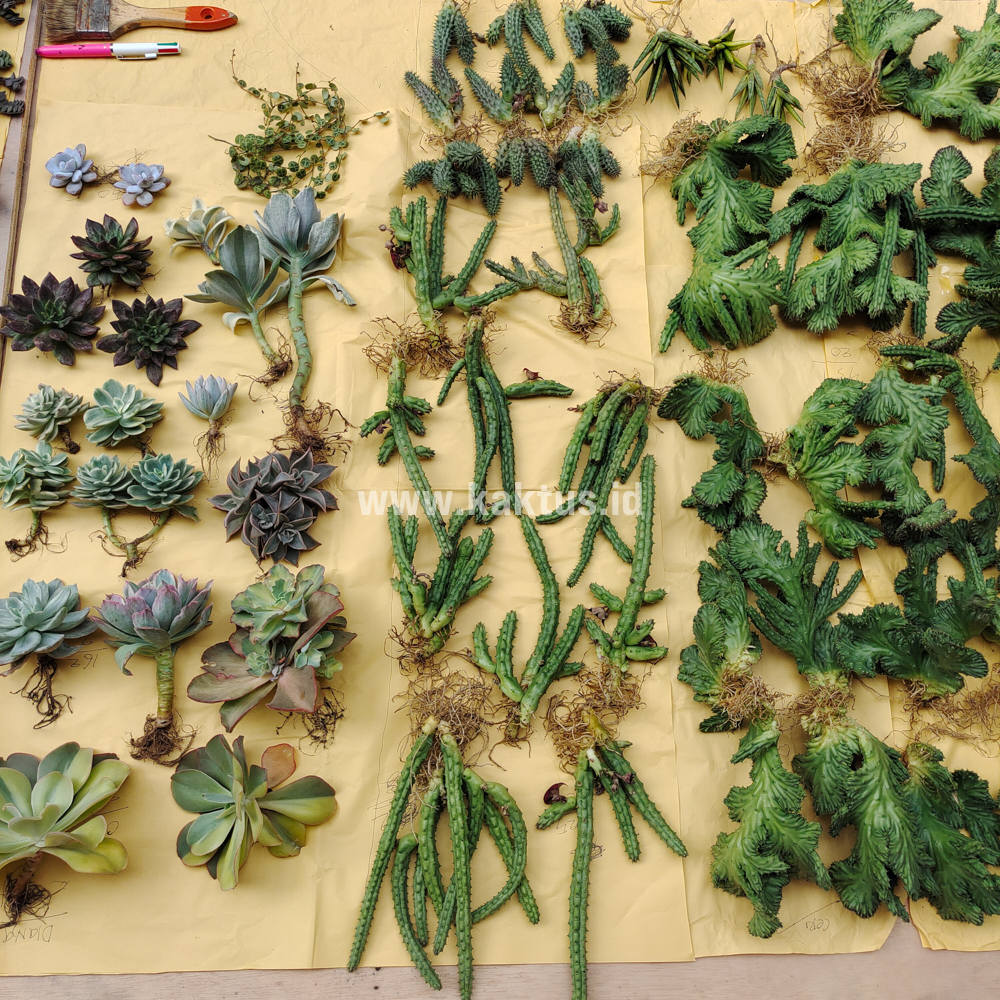

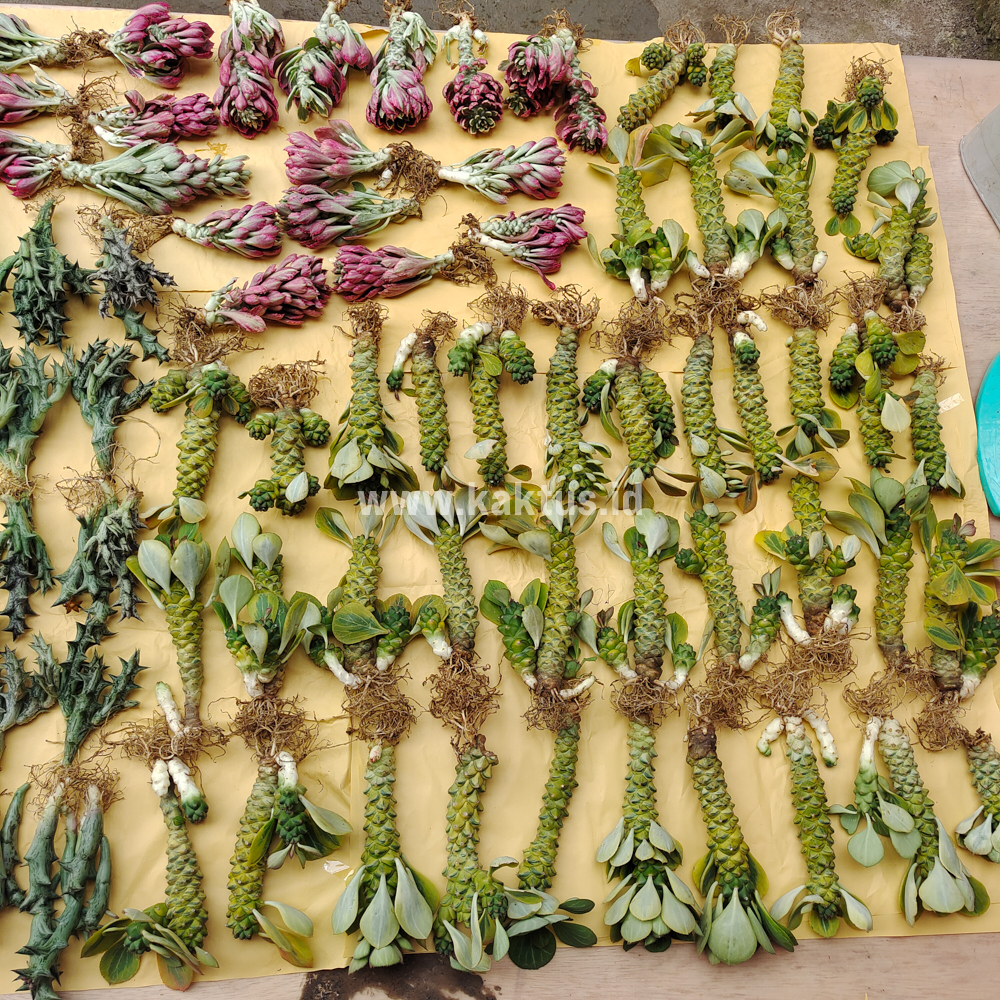

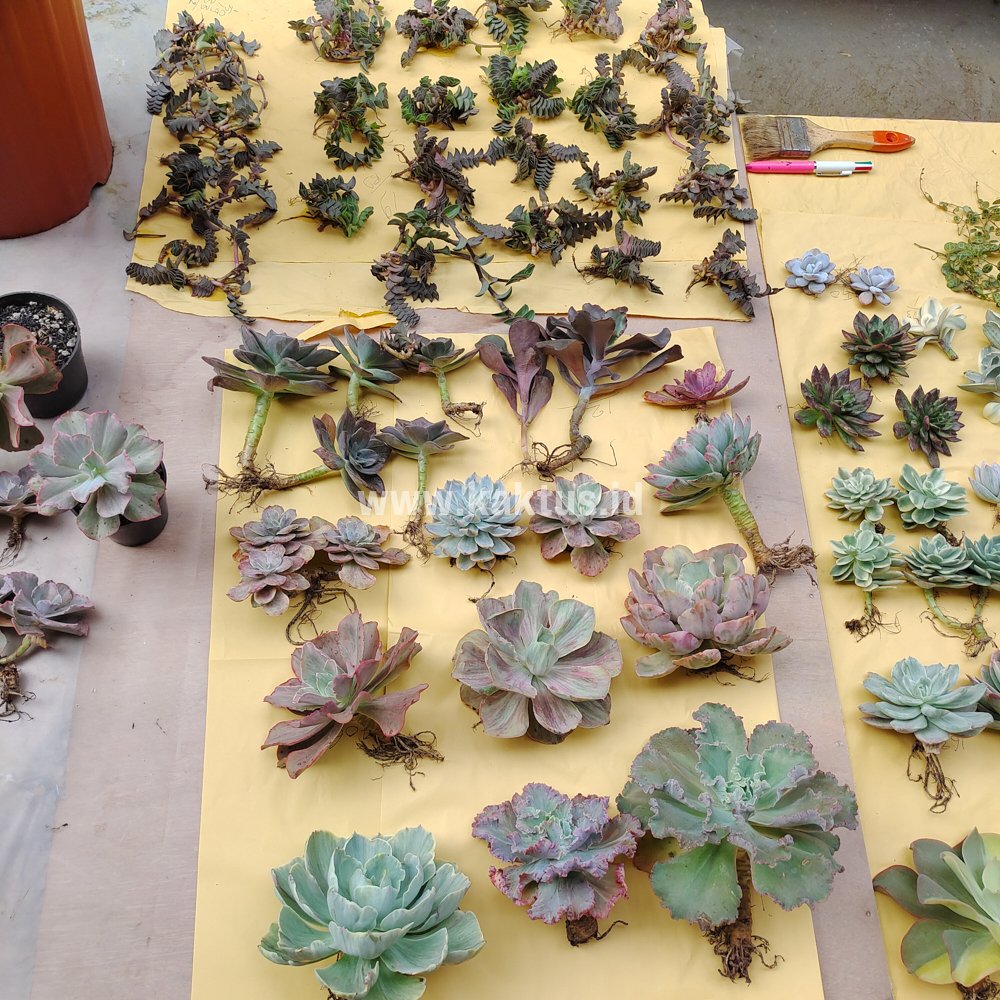

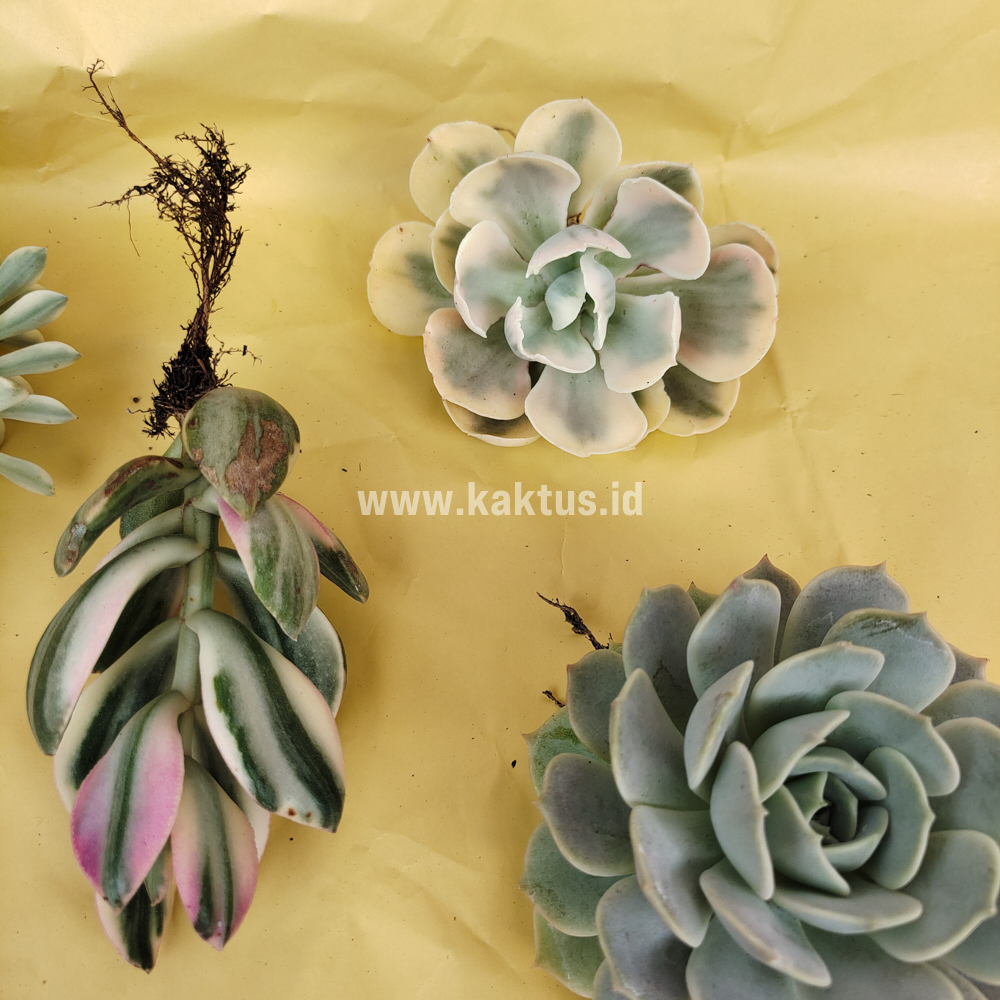



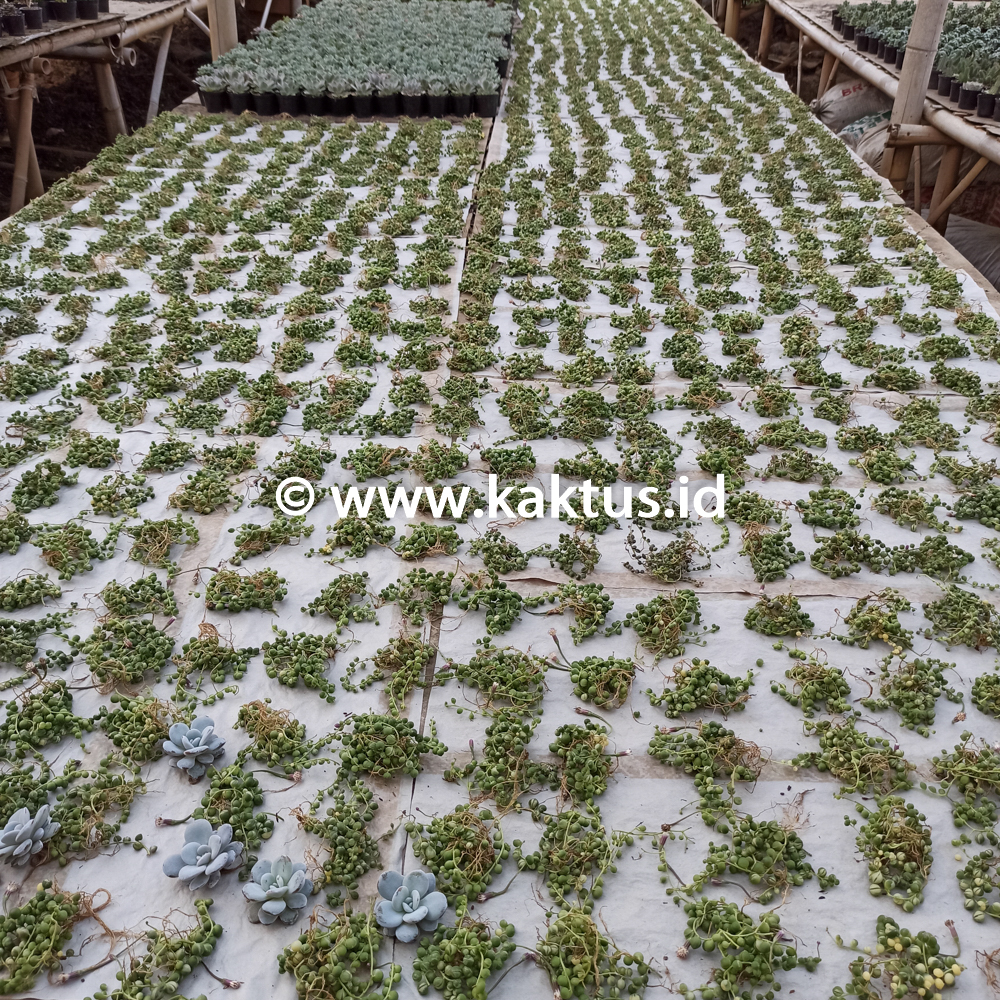



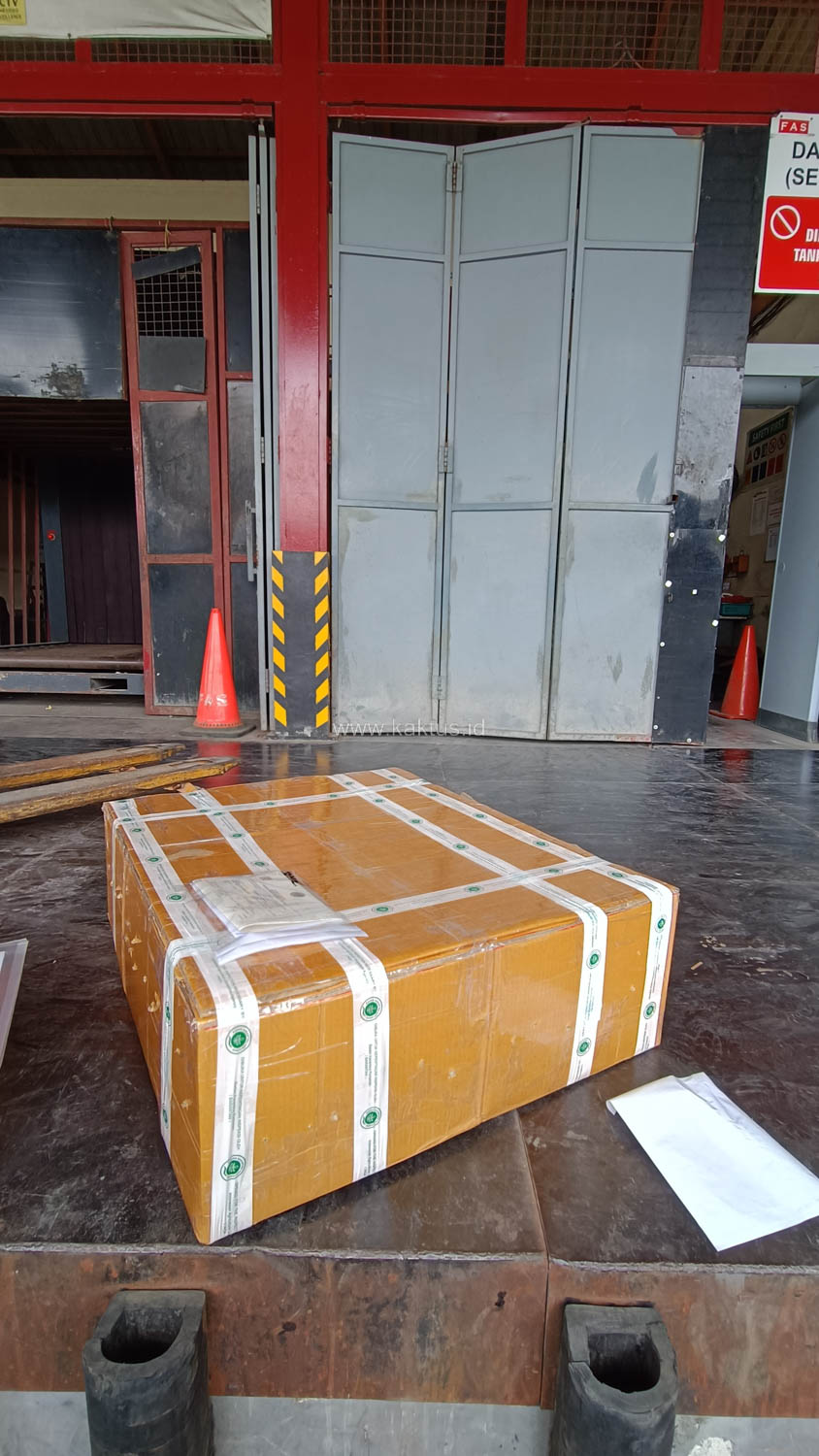

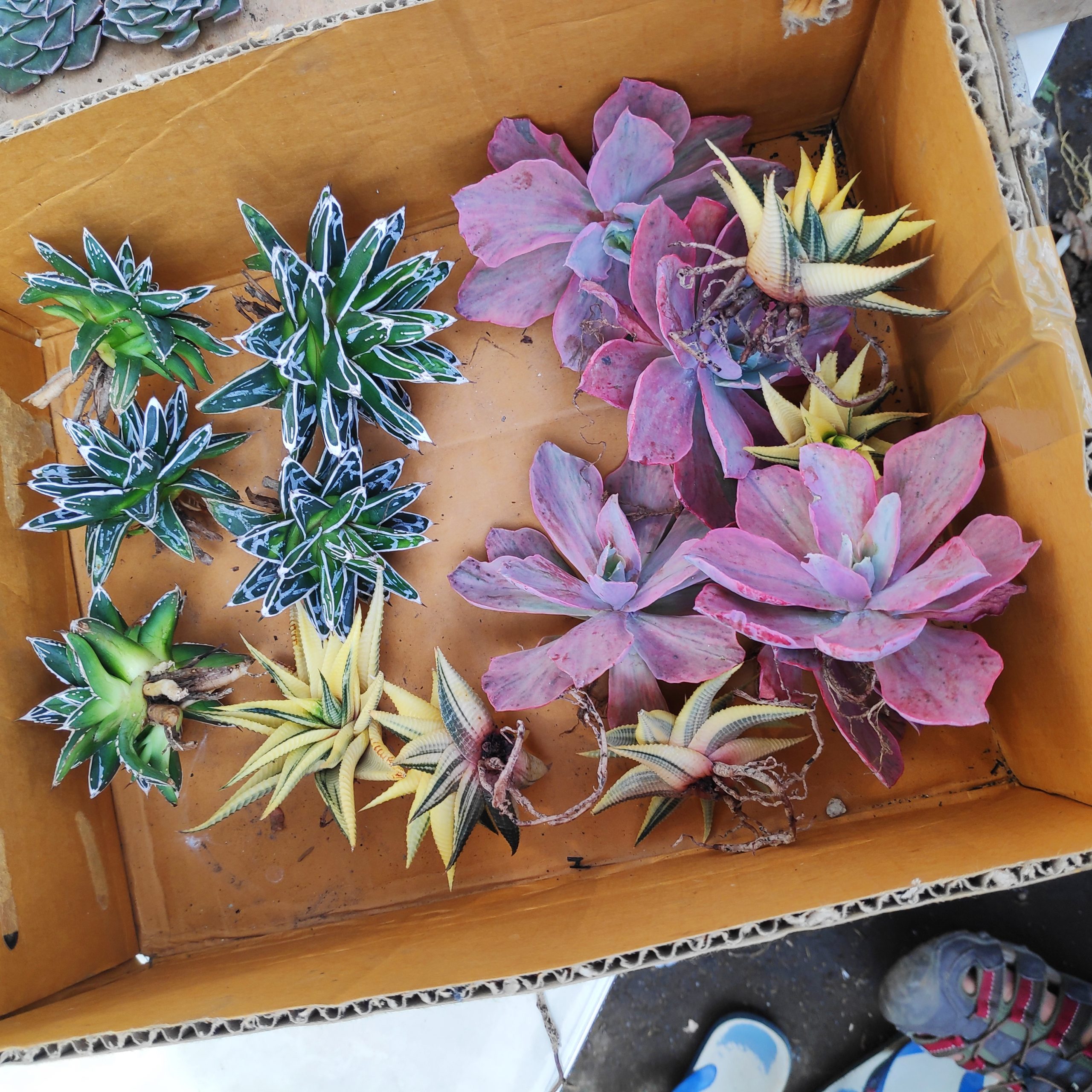


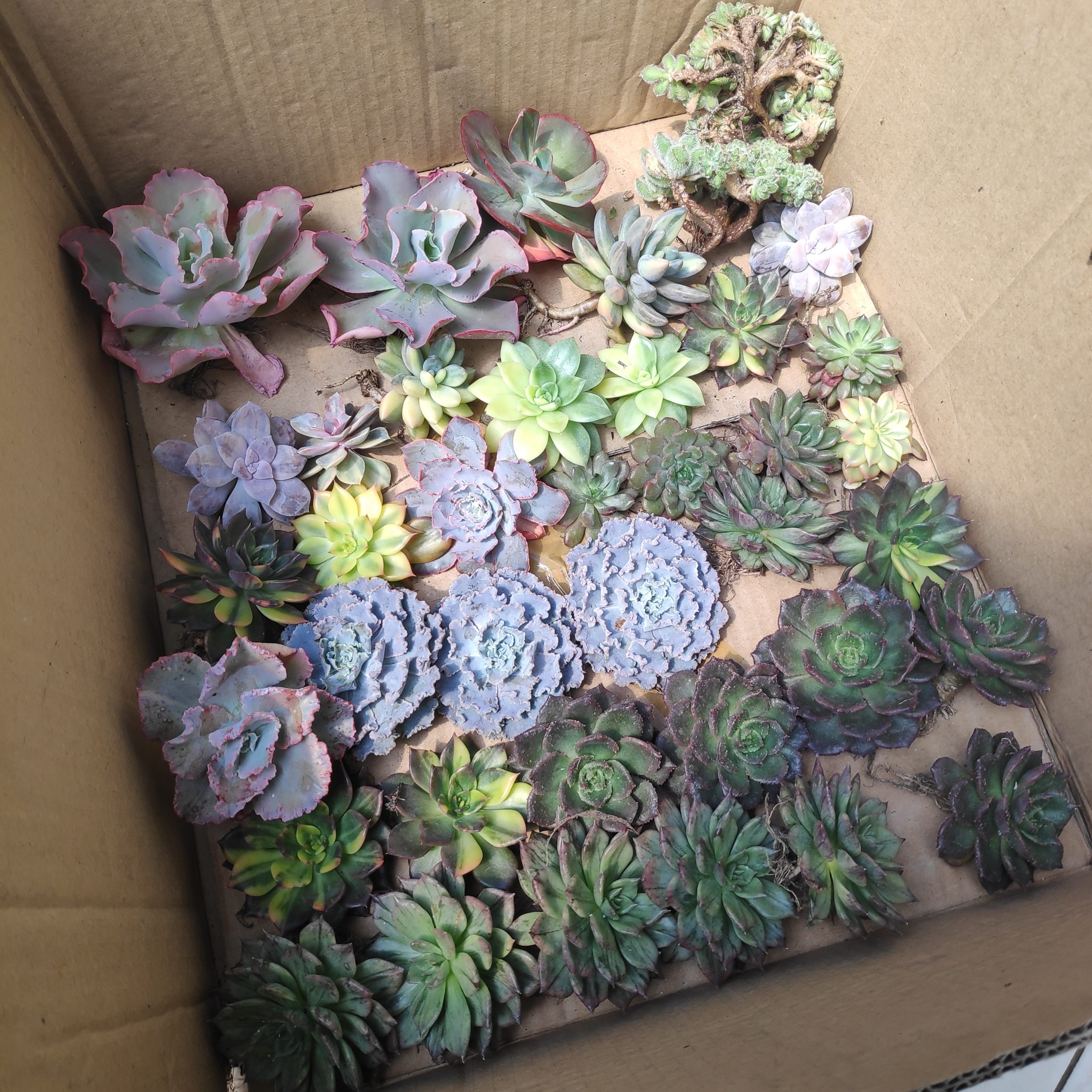
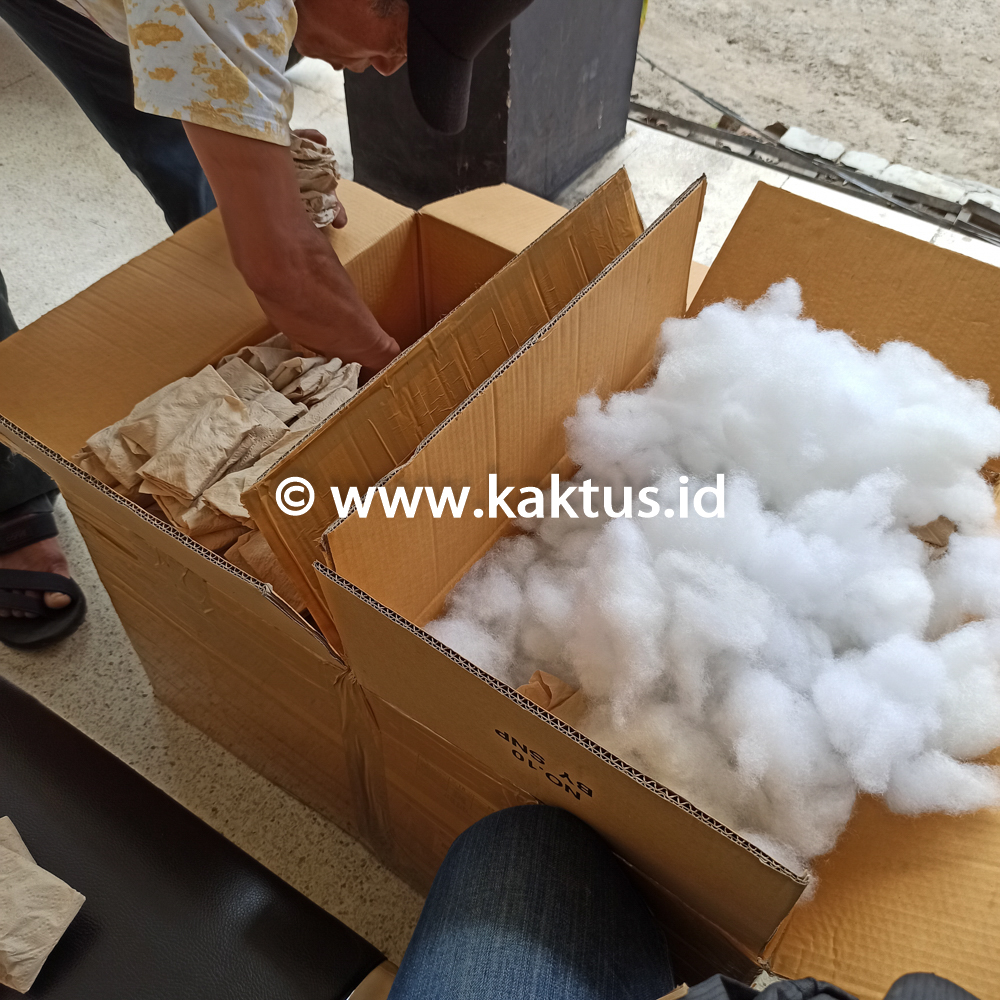

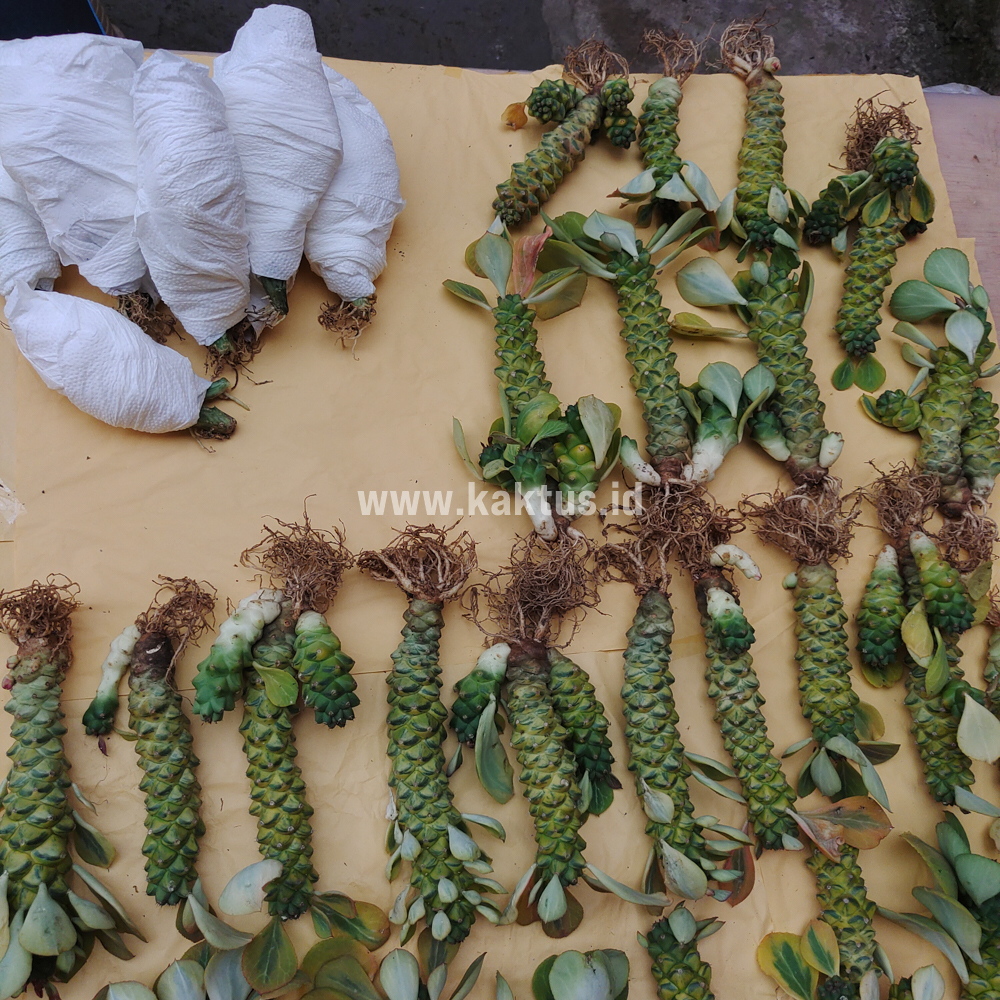
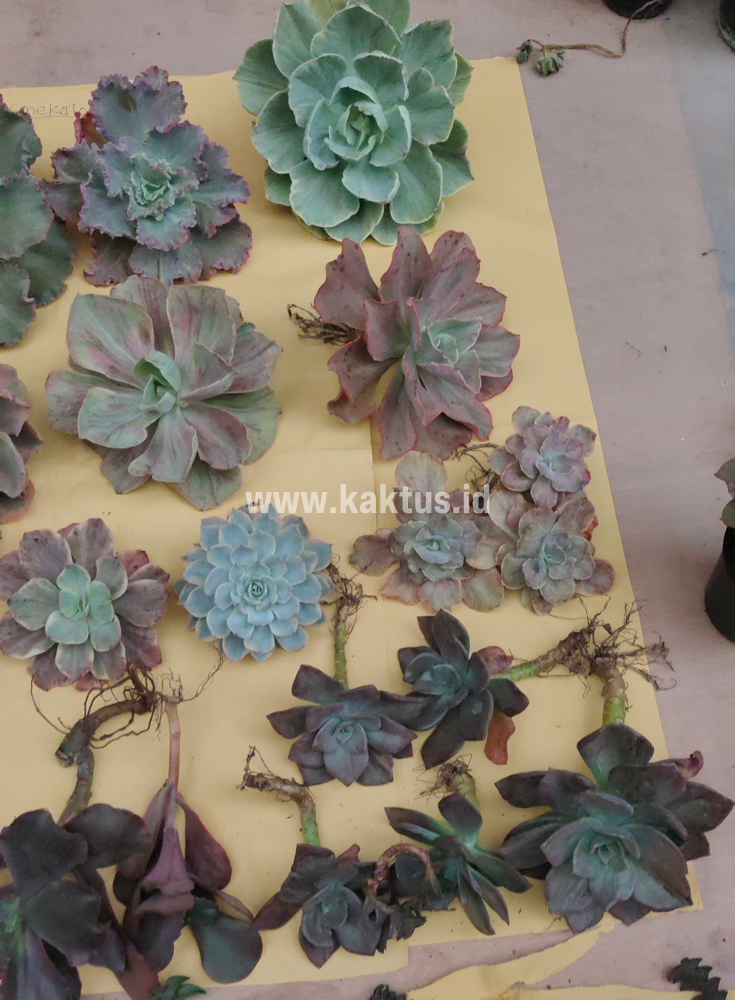


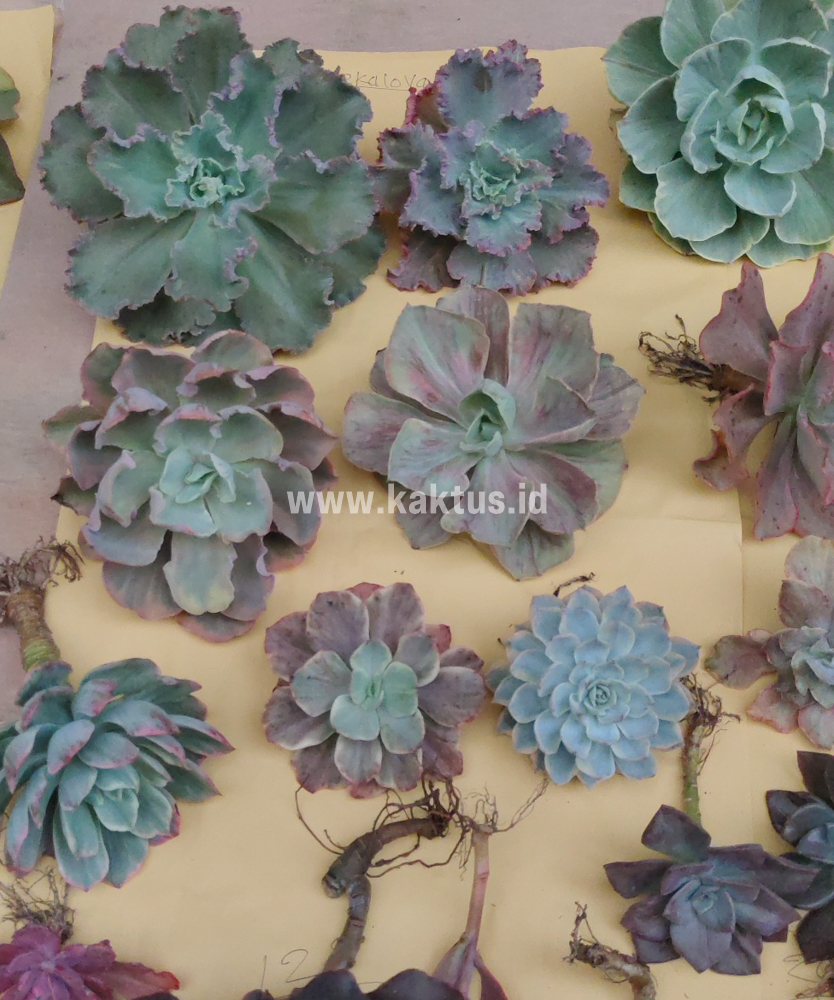


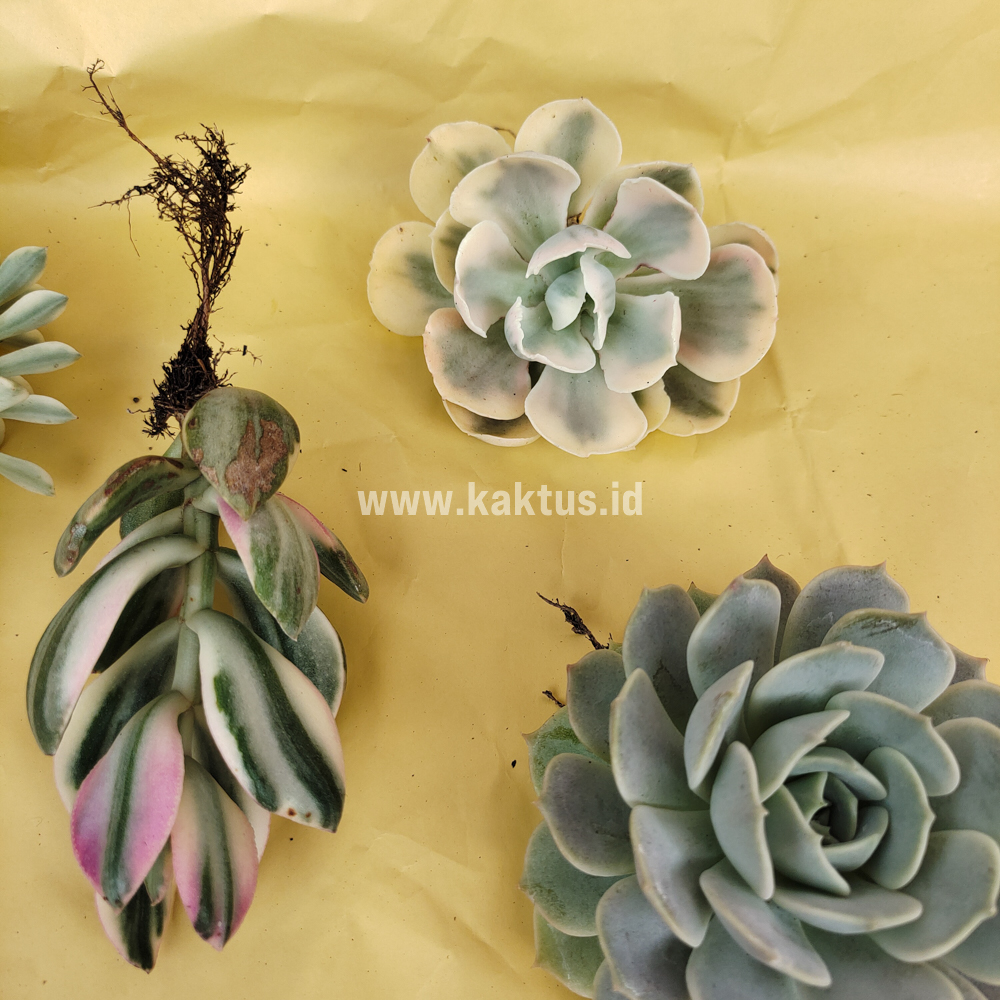

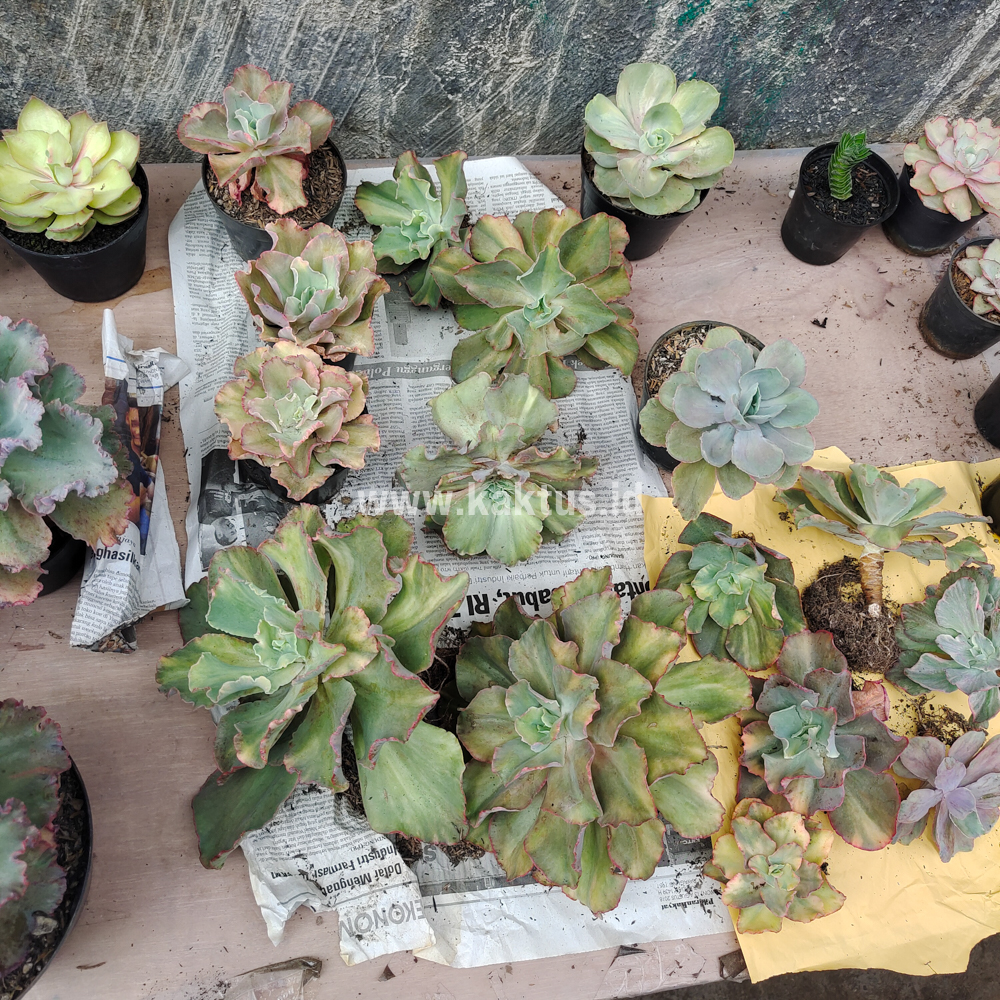
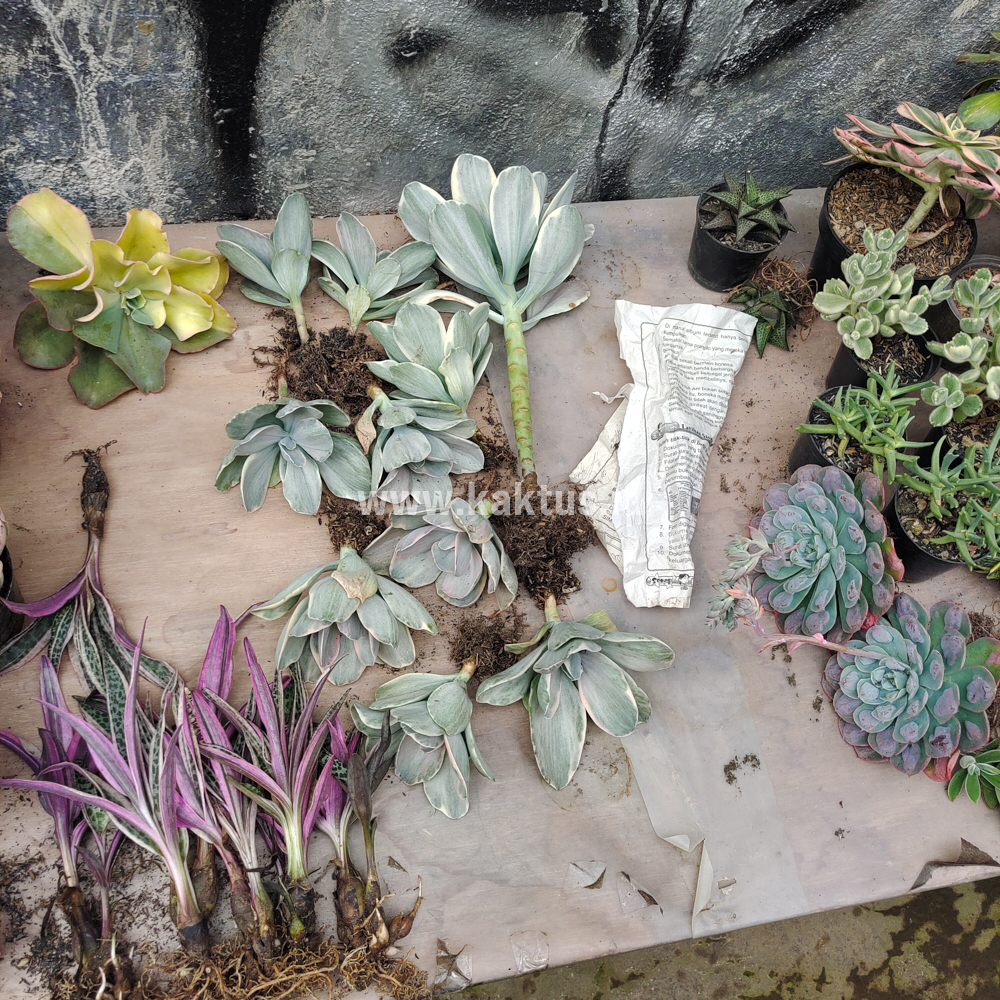
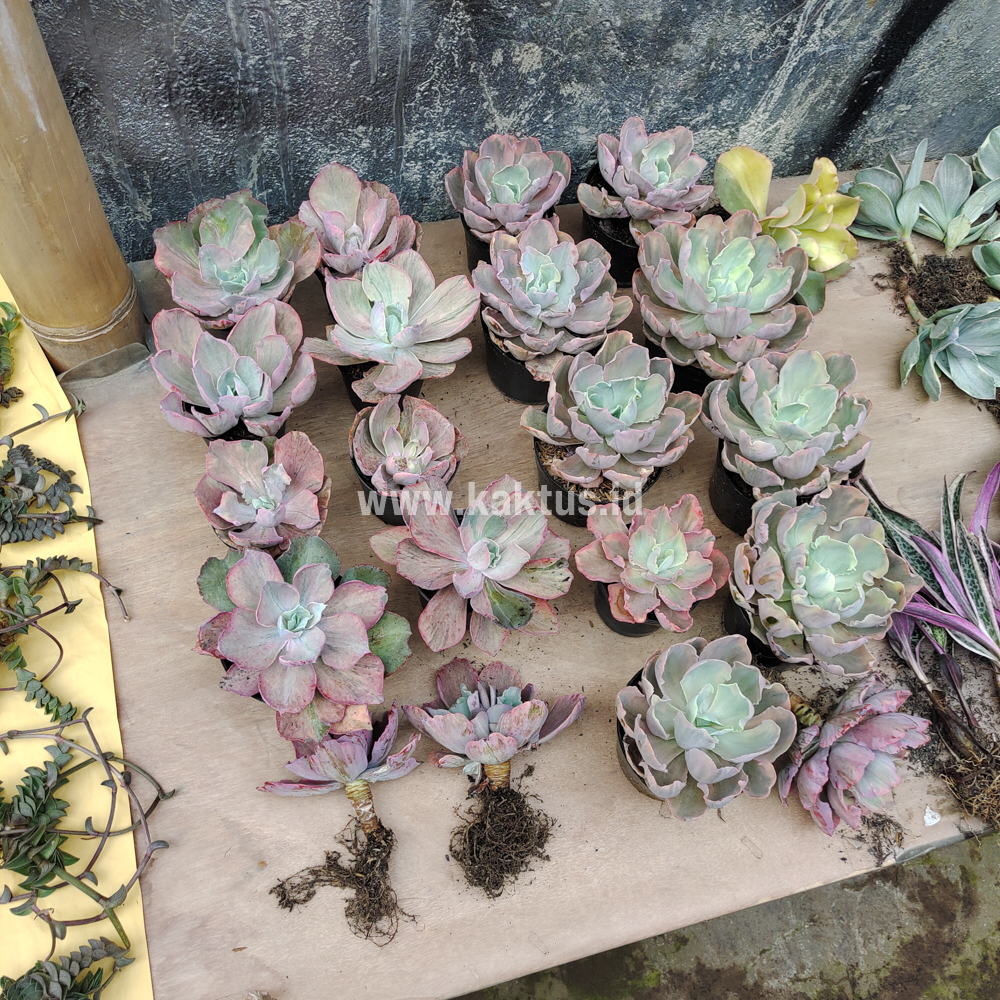
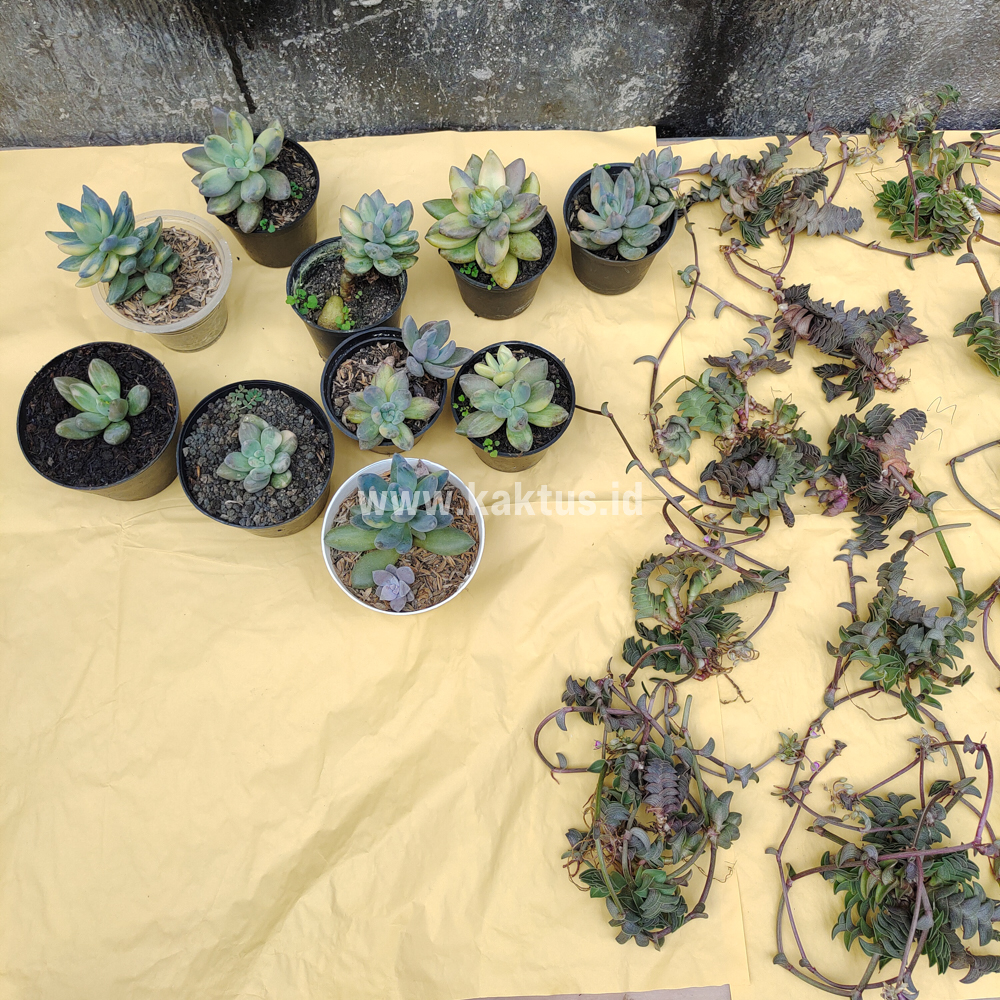

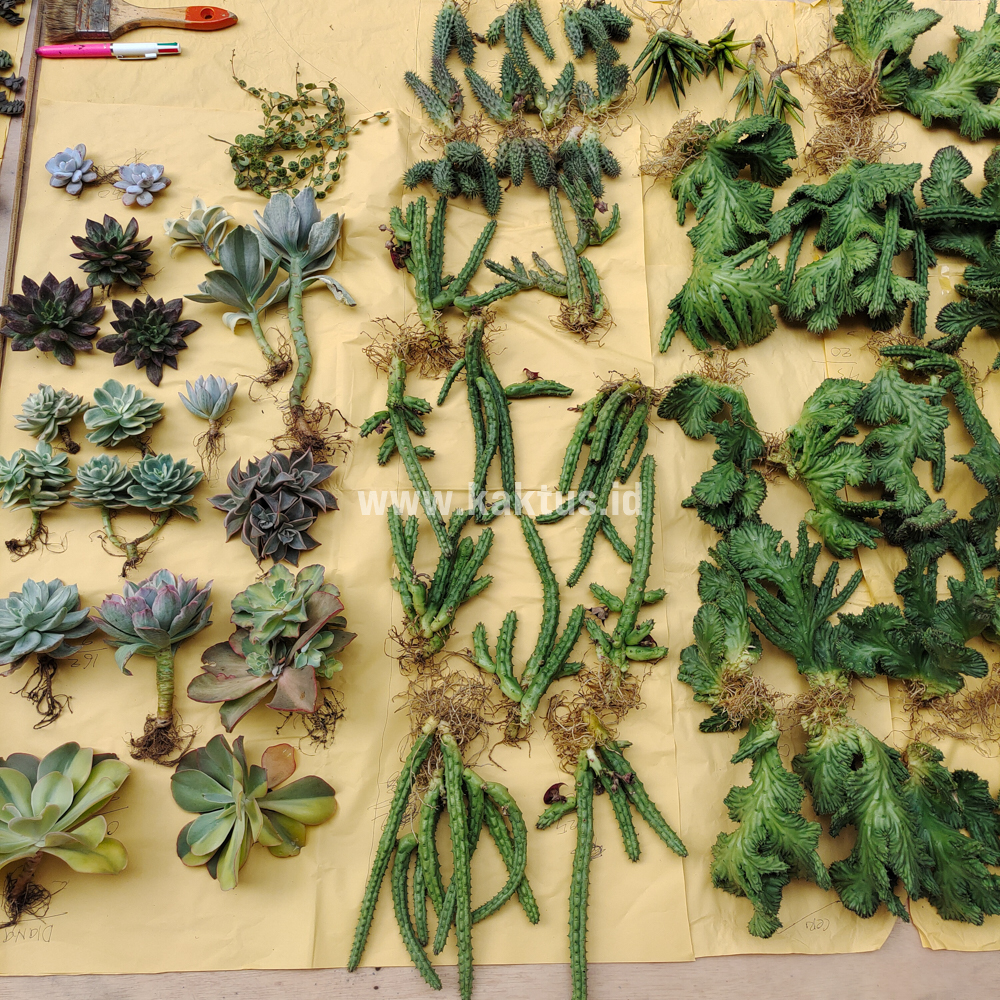
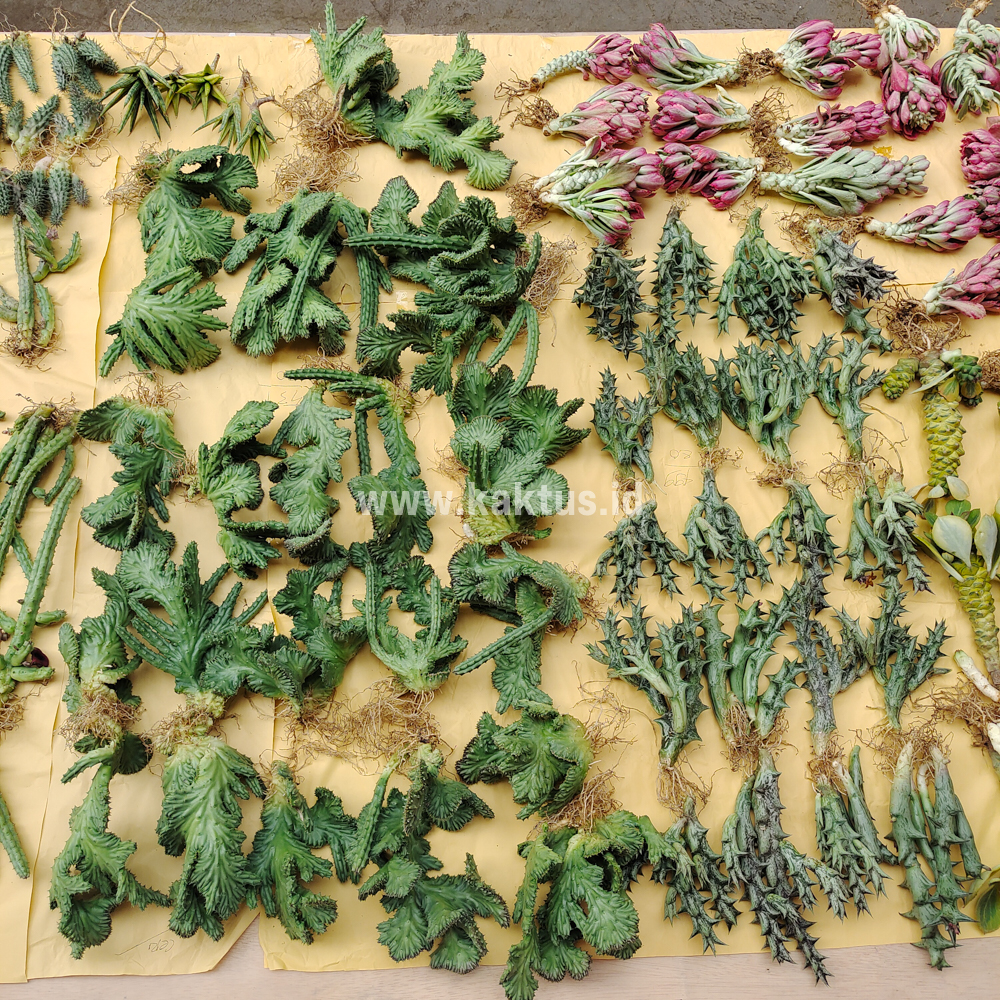

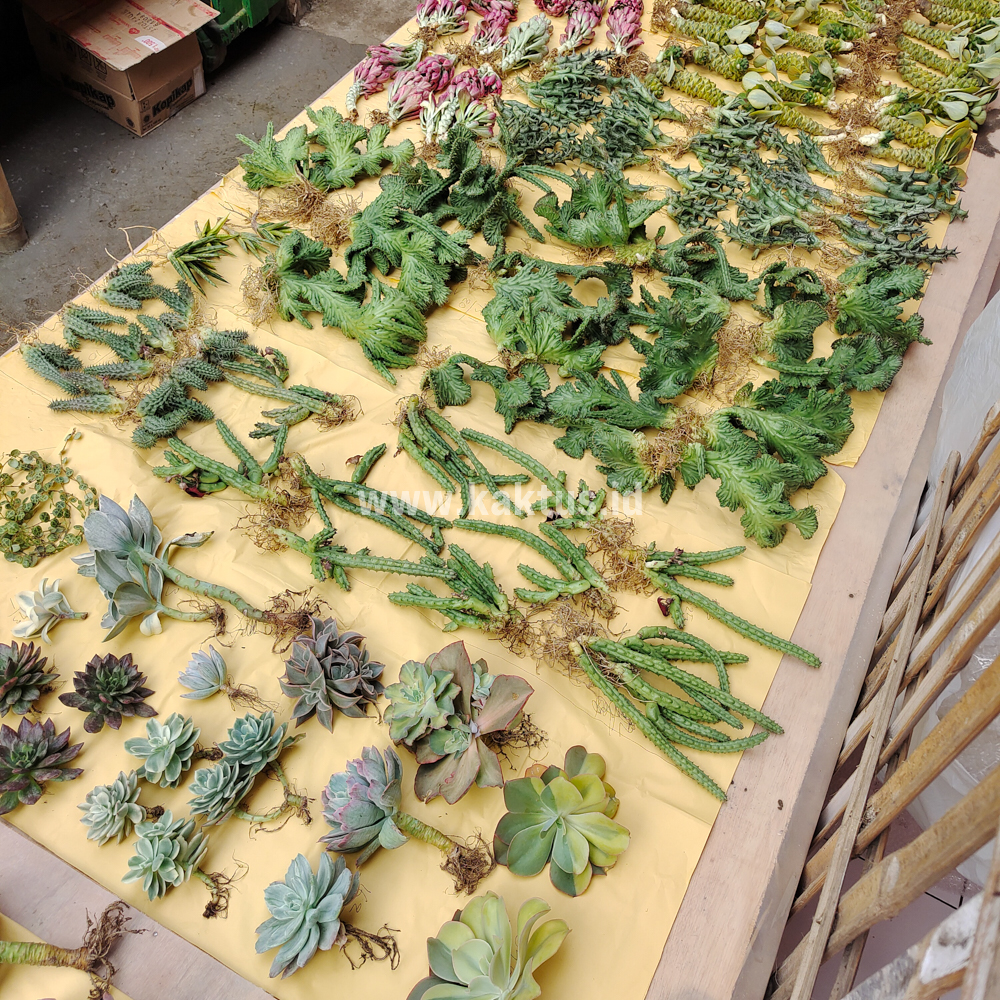


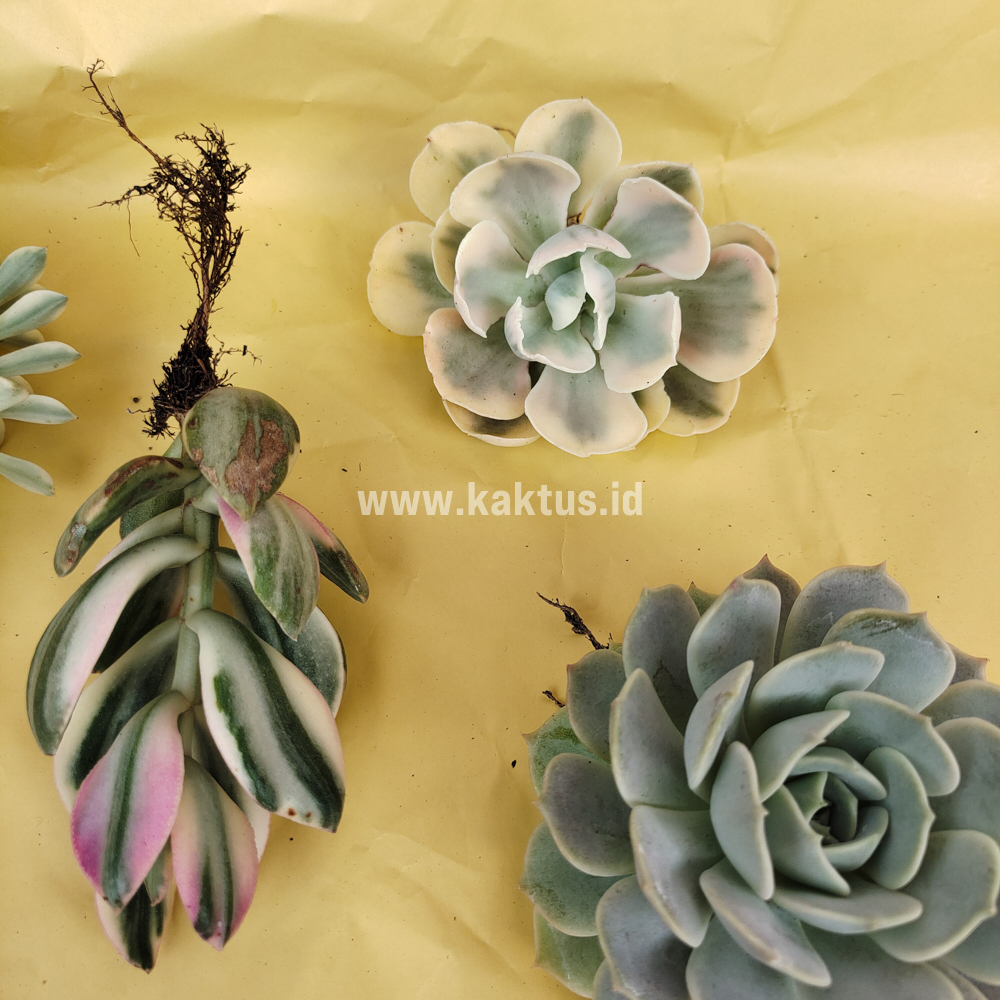

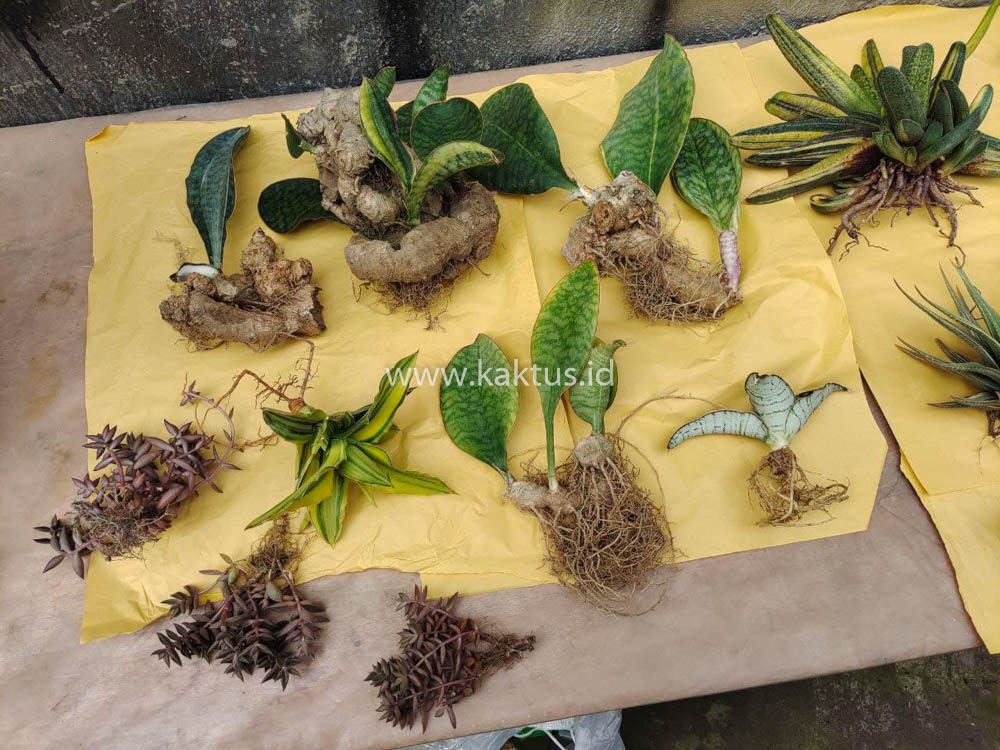




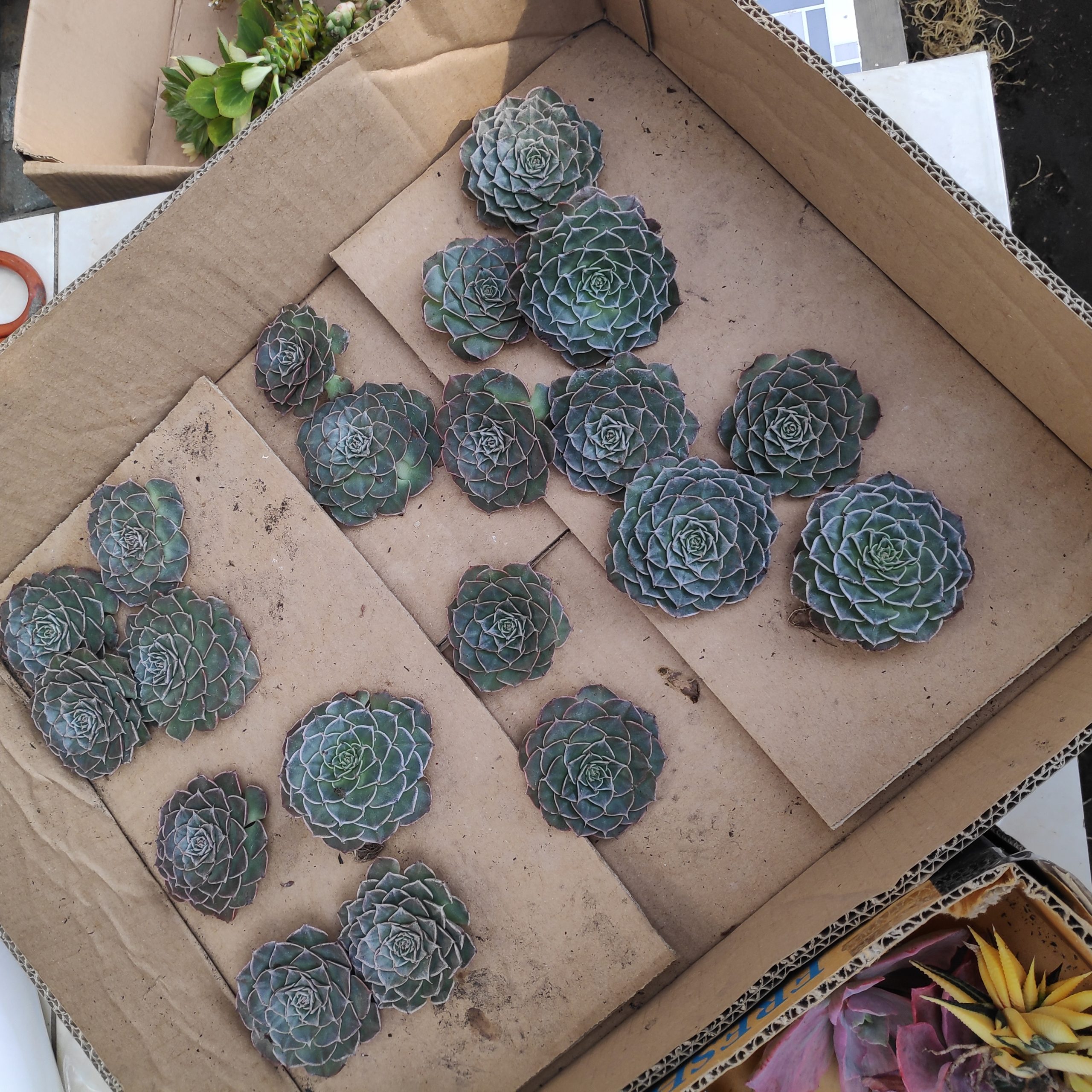


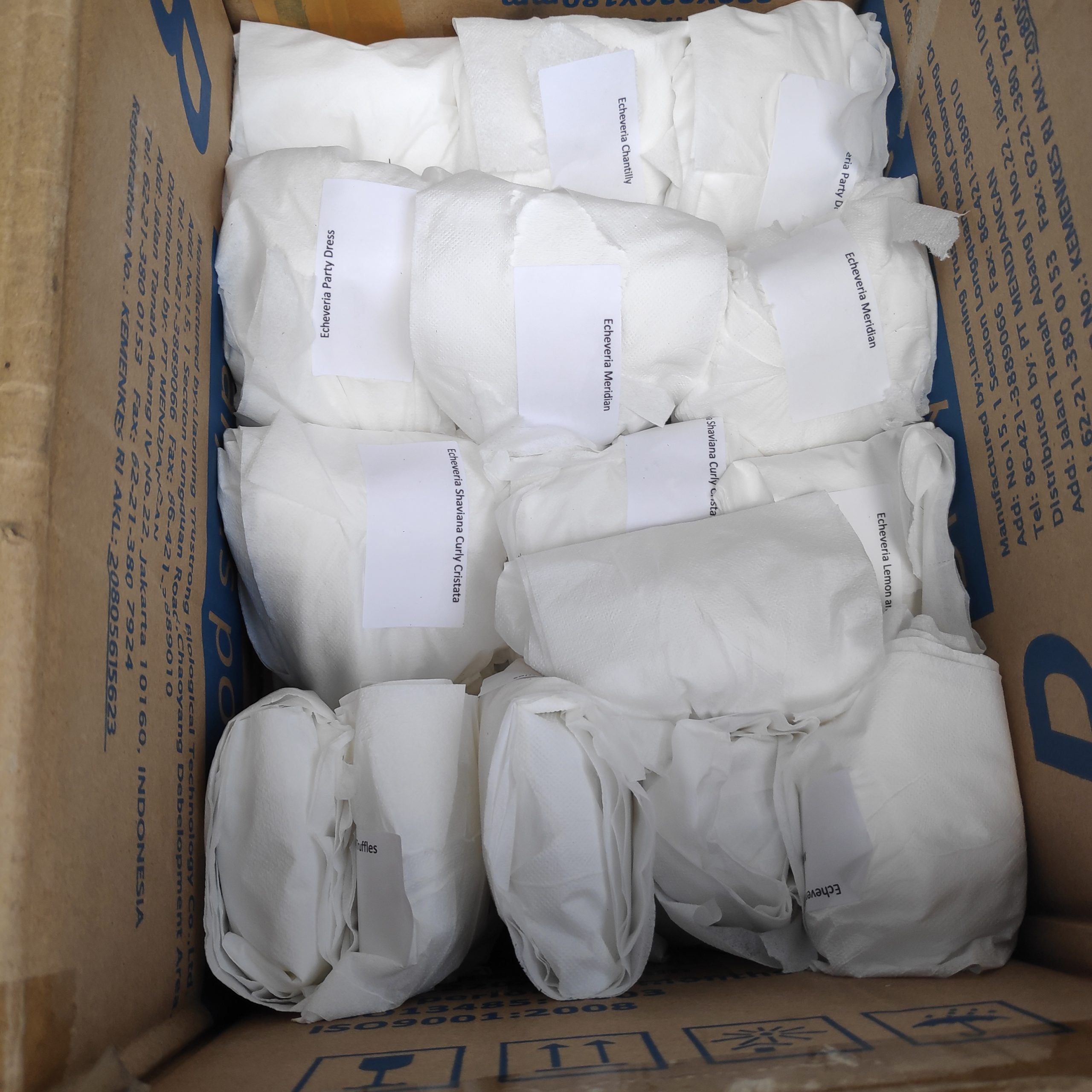
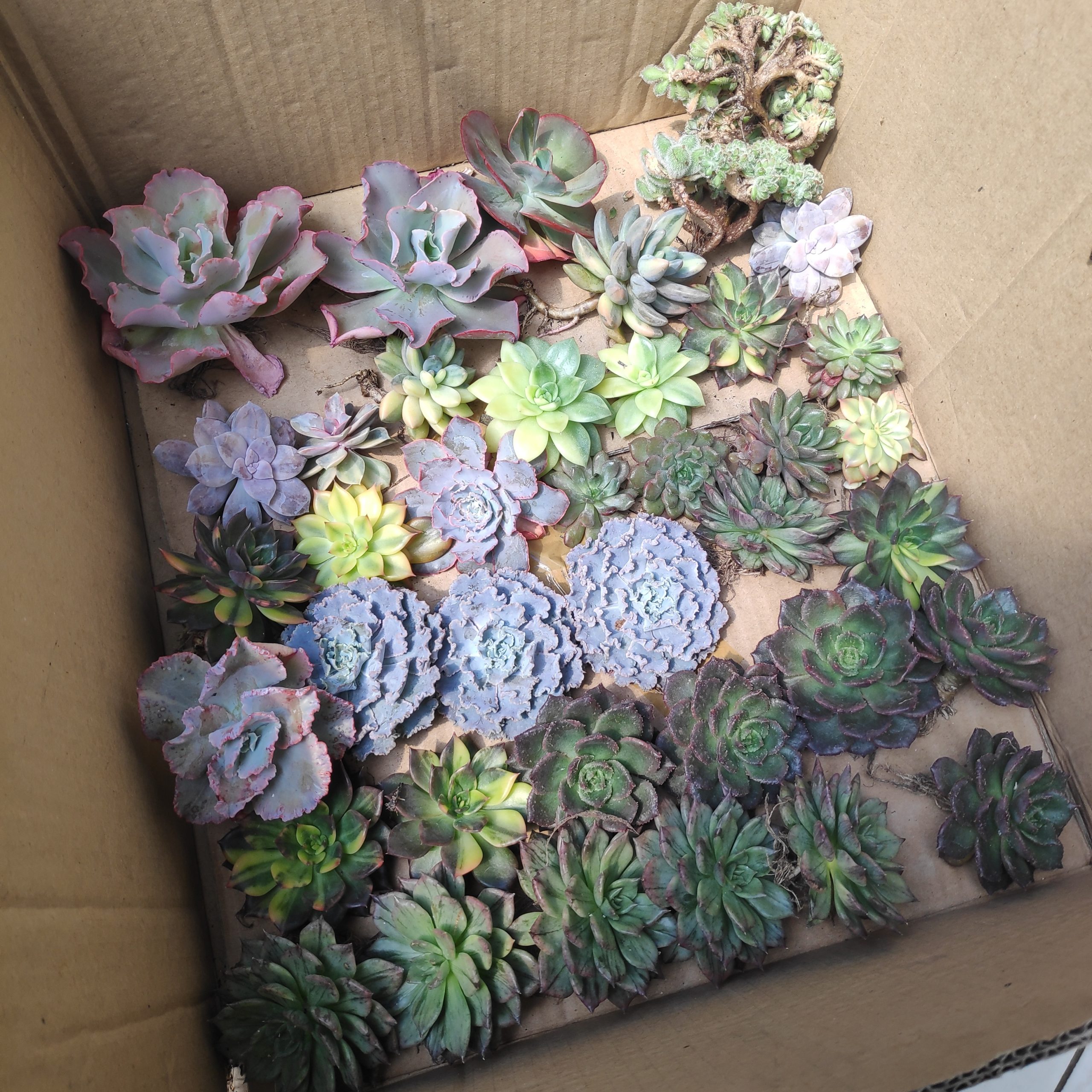

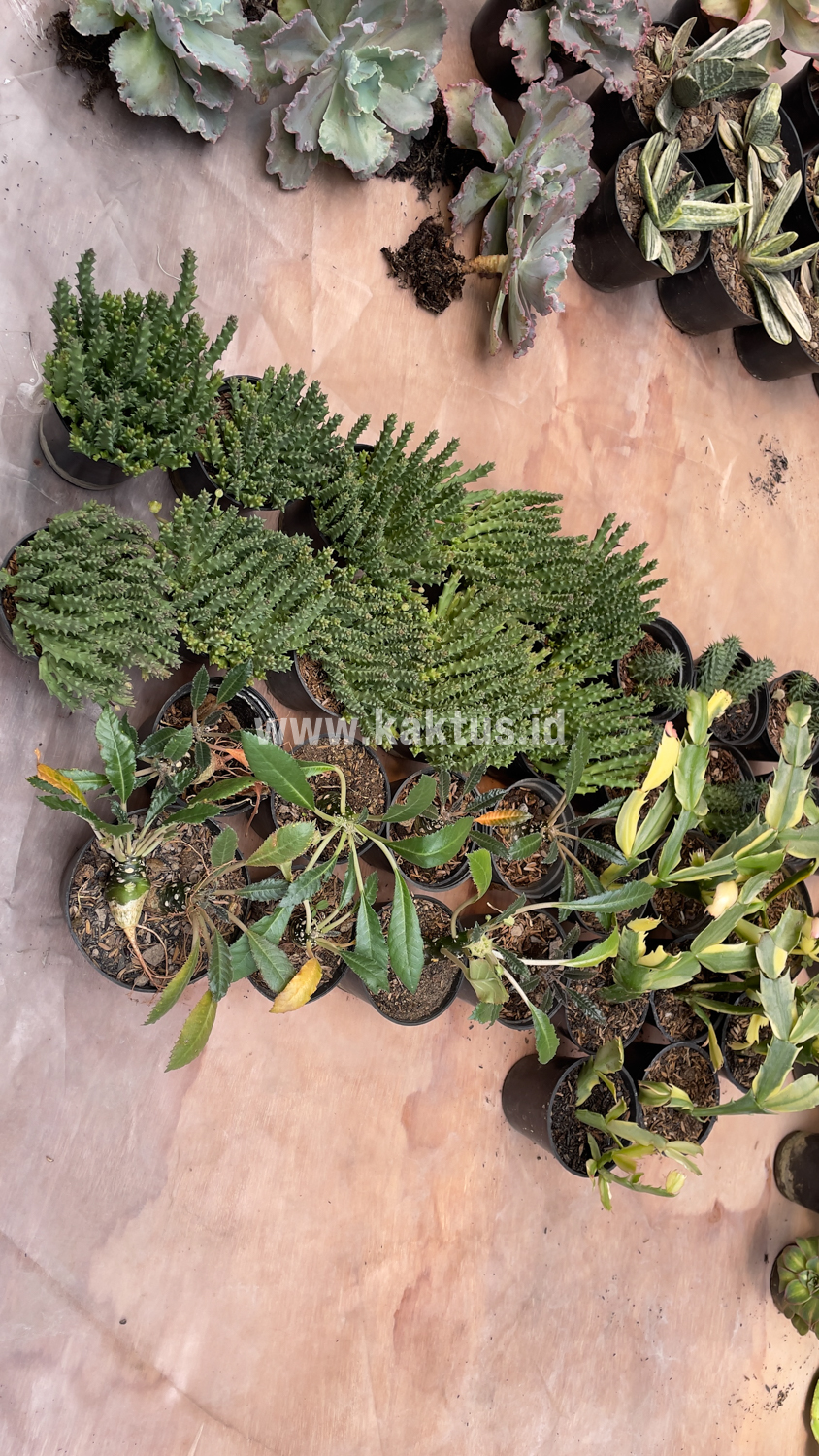


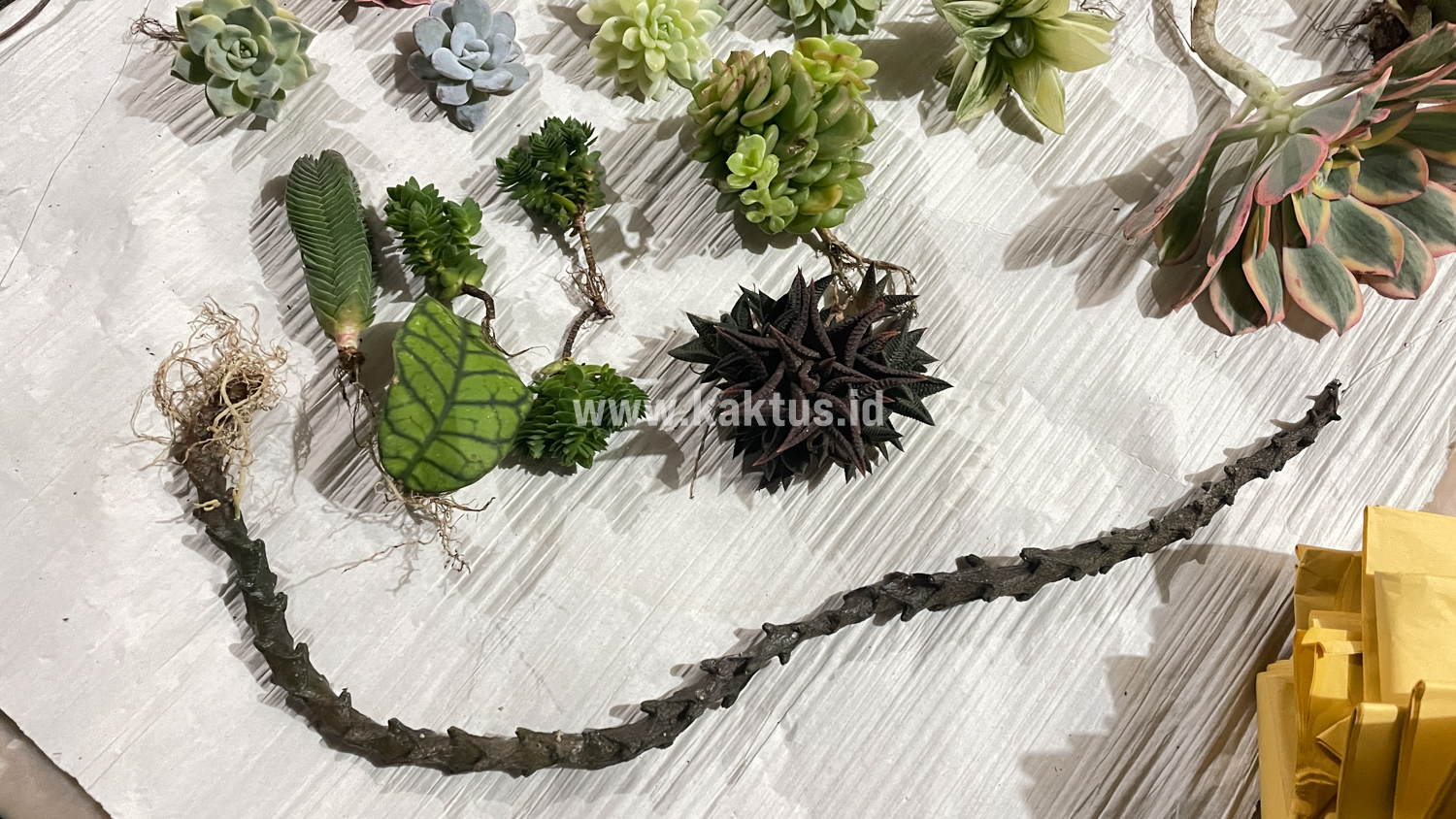
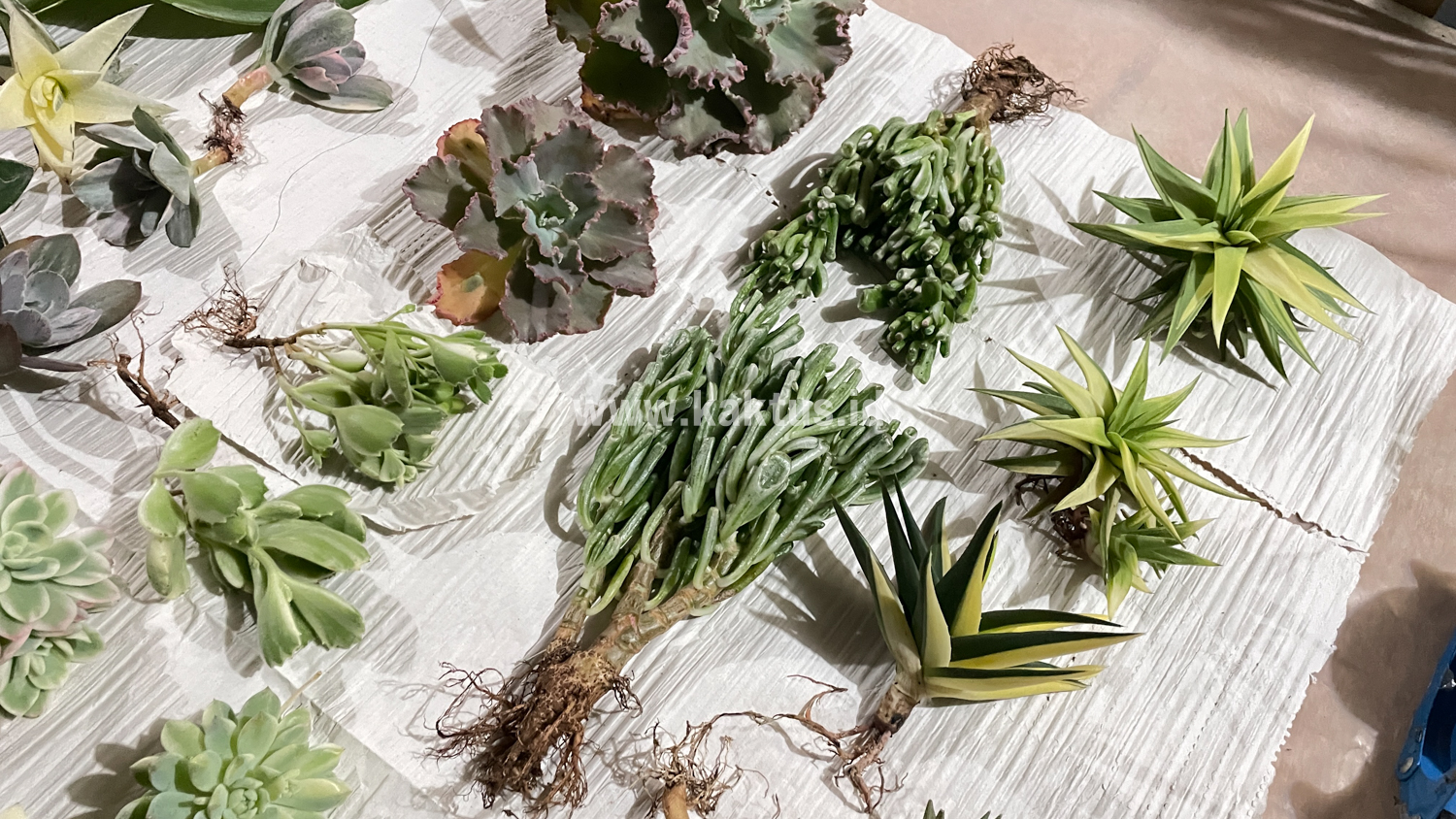
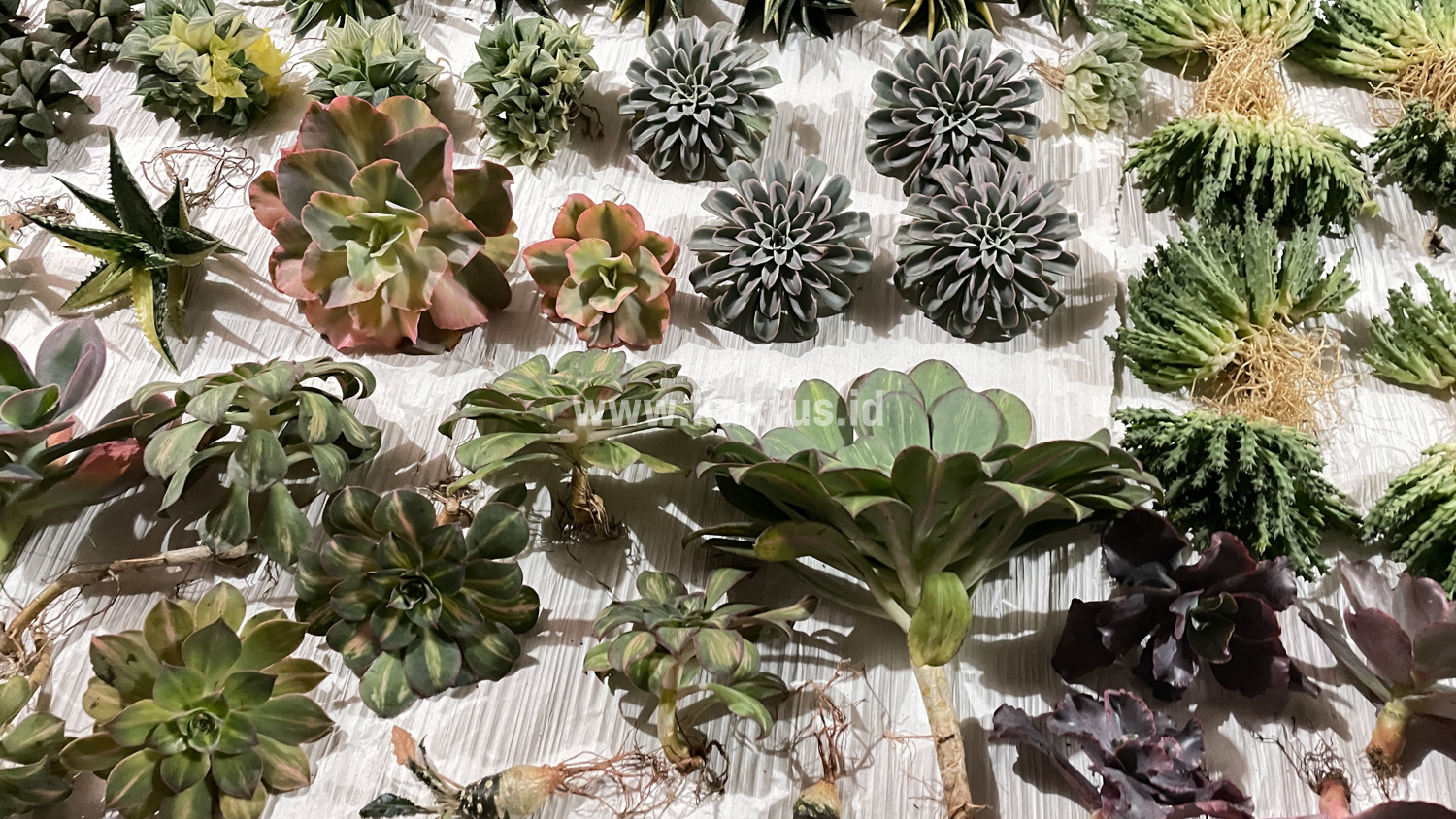
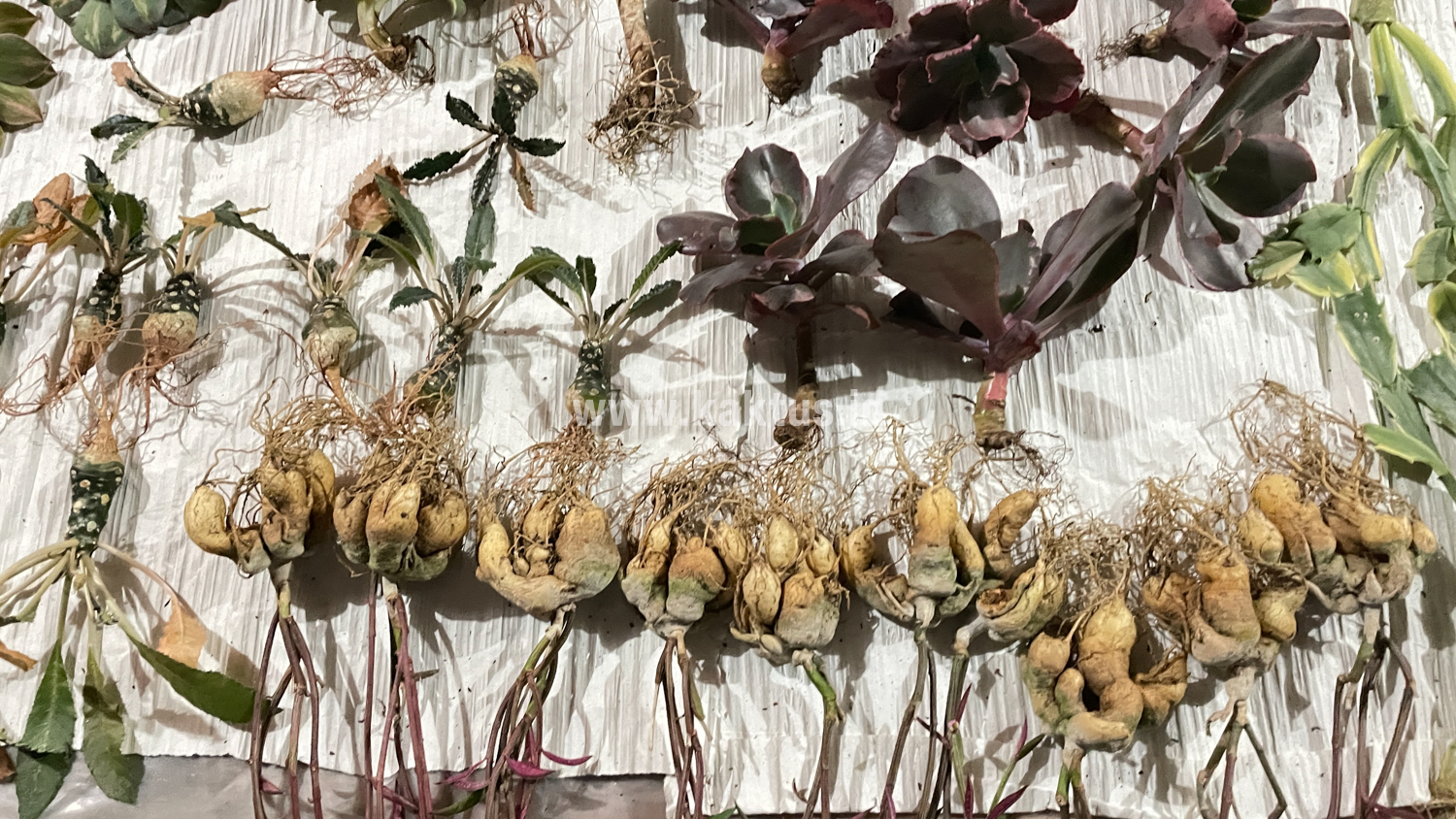


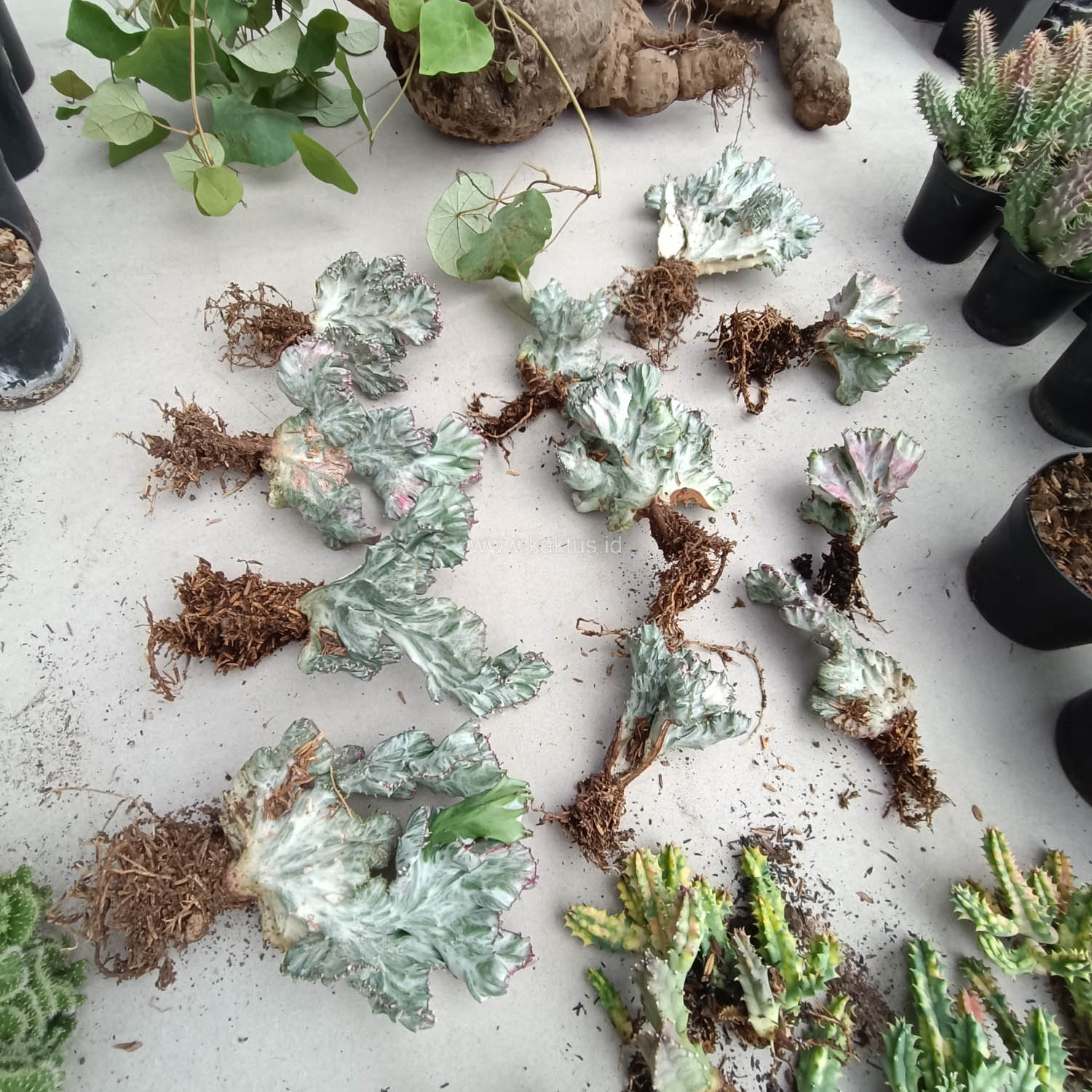
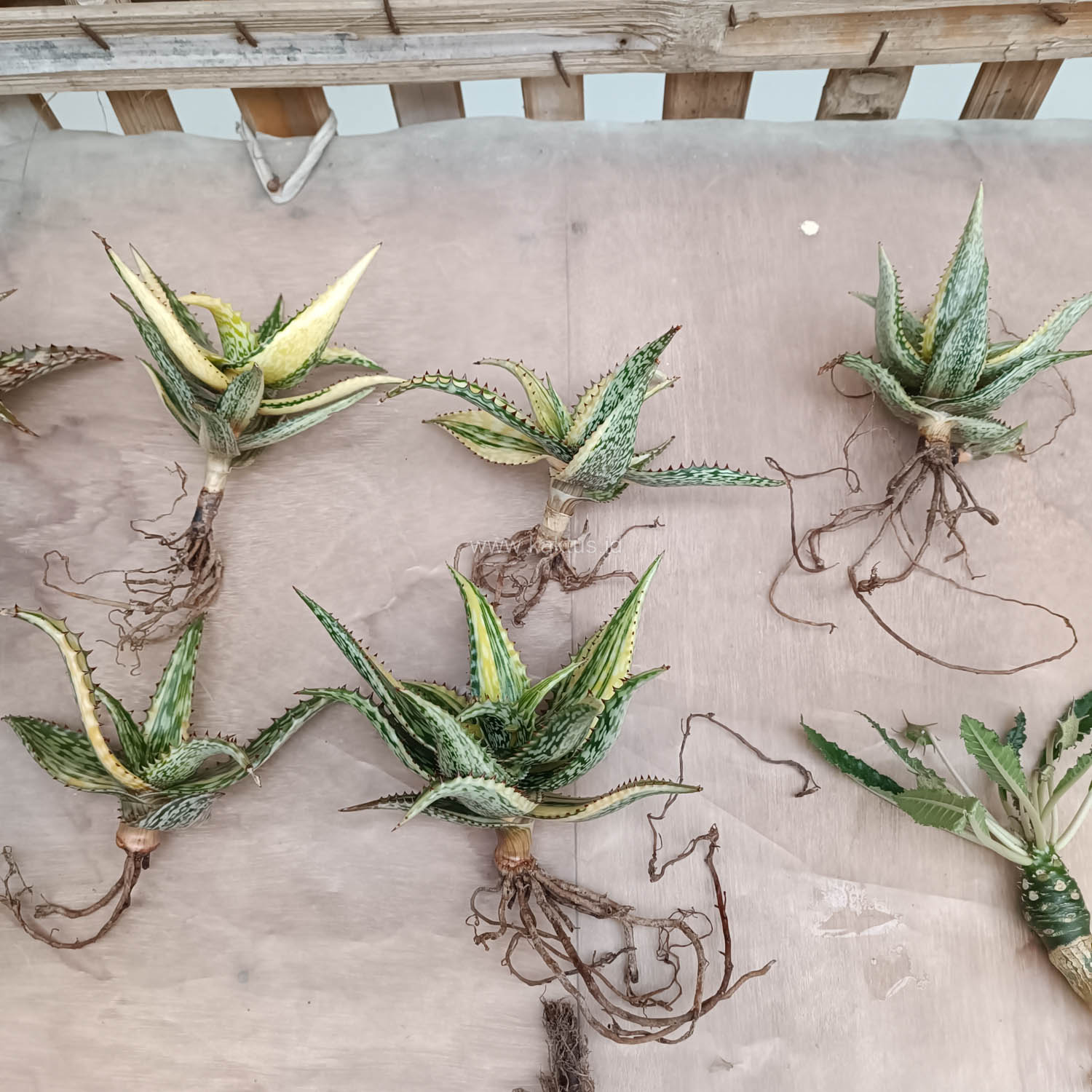


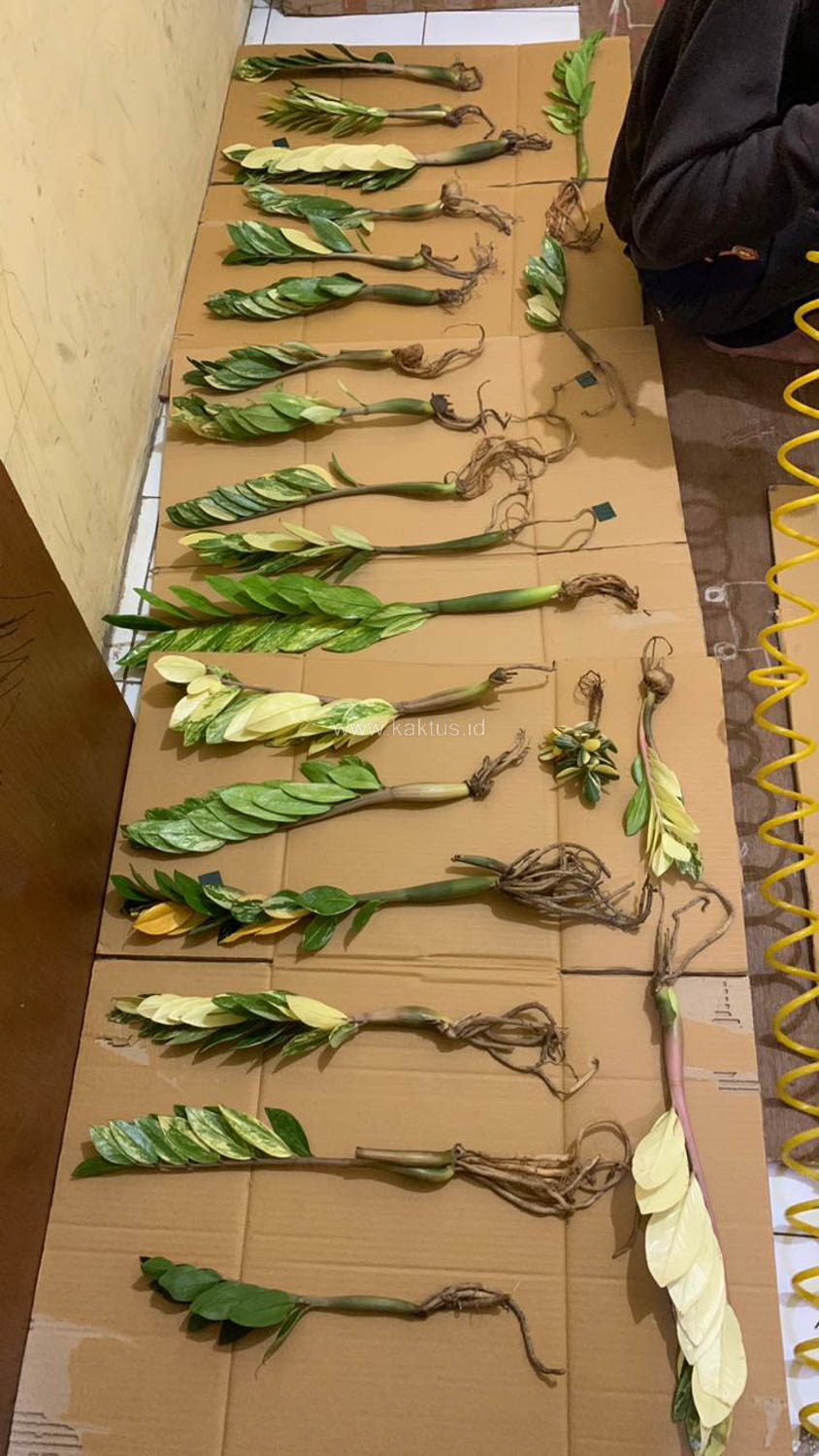
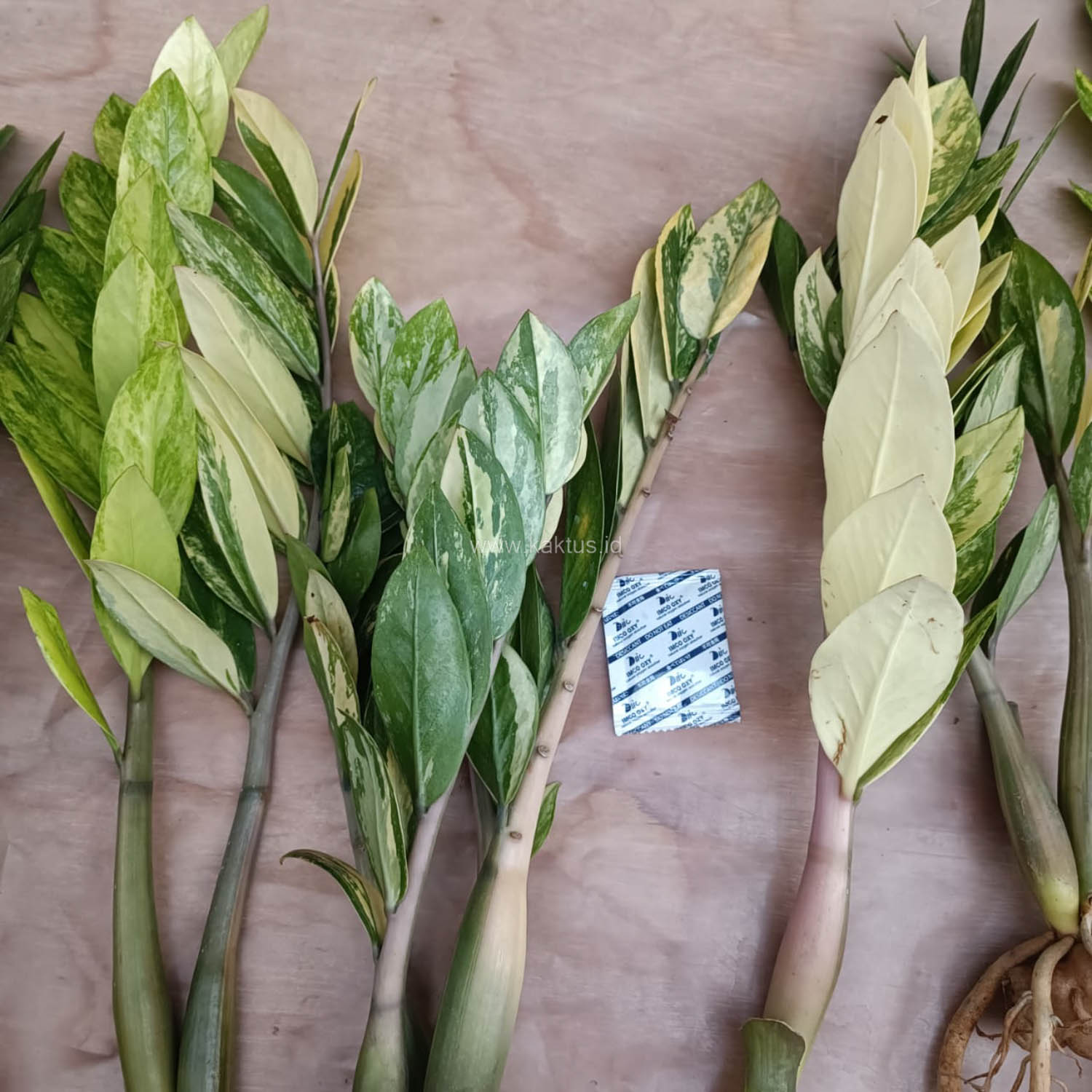
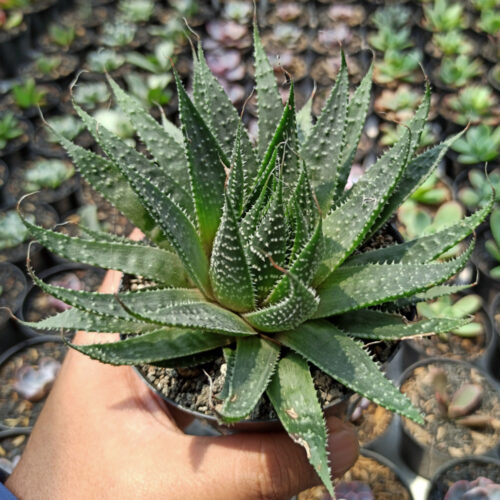



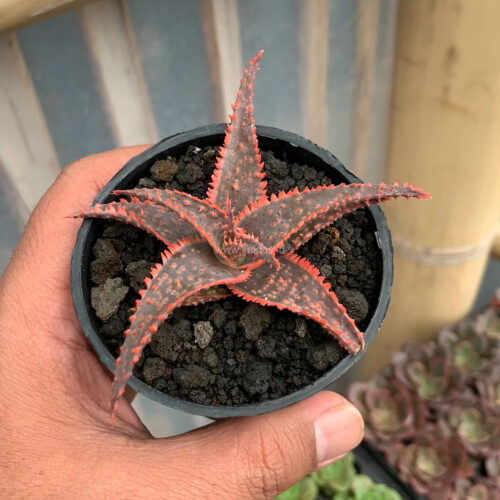

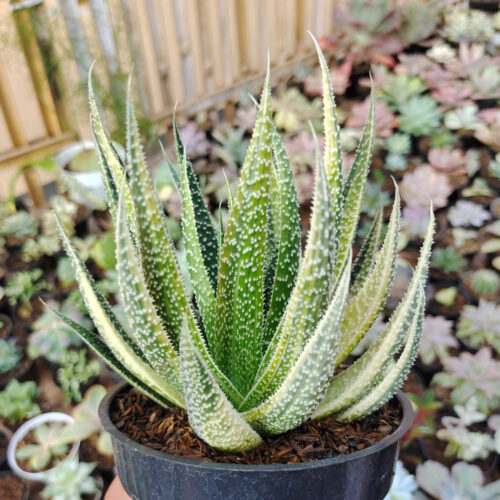
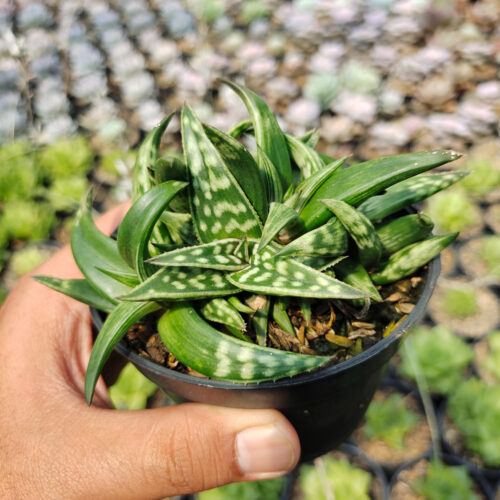

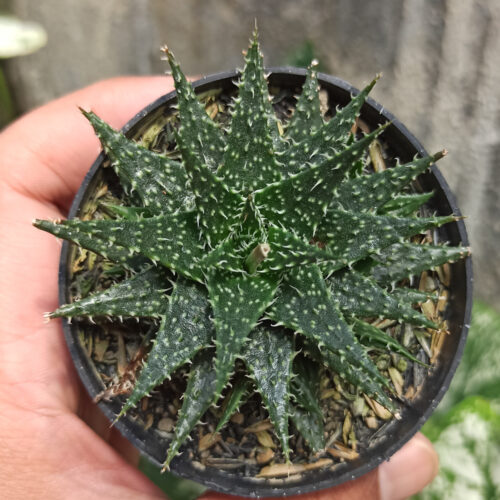

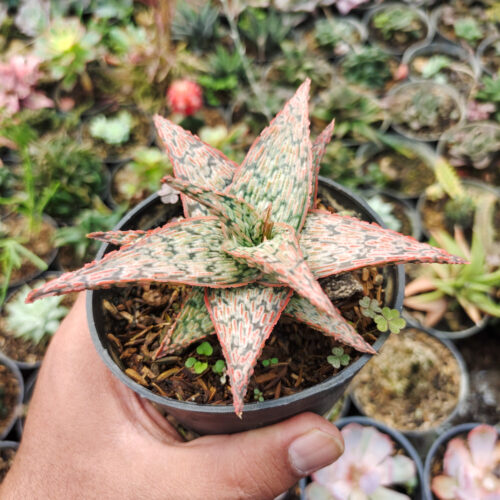

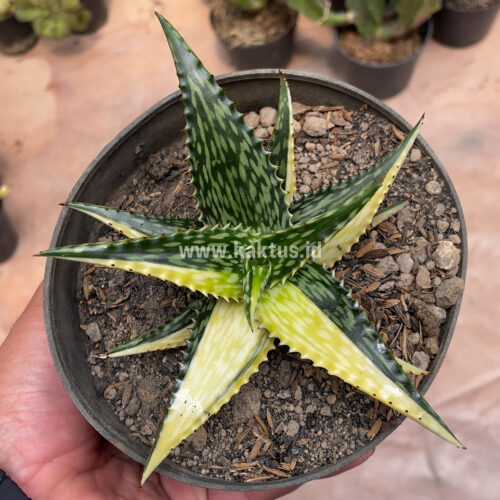

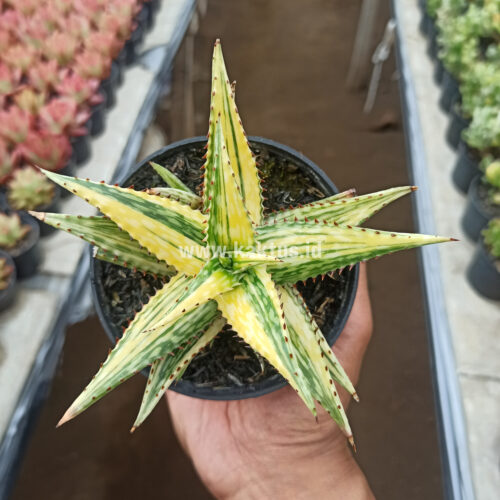

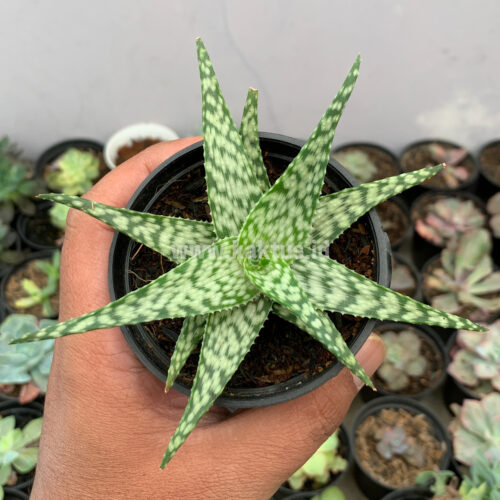



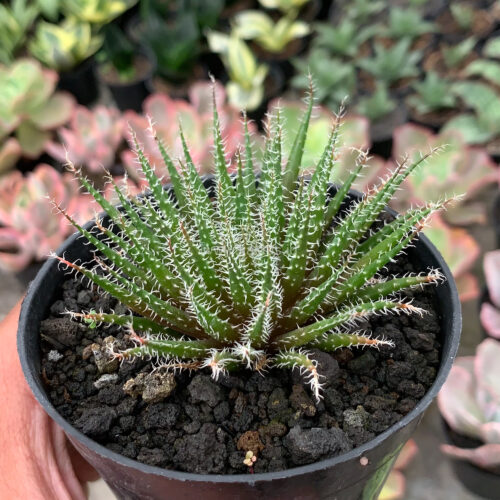

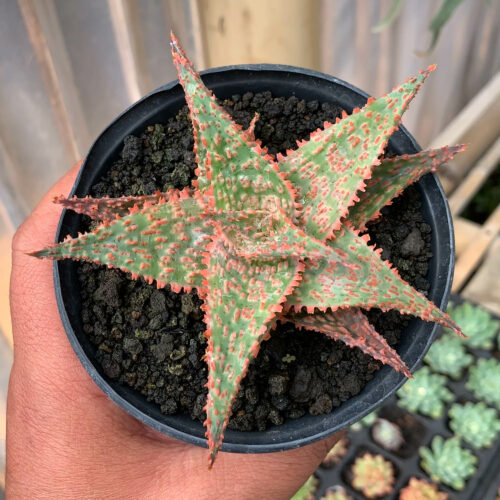

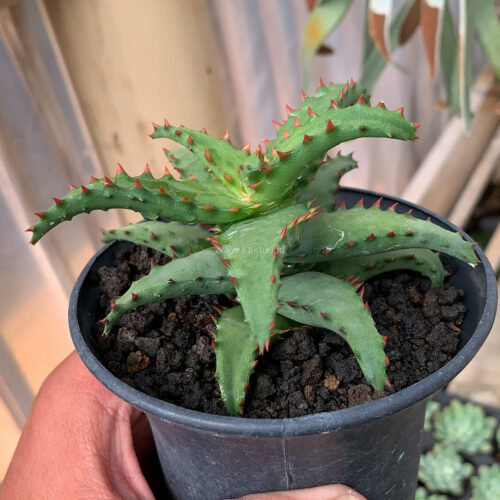

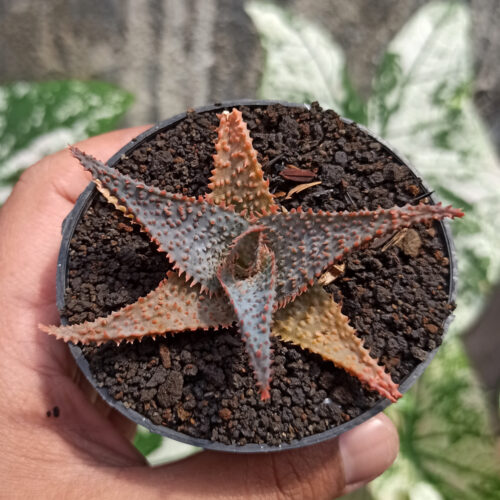

I received a cluster one. Thank you very much for your generosity. ?
Very nice variegation
Super!